Learn brass jewelry design and creation from sketches to polished pieces using foundational techniques and tools
Embark on a creative journey through the art of jewelry design and photography with the guidance of expert instructors Freya Alder, Mayumi Fukuda, Julia Sherbak, Susan McLeary, Alicia Goodwin, and Gabriela Silveira. Explore diverse techniques from crafting brass pins and accessories to creating water-resistant paper jewelry using traditional Japanese origami. Delve into the world of miniature needlework, merging intricate embroidery with contemporary design to craft wearable art. Discover the beauty of nature with floral jewelry, learning to fashion unique pieces from fresh flowers.
Develop skills in wax modeling to carve original accessories ready for metal casting, and enhance your ability to capture stunning images of your creations with professional photography techniques. Each module offers a unique approach, encouraging creativity and providing practical skills to design, make, and showcase beautiful jewelry. Whether you're drawing inspiration from traditional methods or modern innovations, this specialization equips you with the knowledge to create and photograph eye-catching pieces, bringing your jewelry design visions to life.
What will you learn in this specialization?
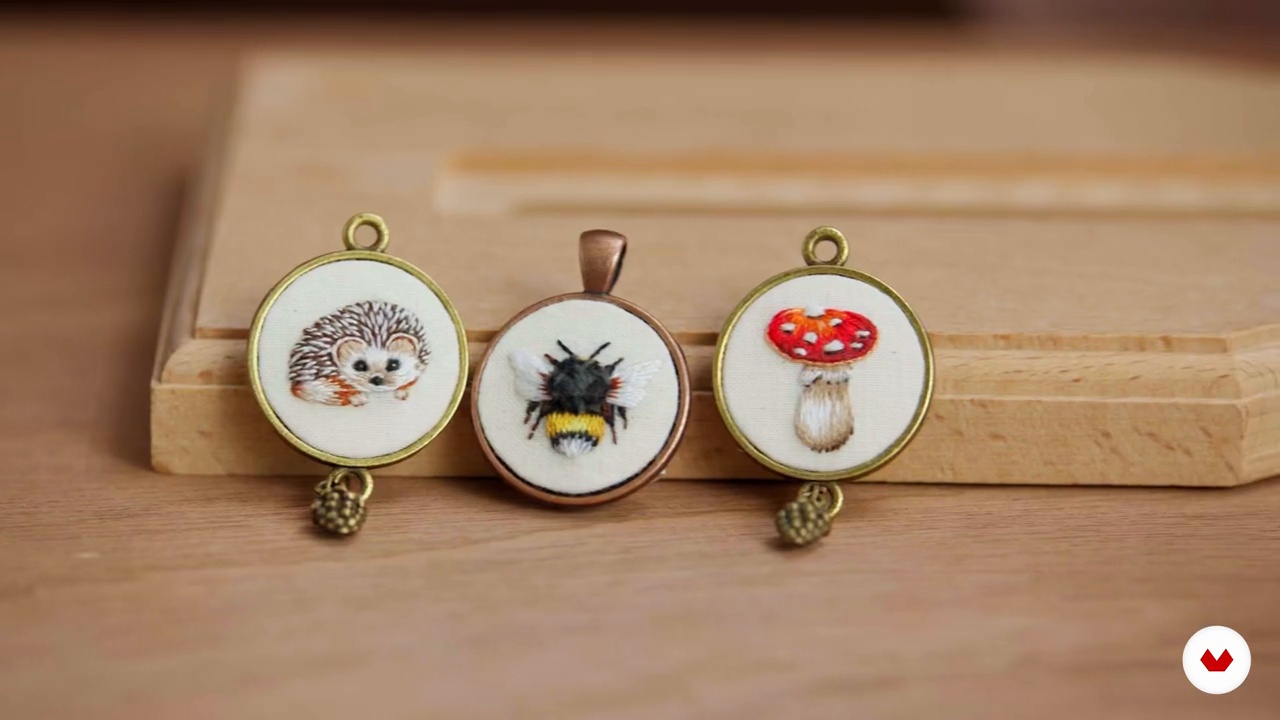

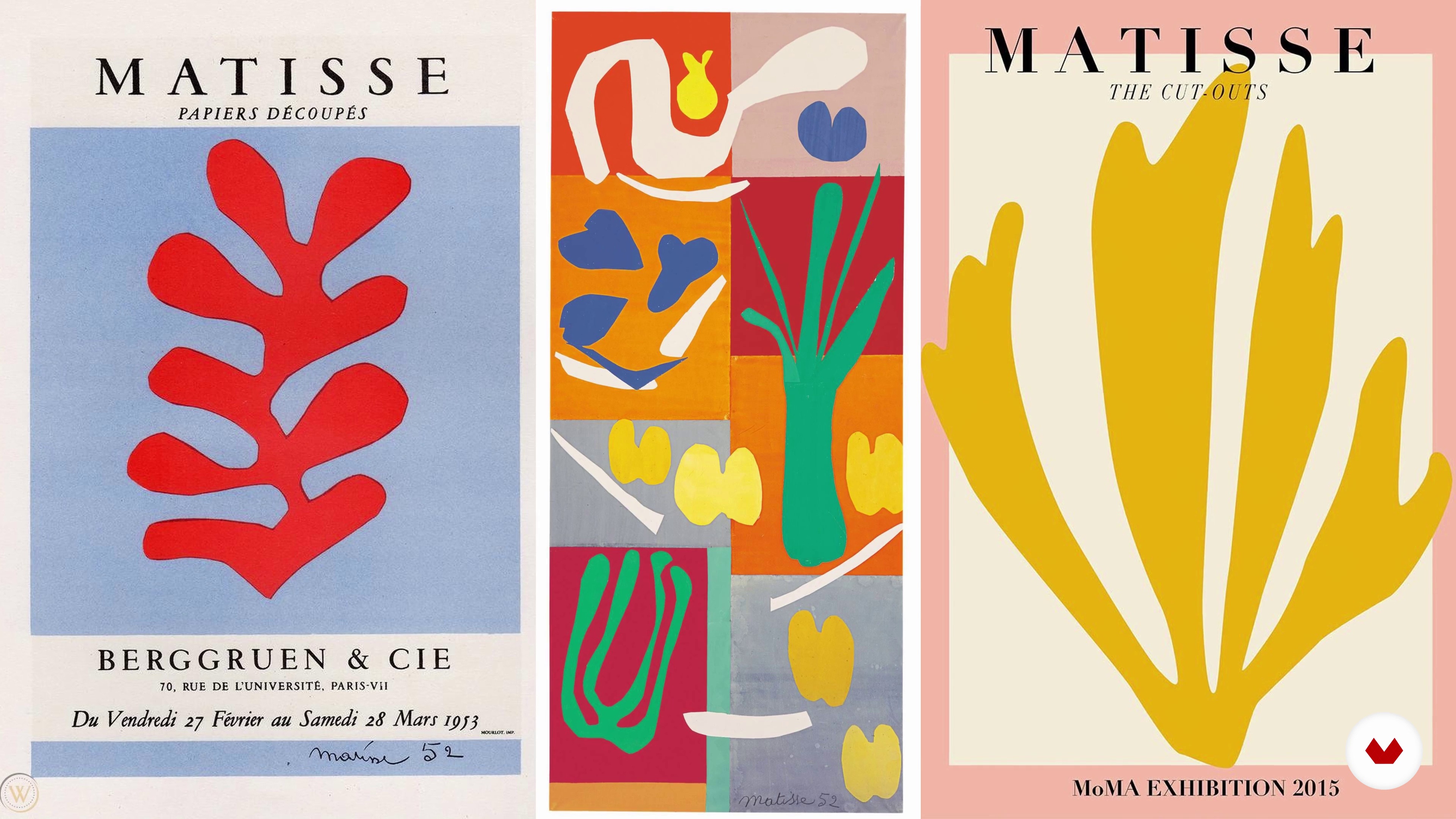
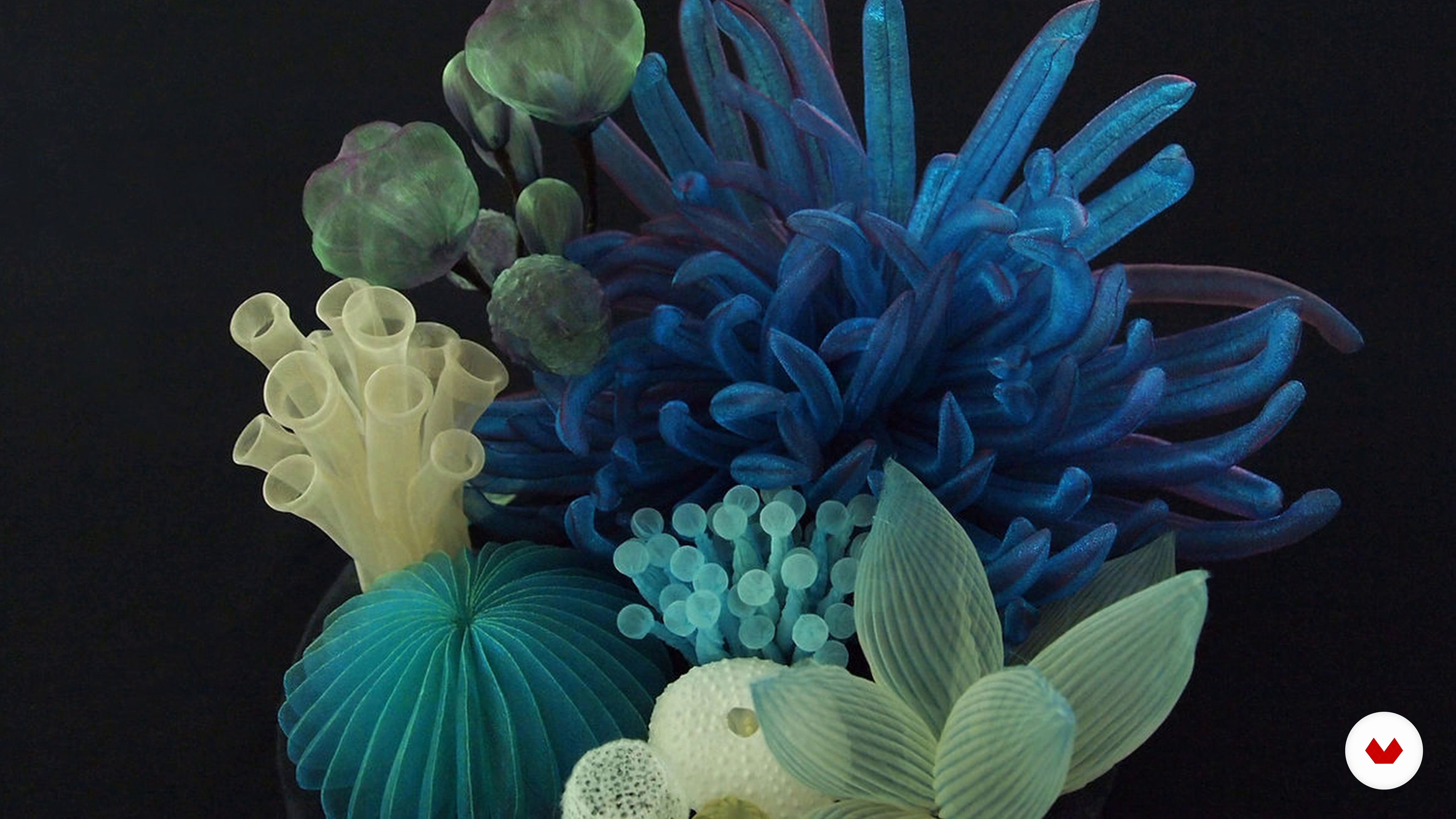
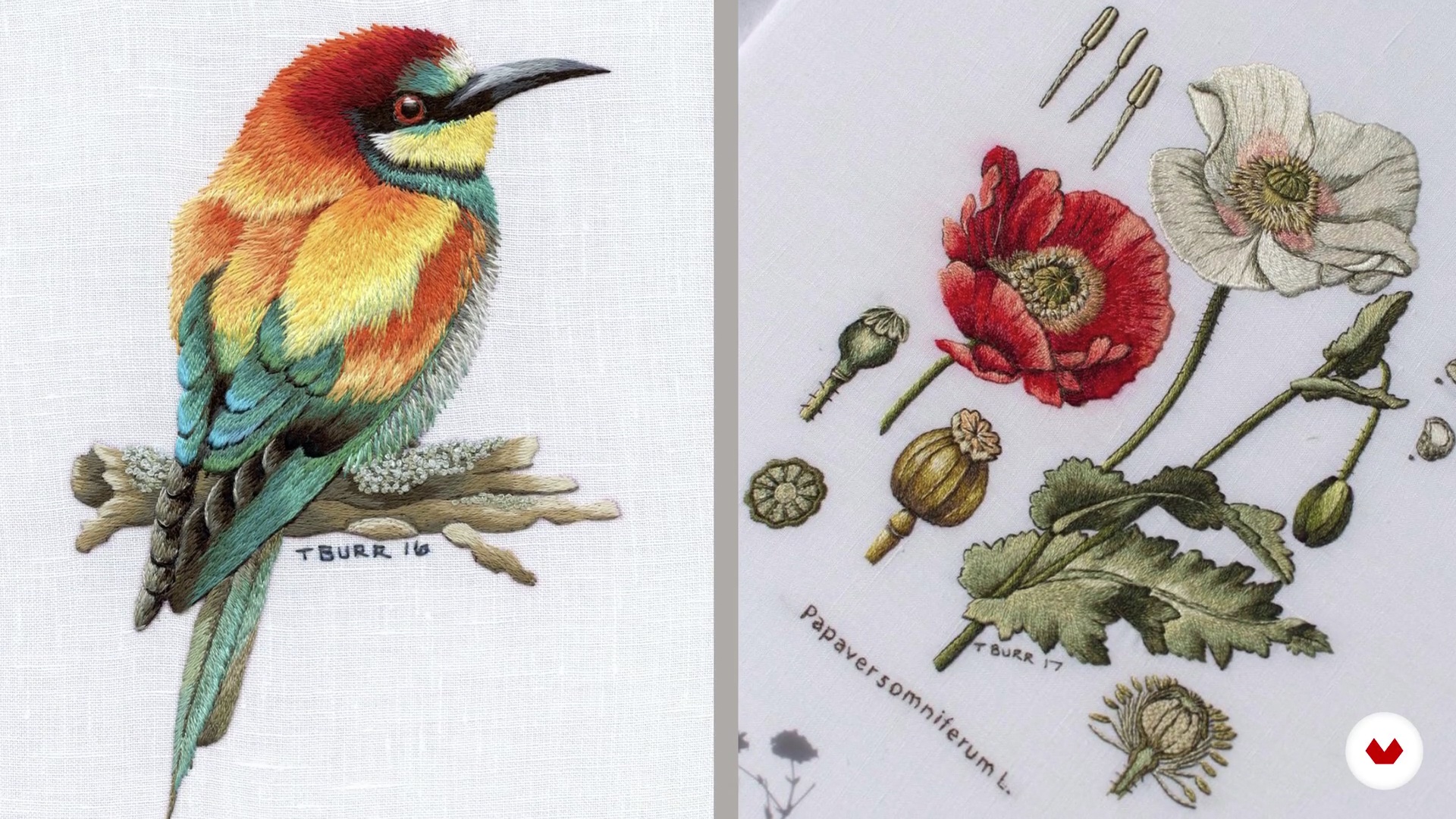
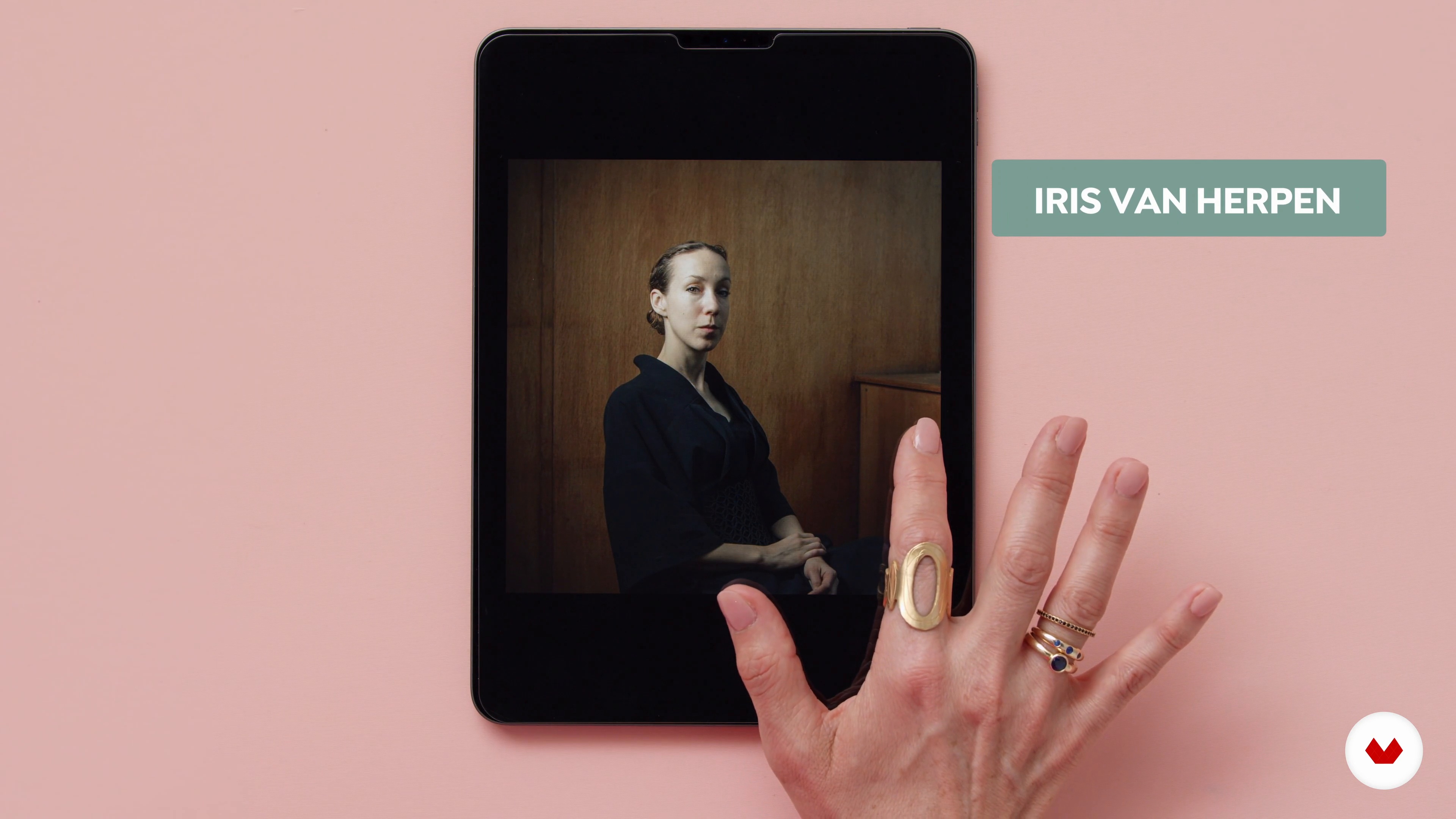
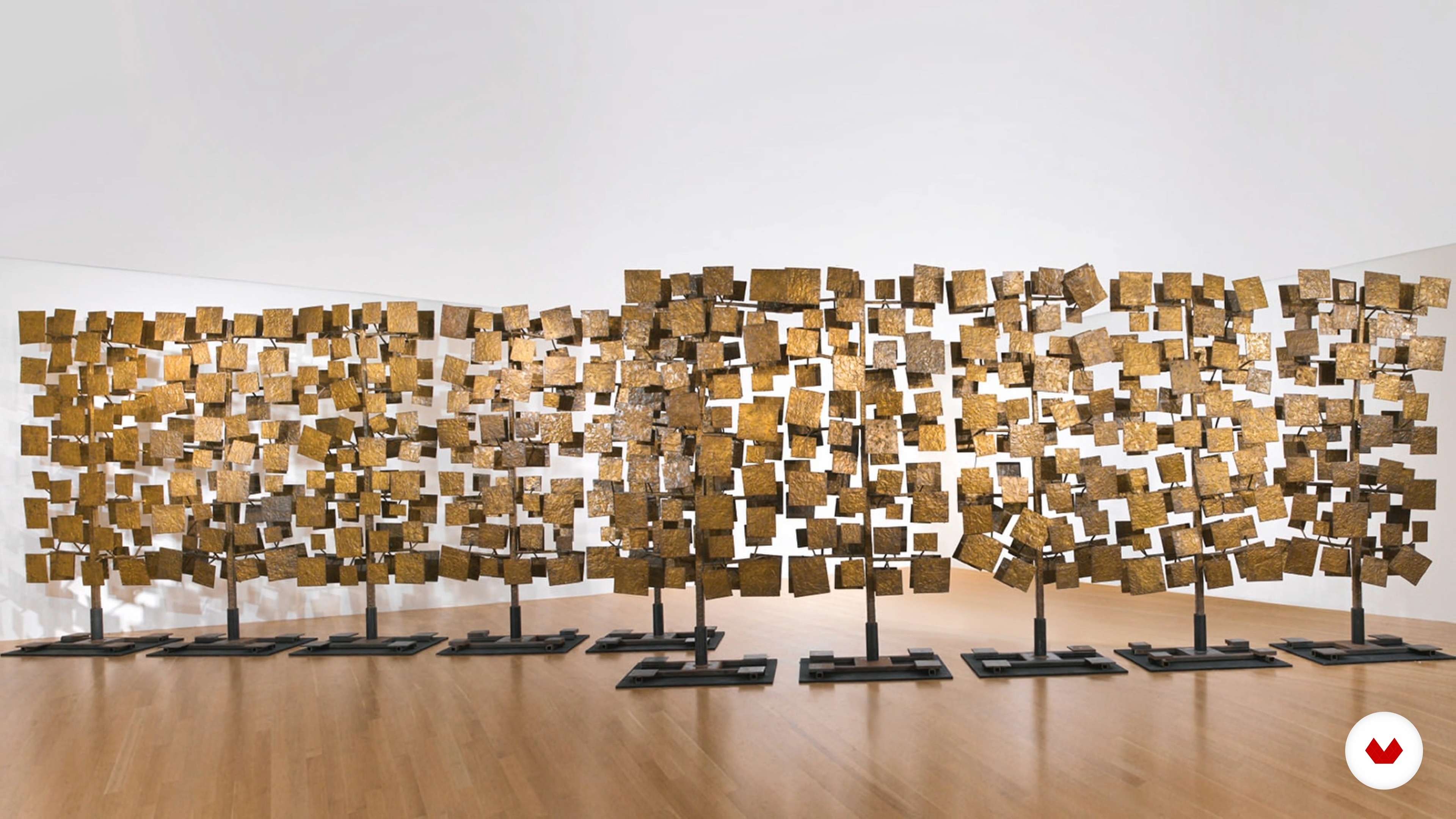
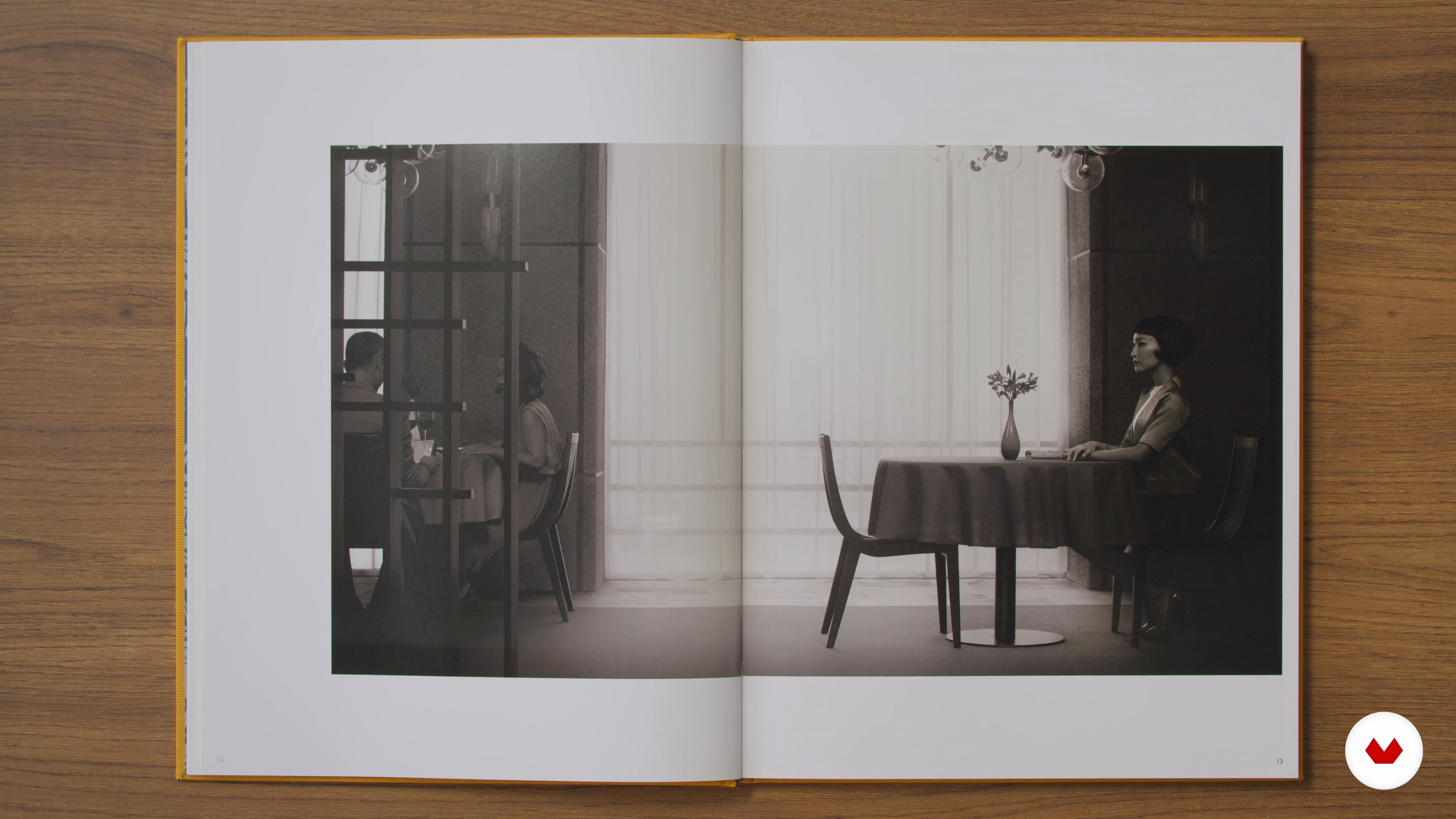
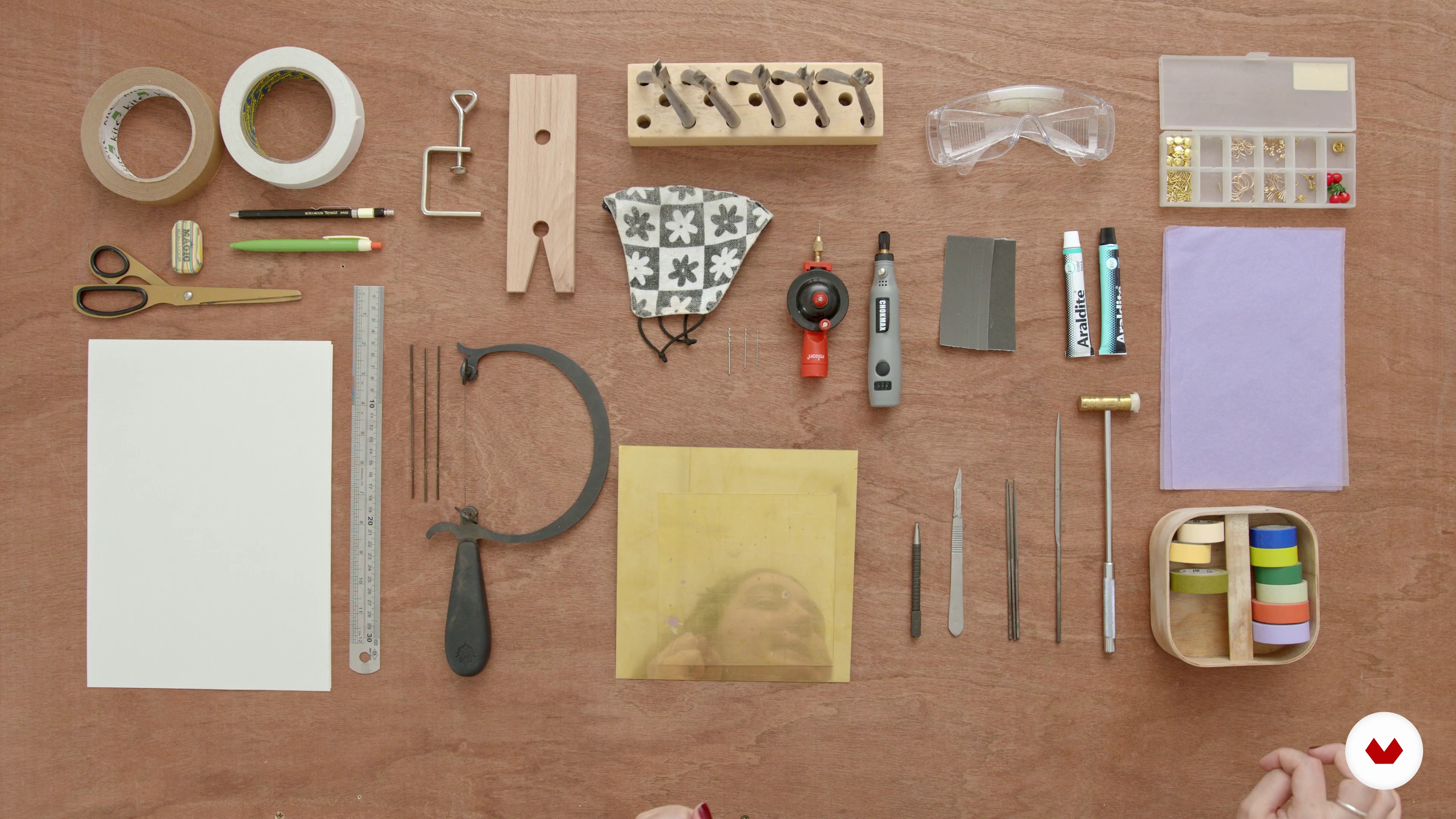

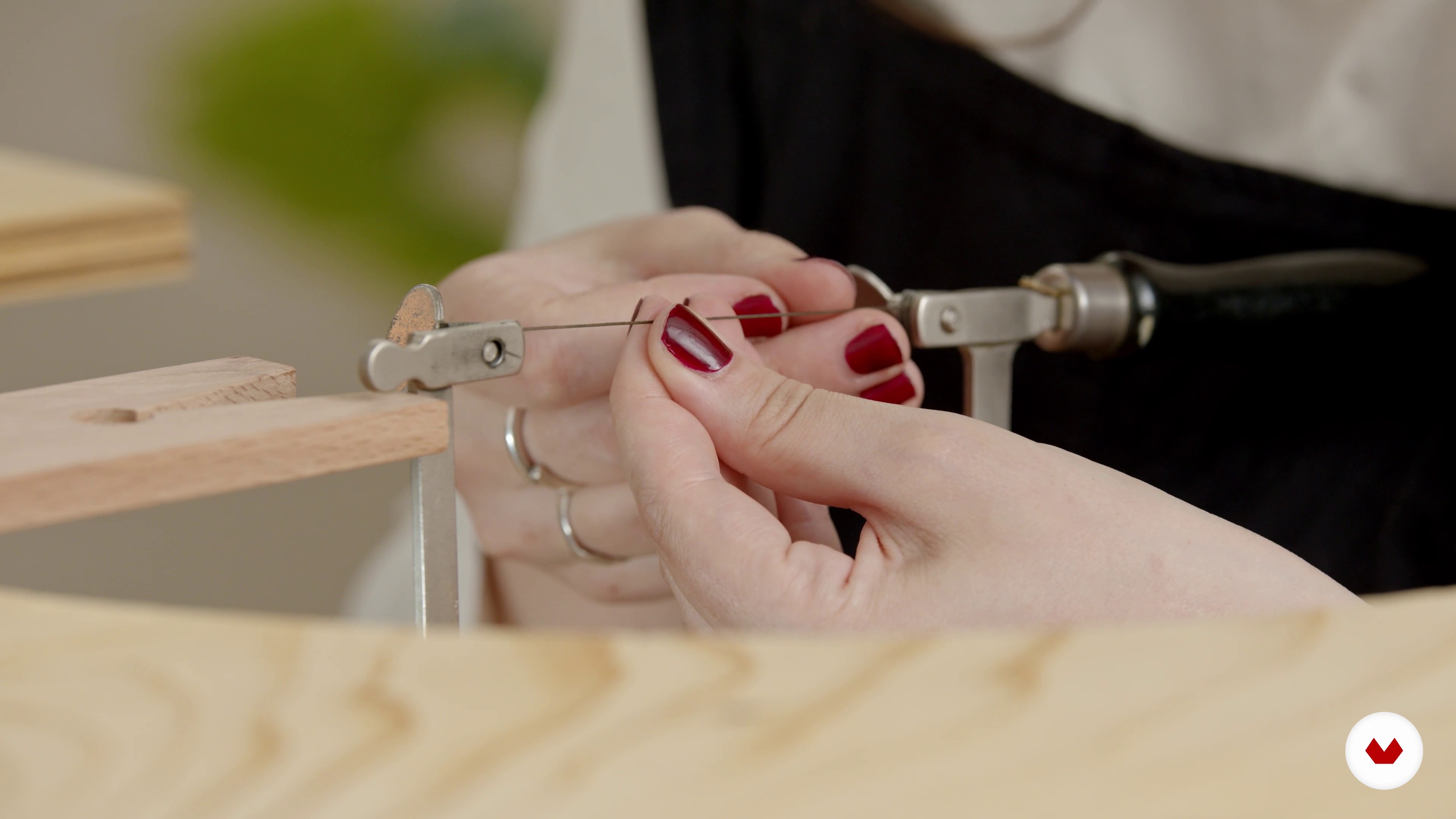
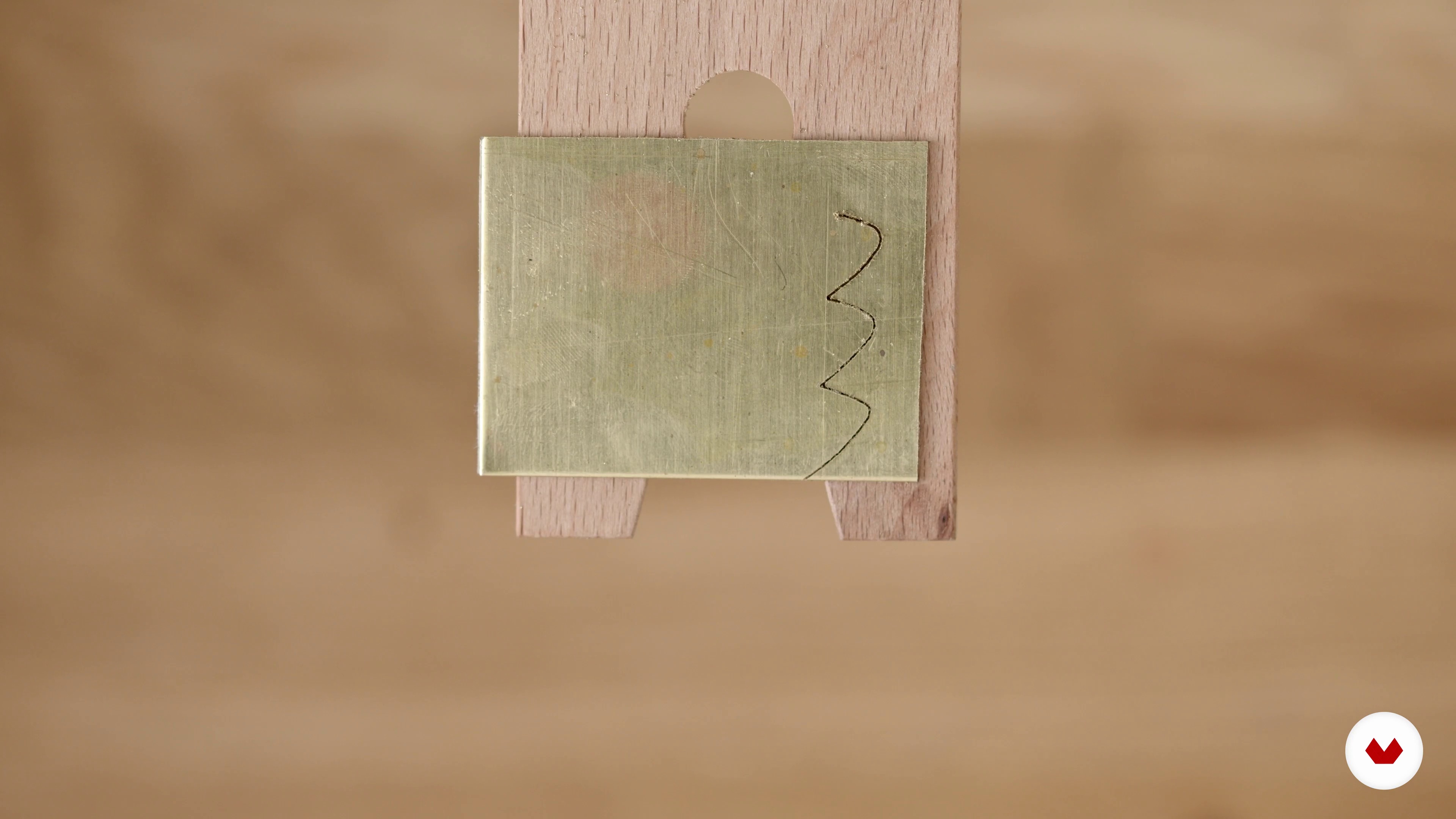
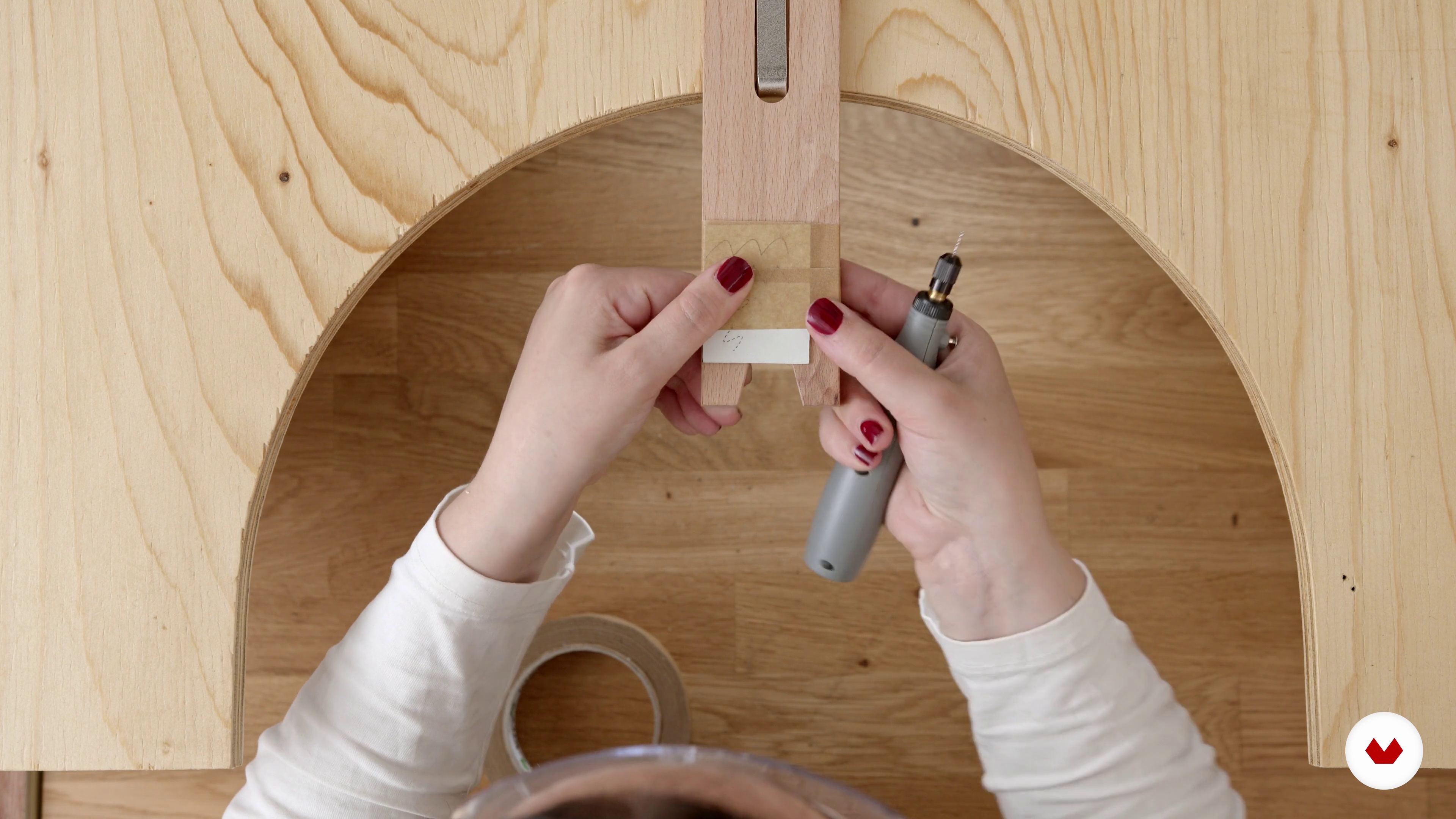

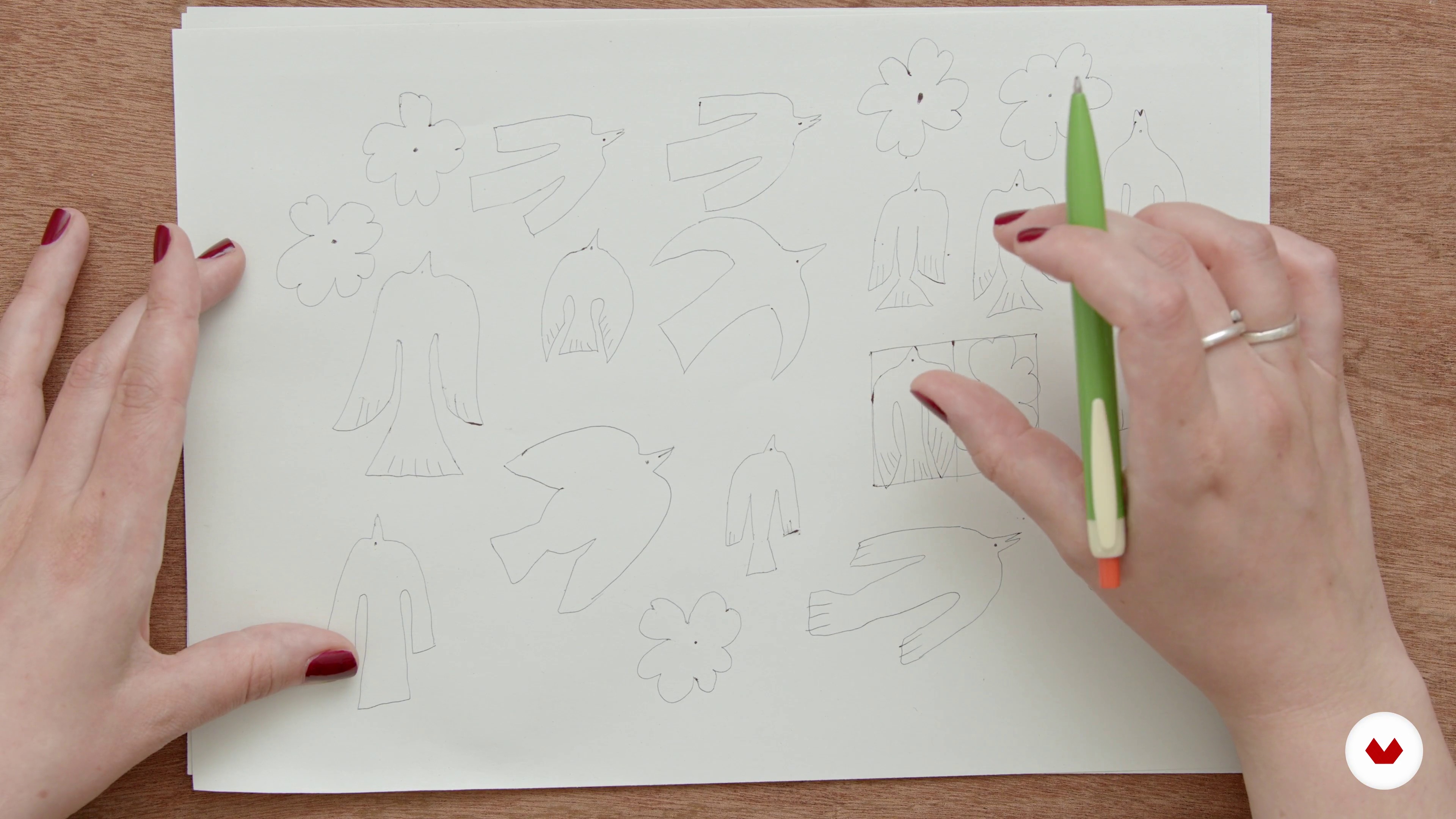
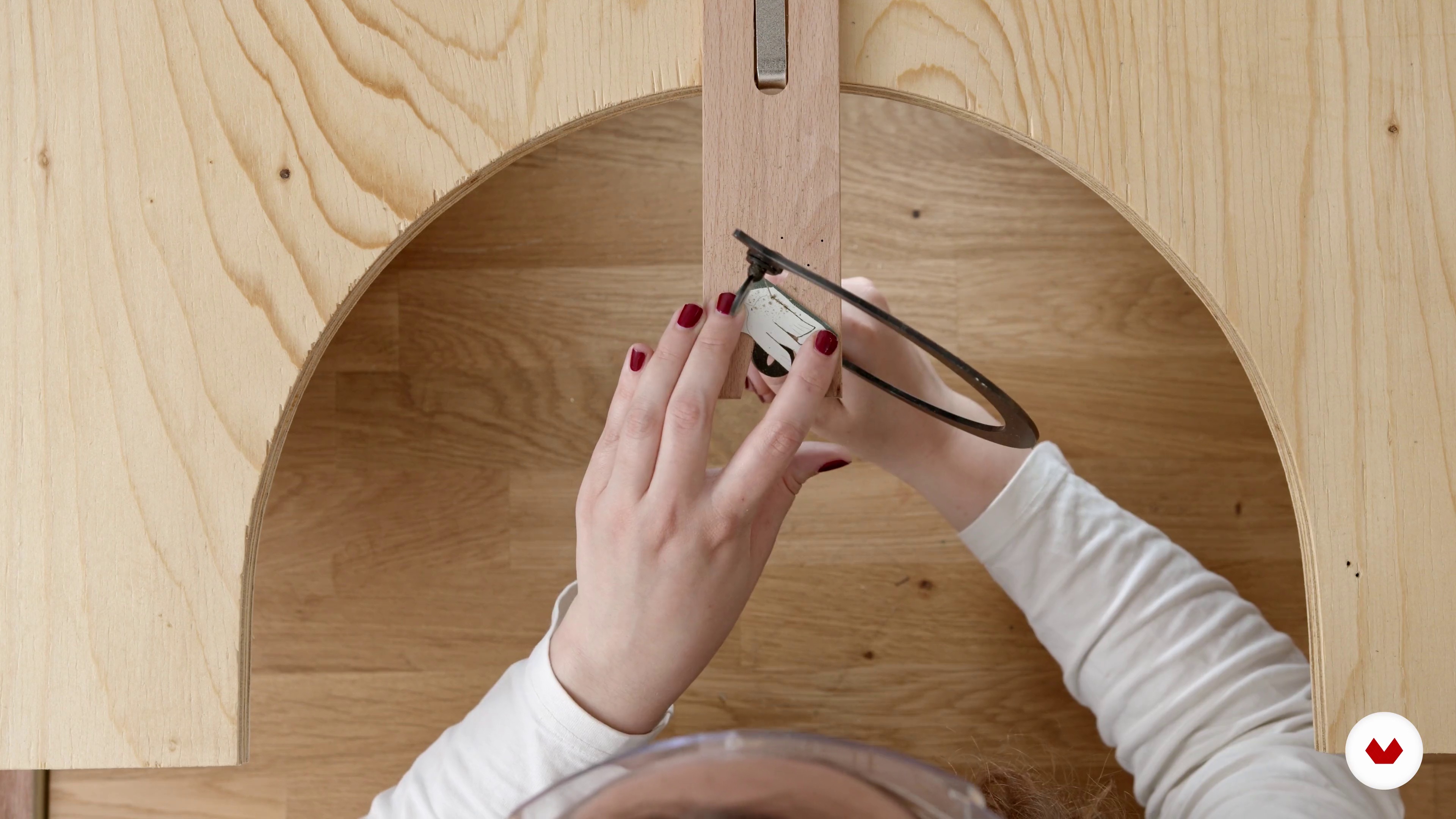

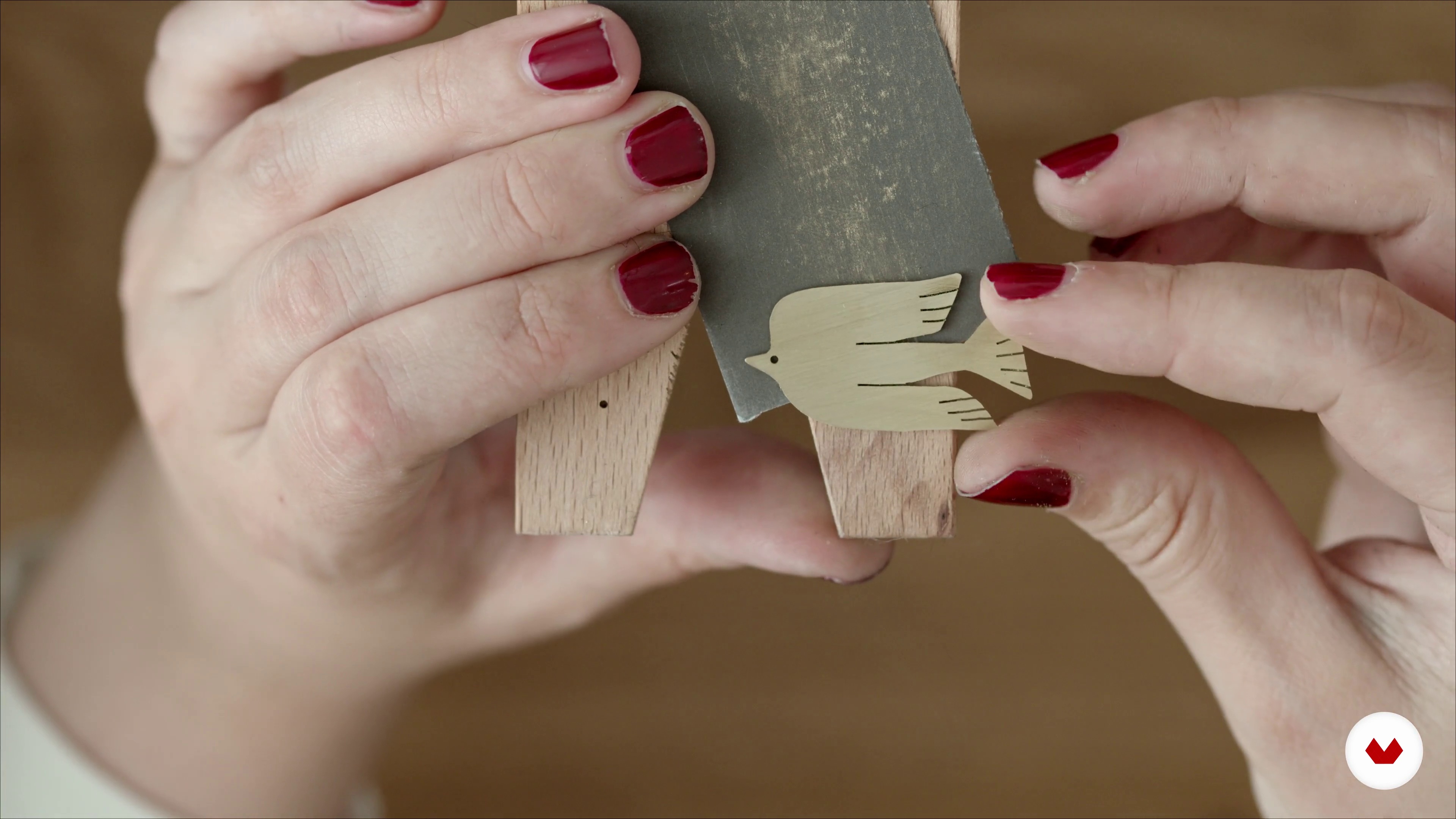

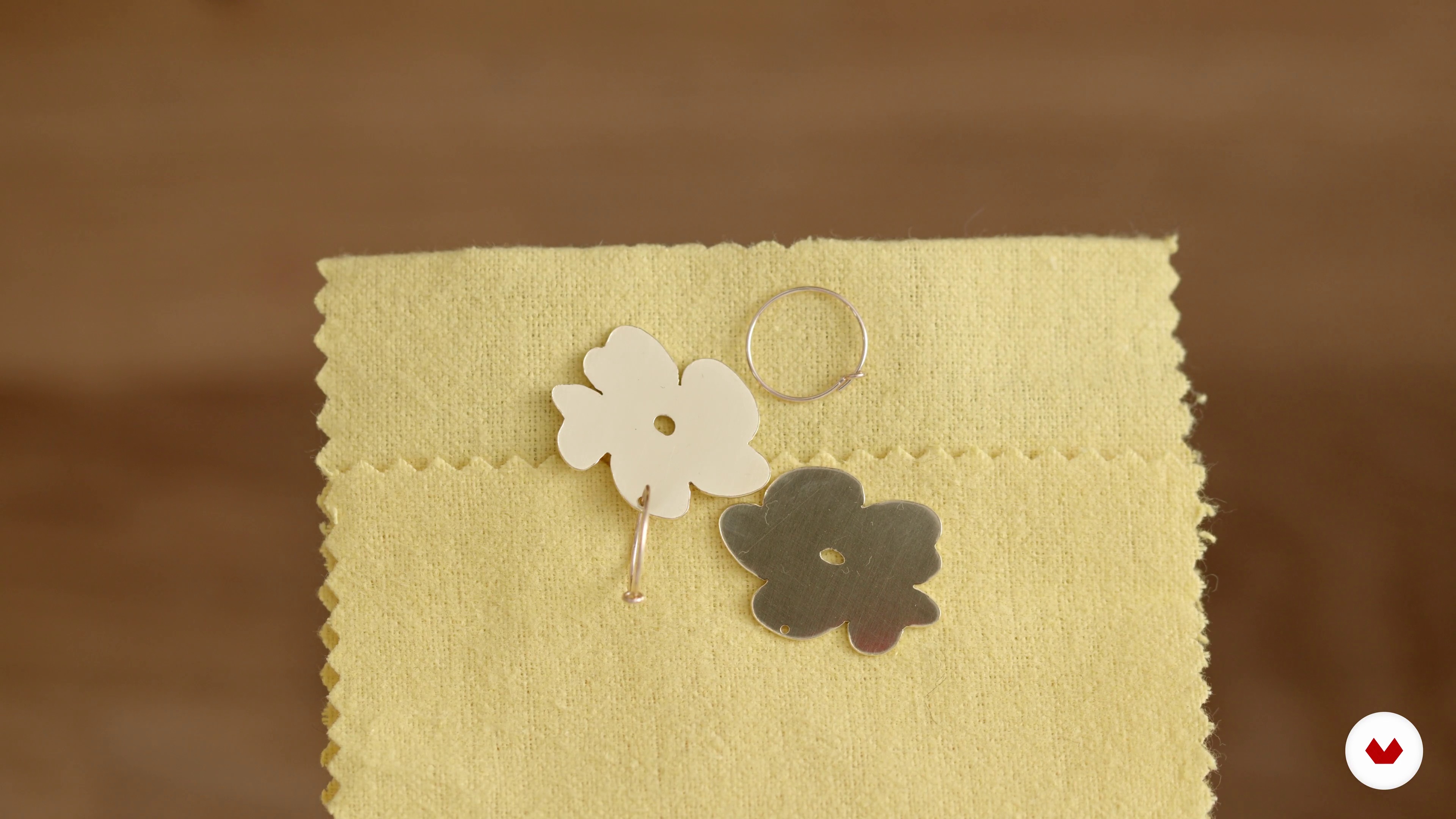
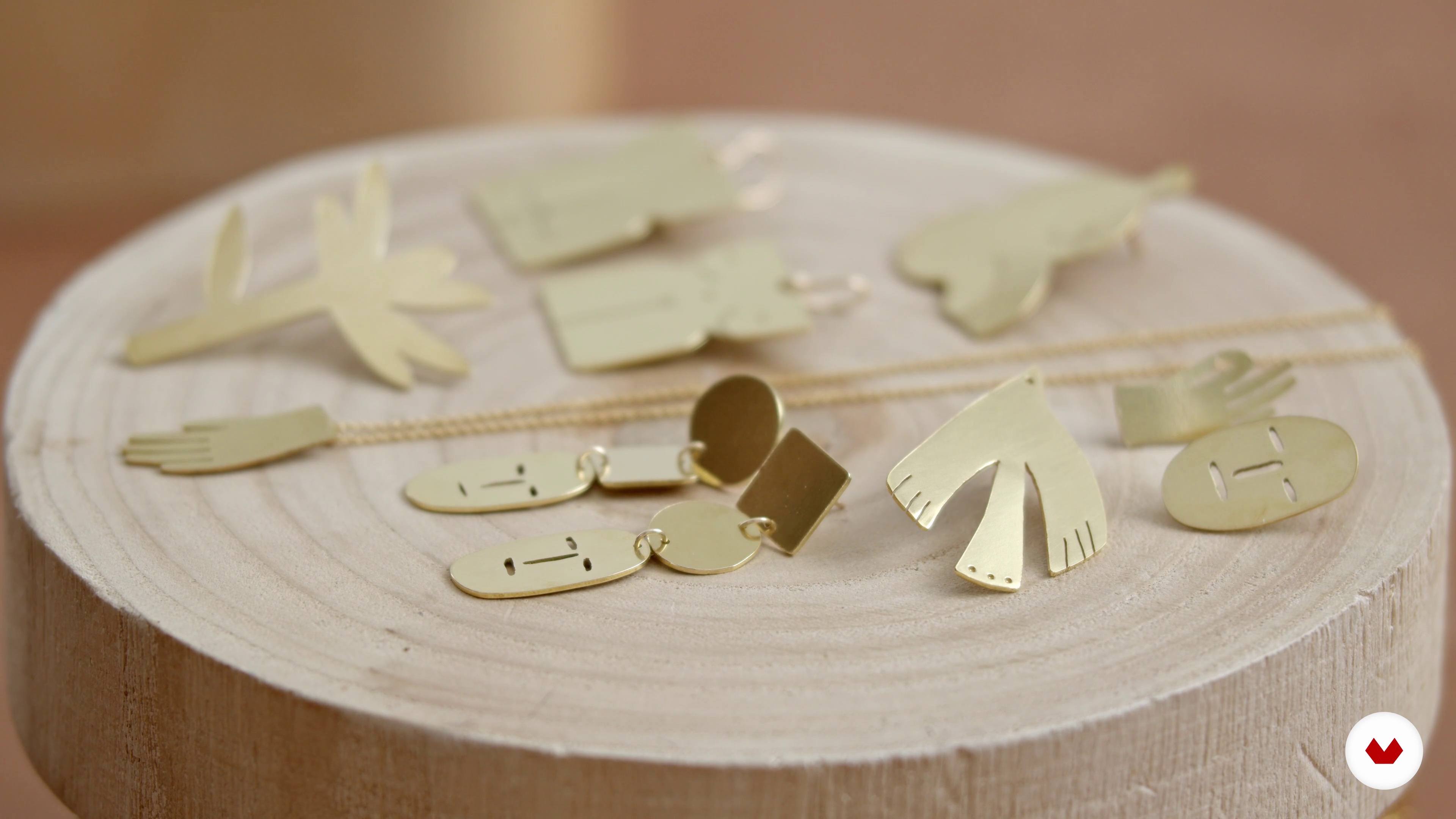
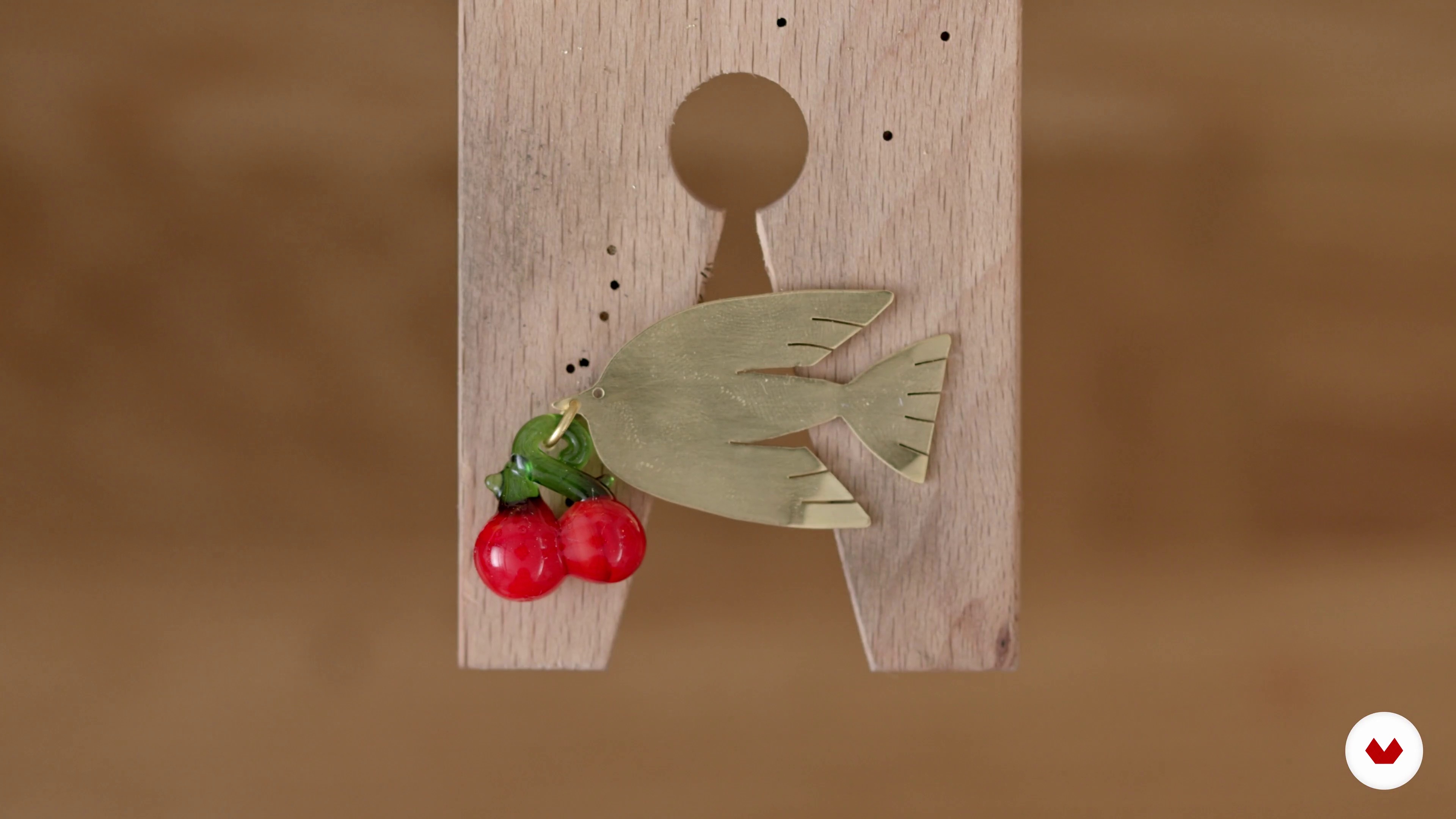
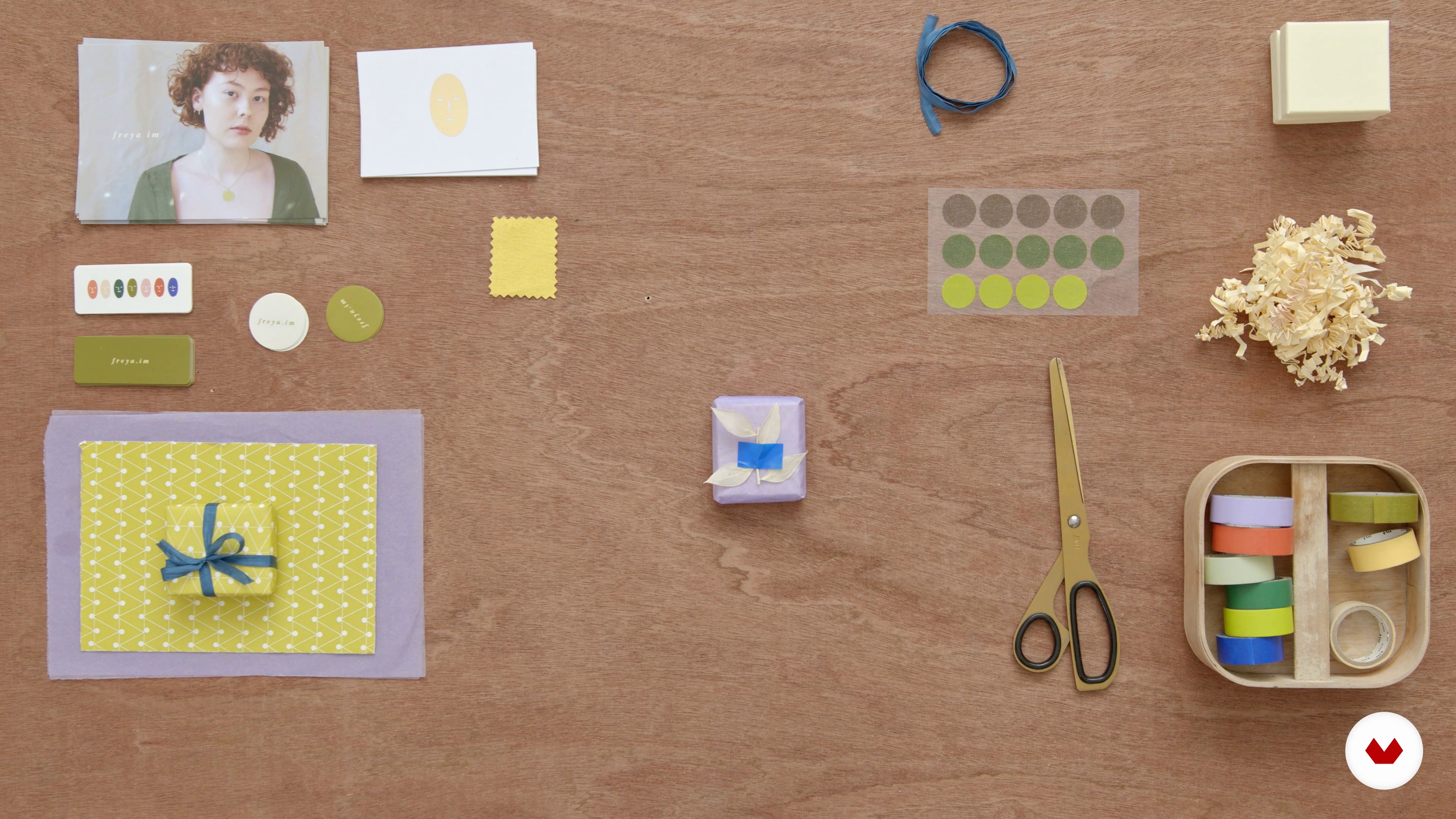



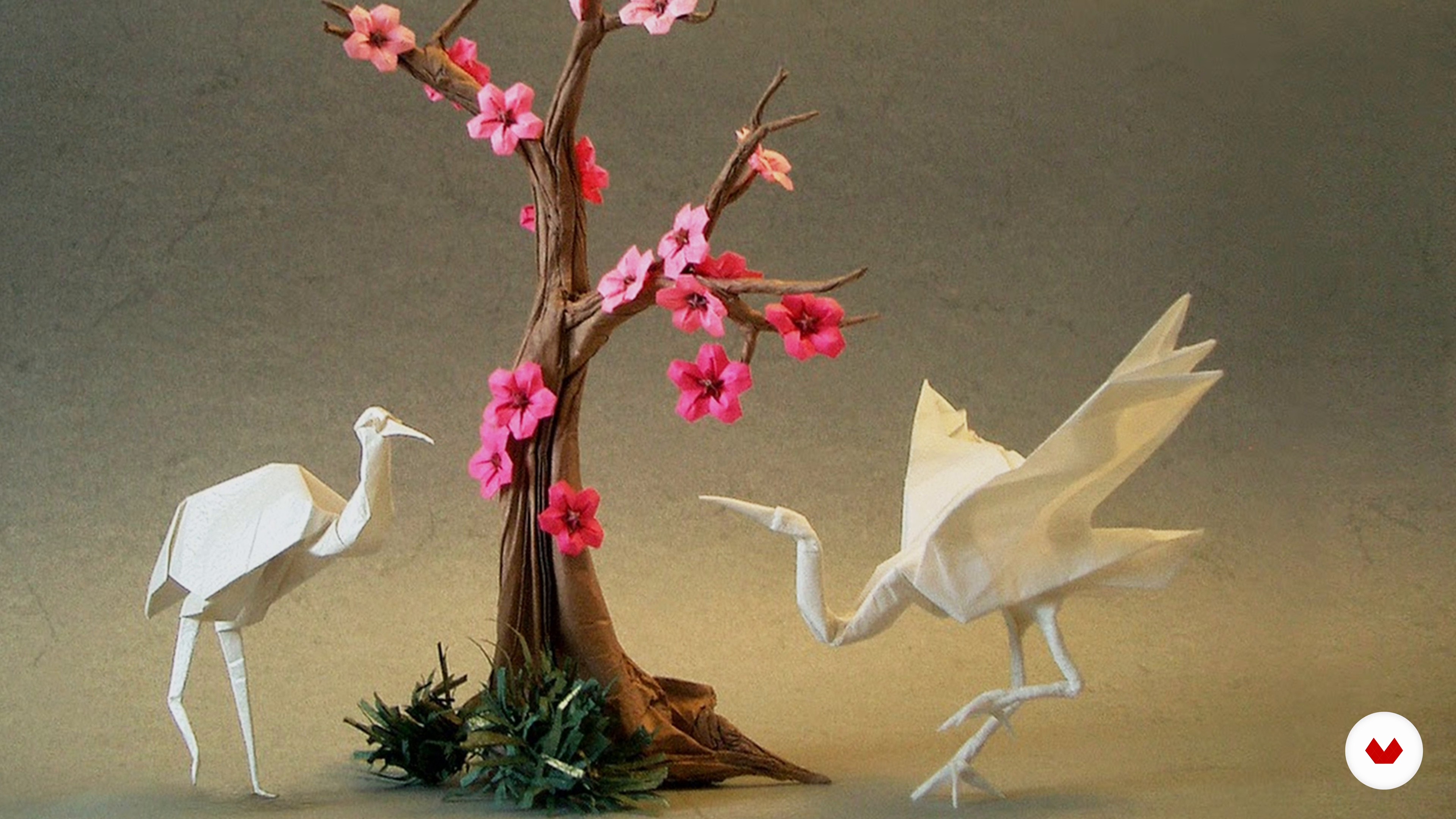
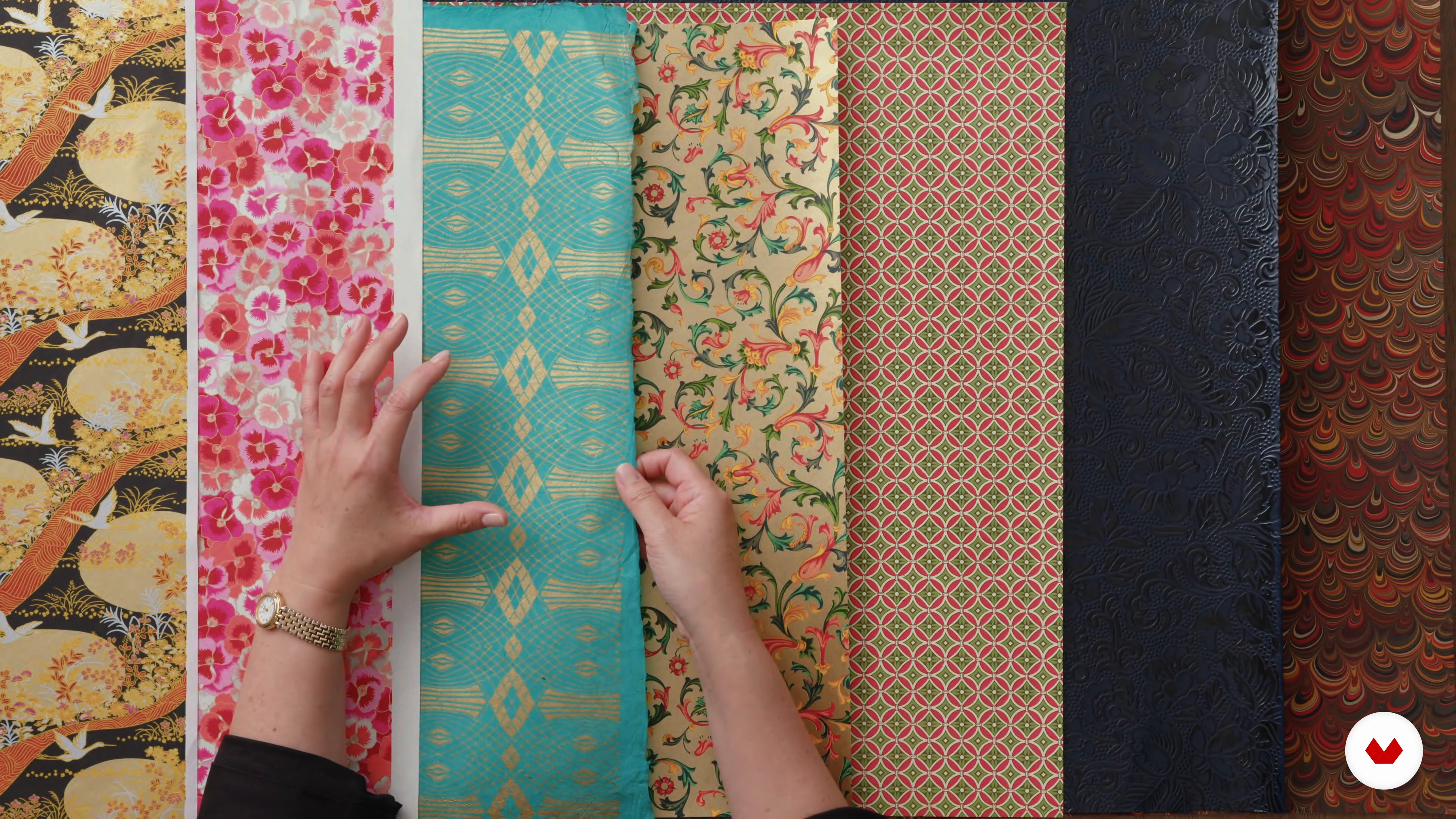
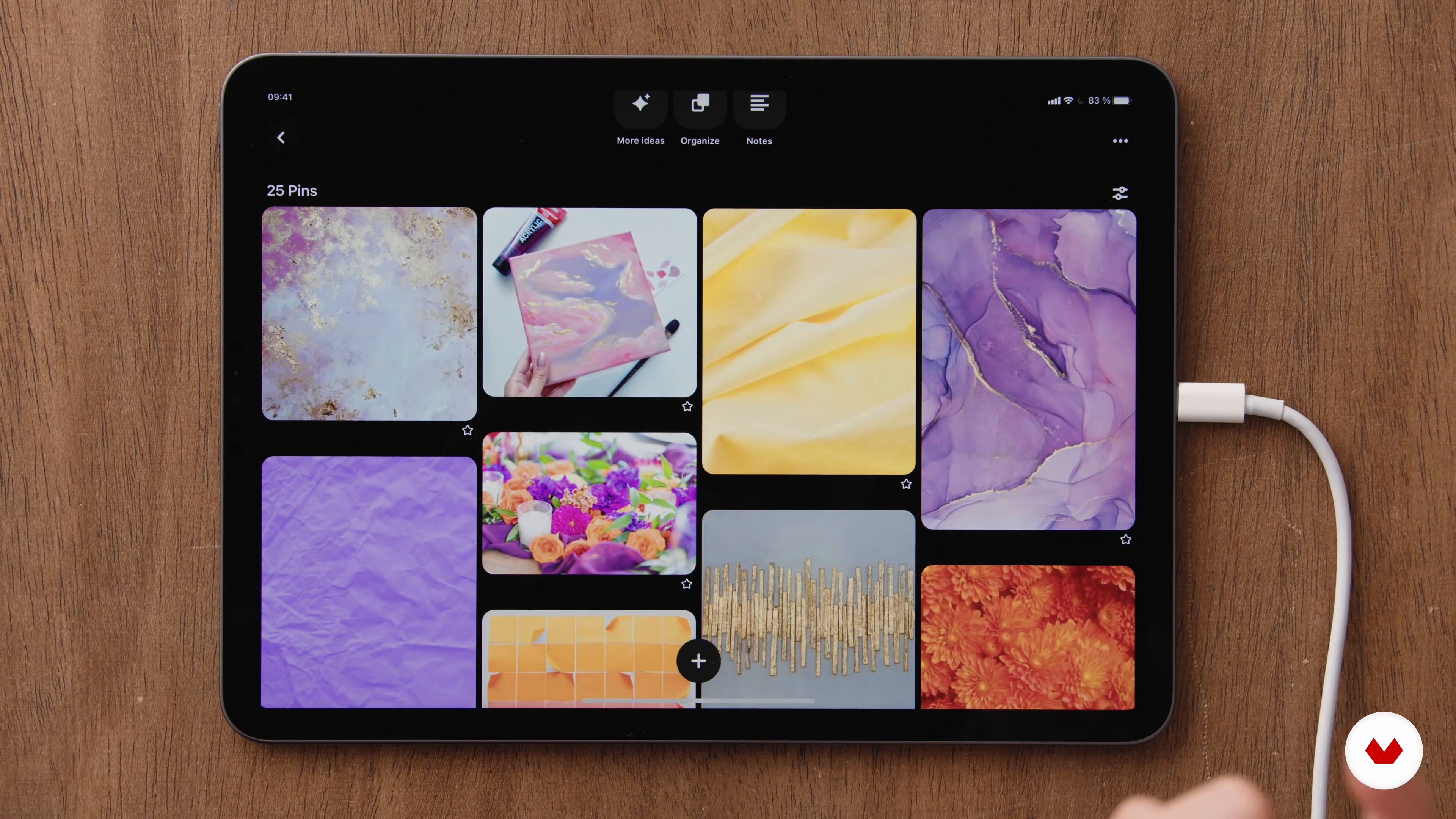
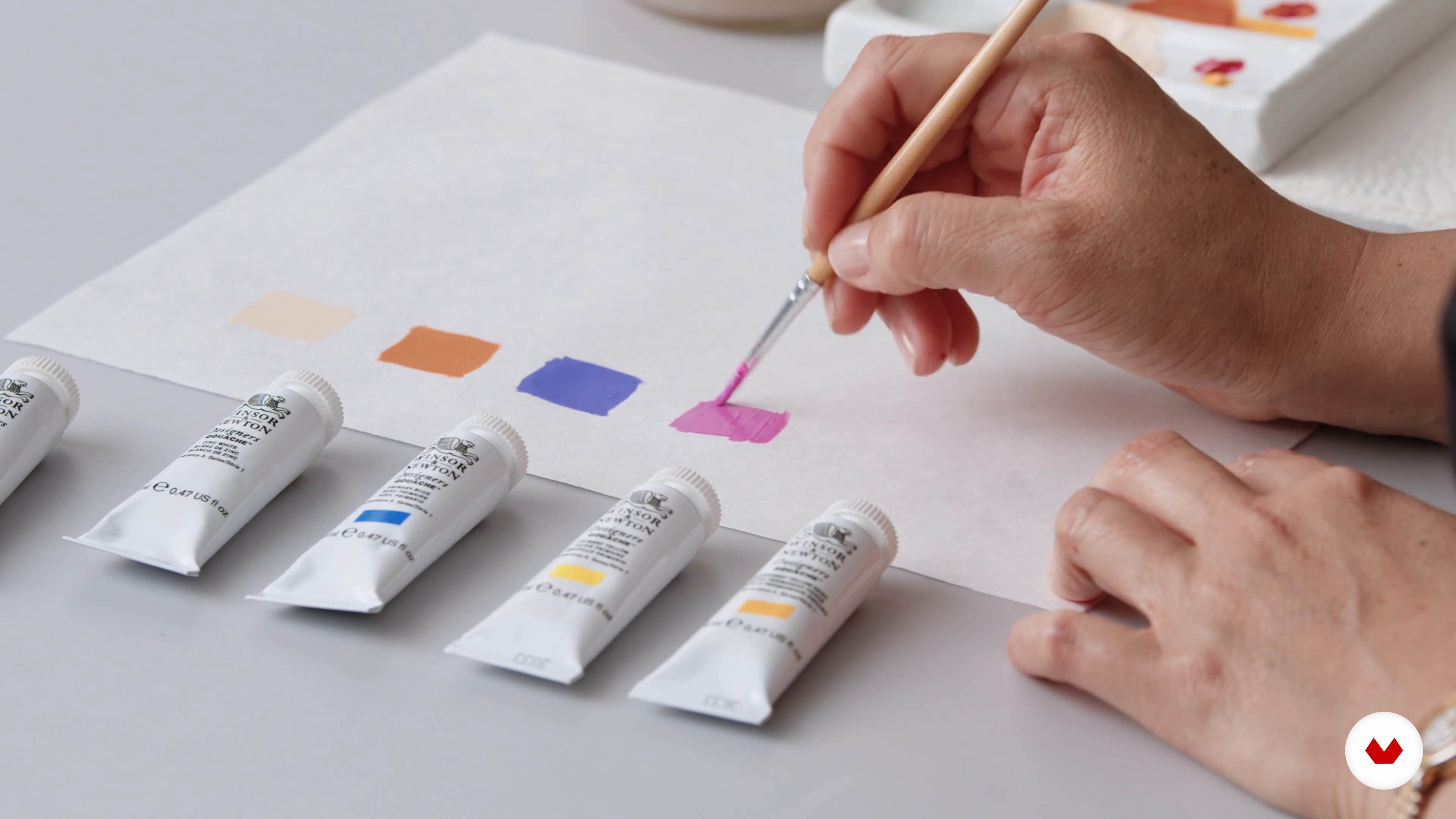
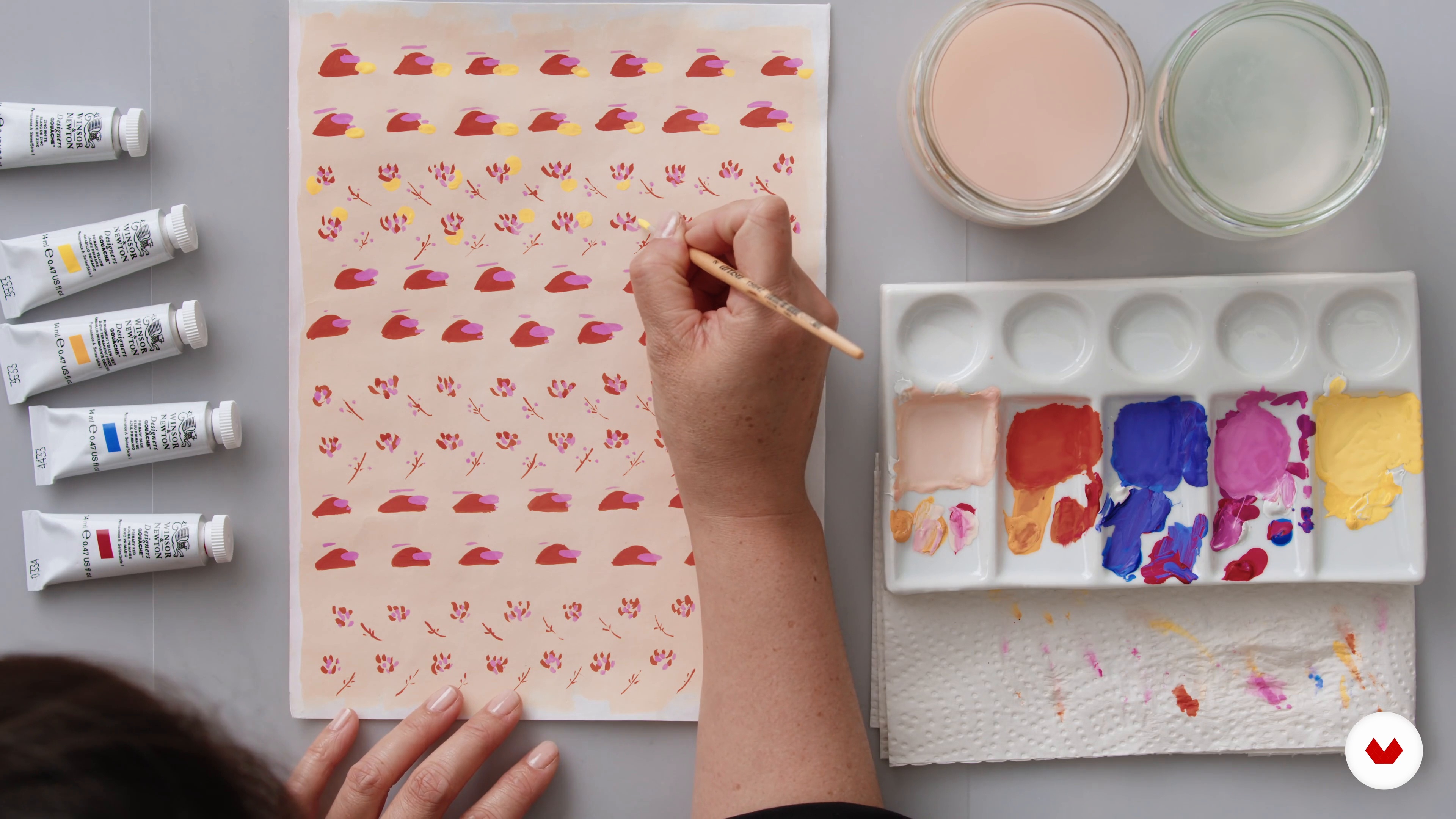

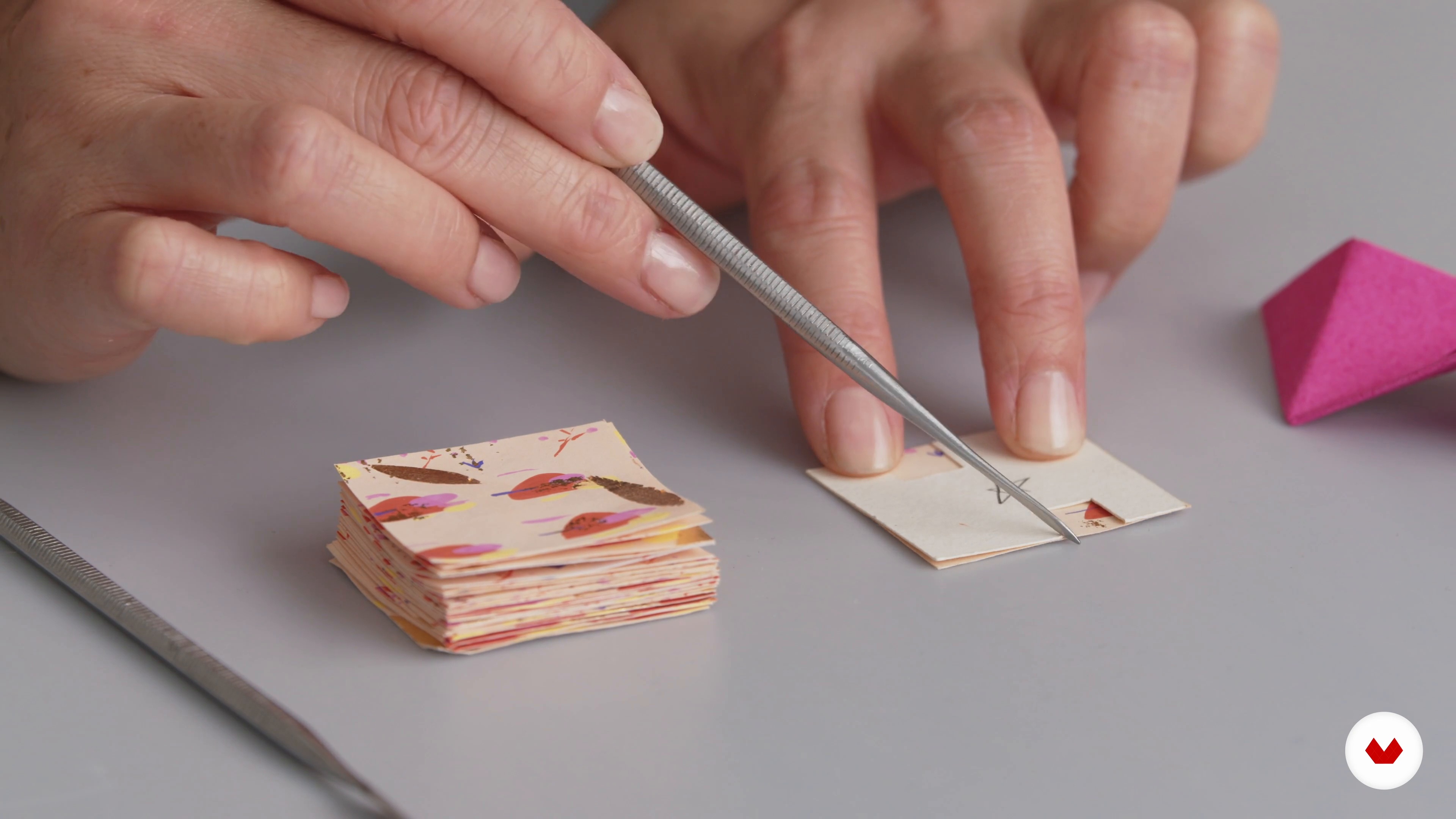
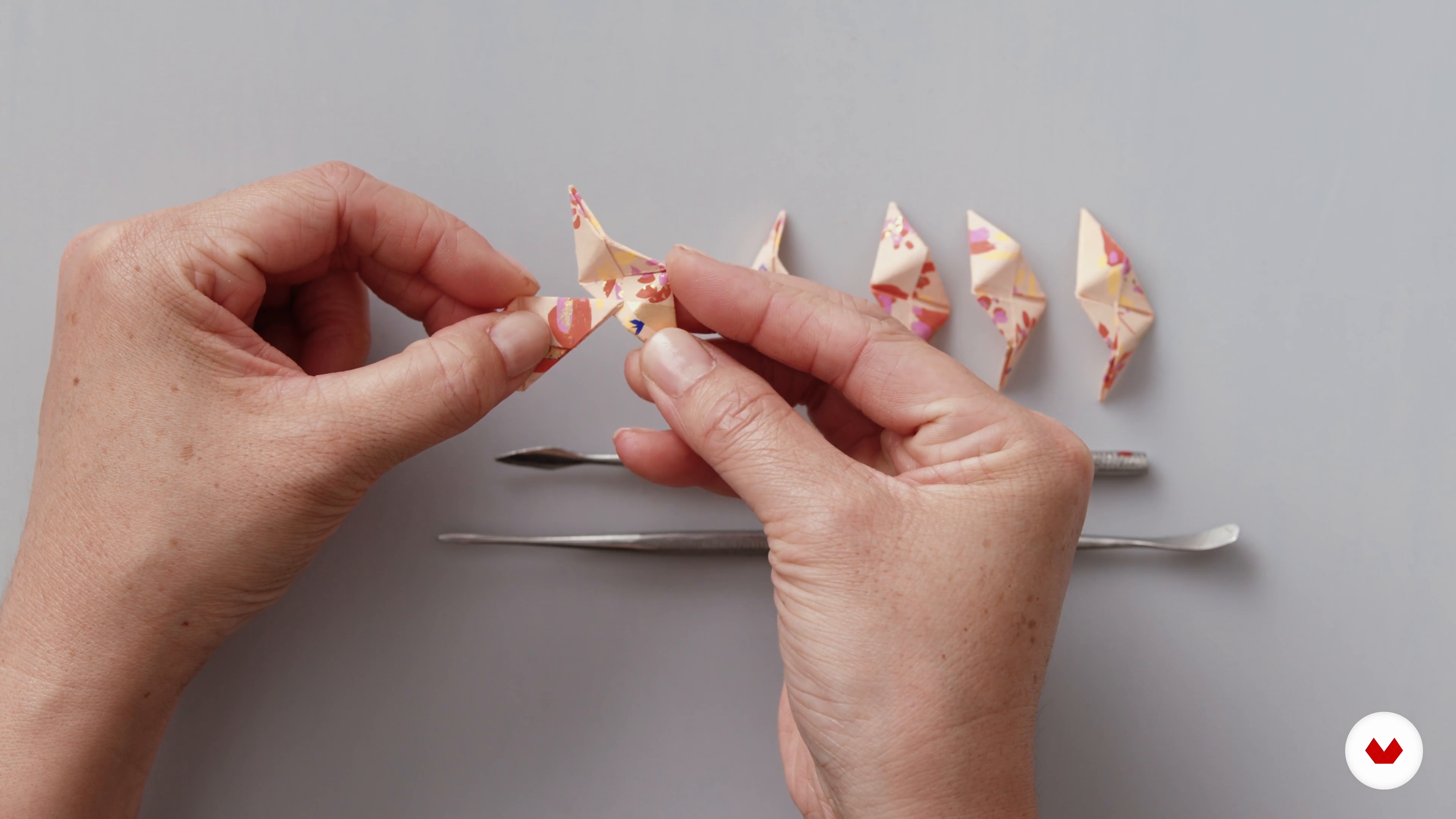
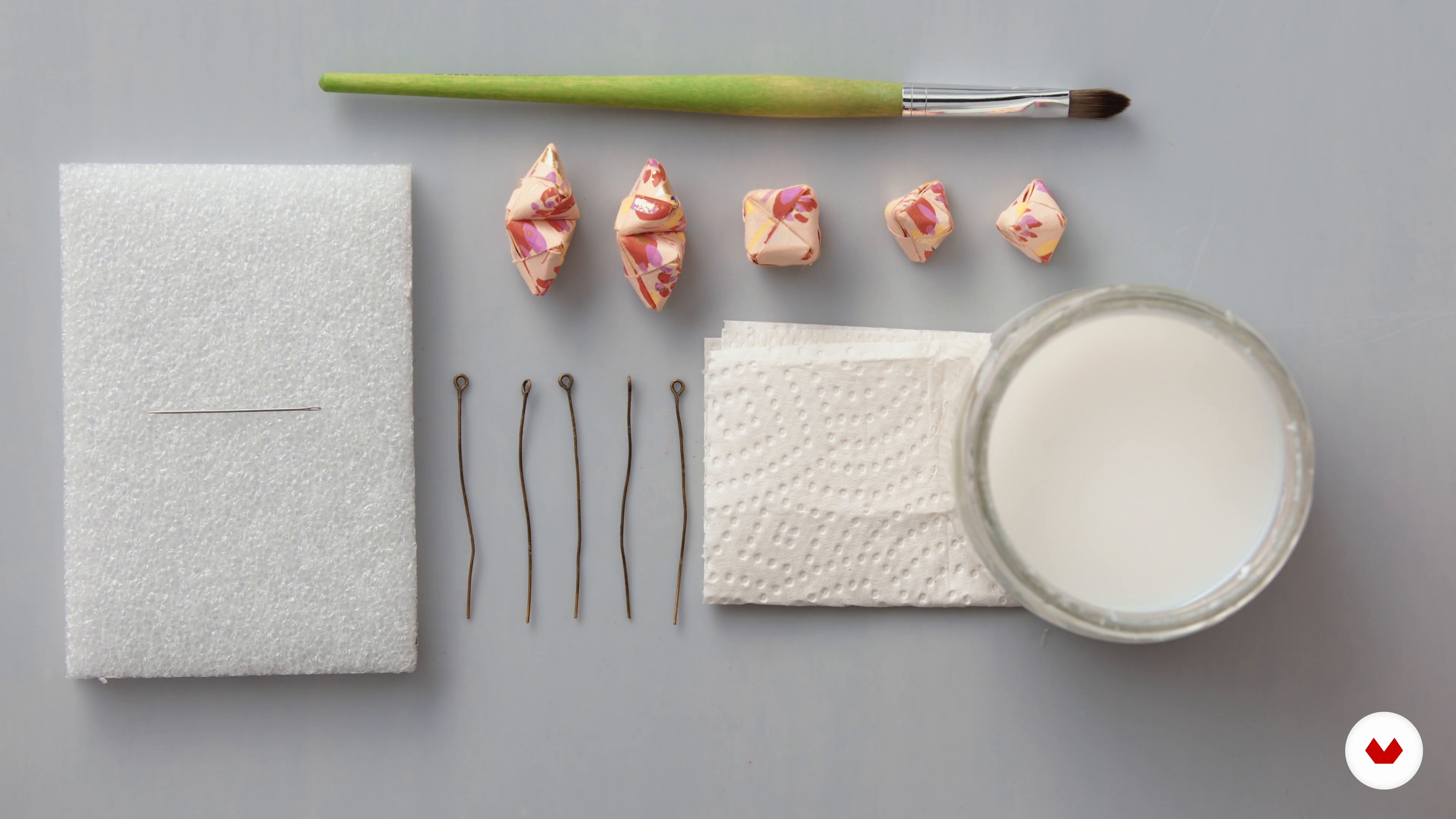
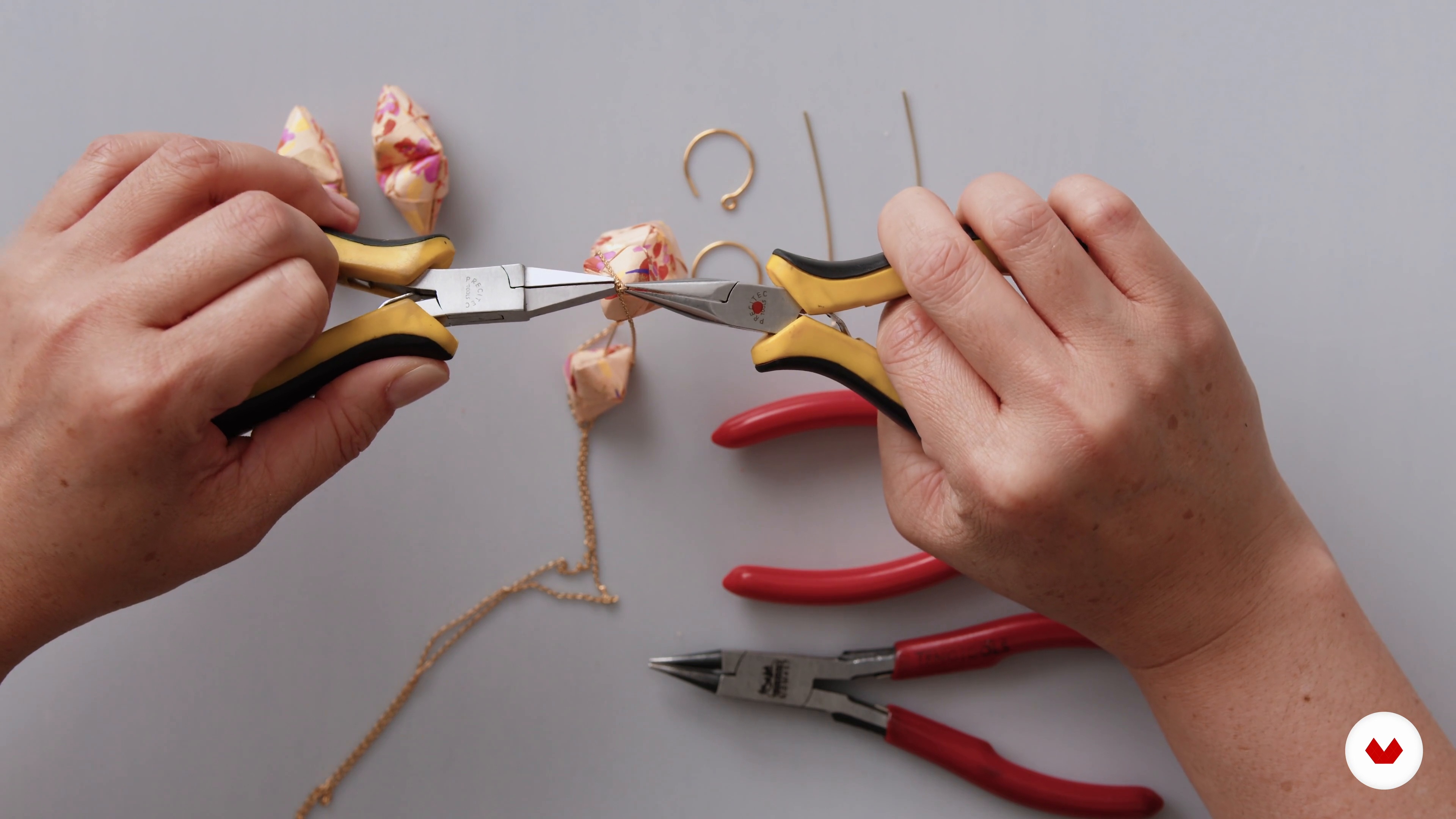


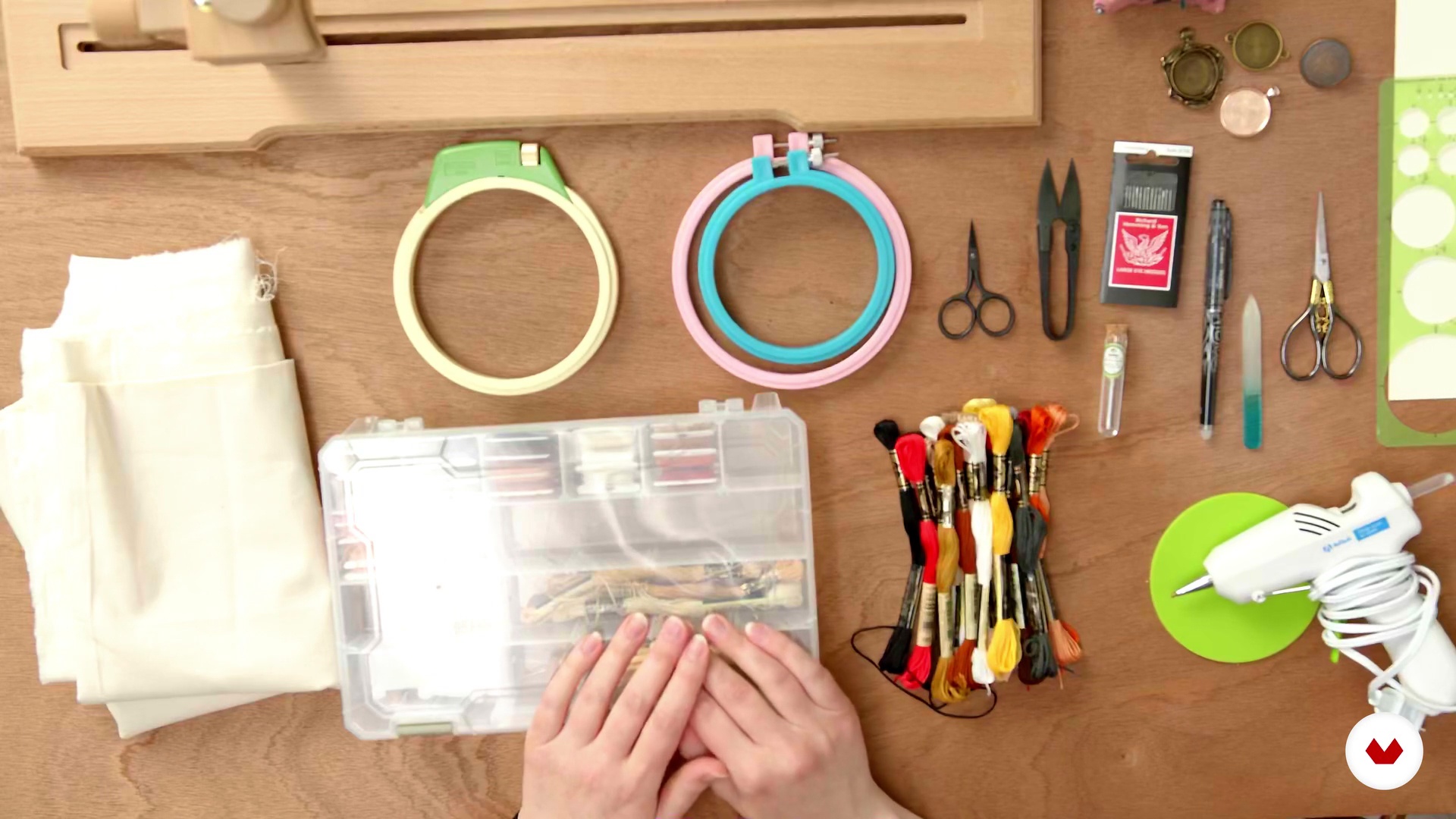

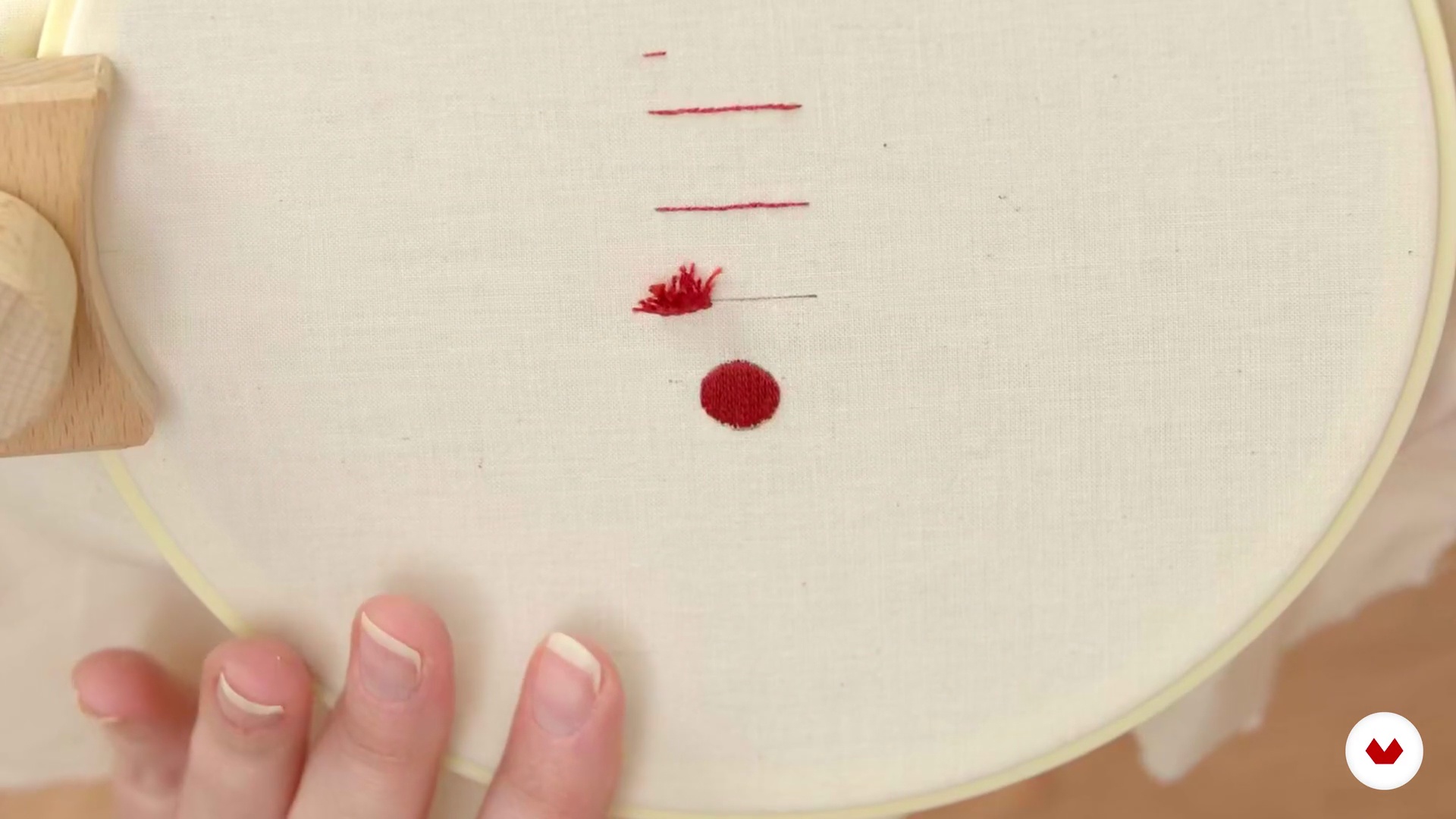
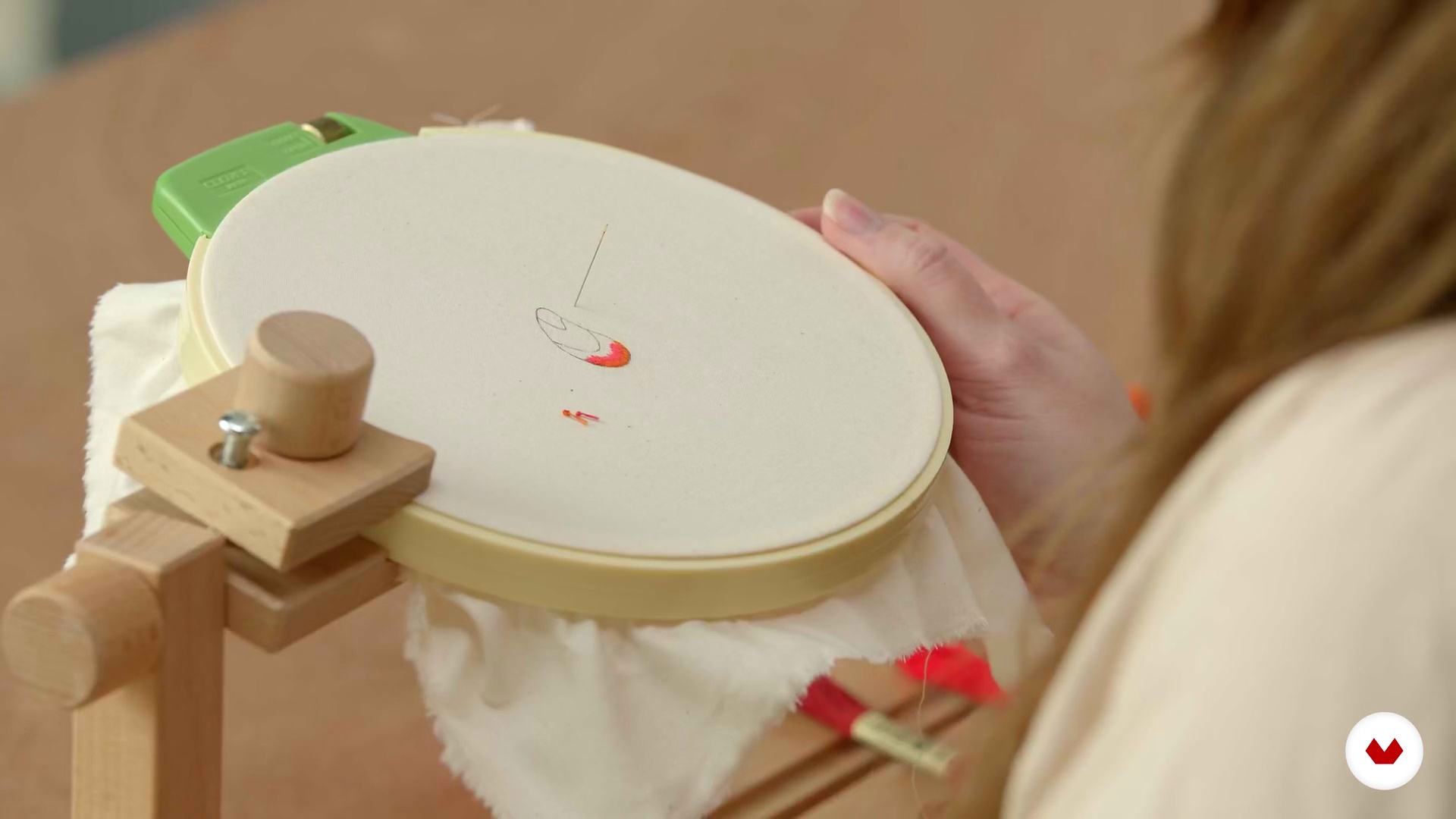

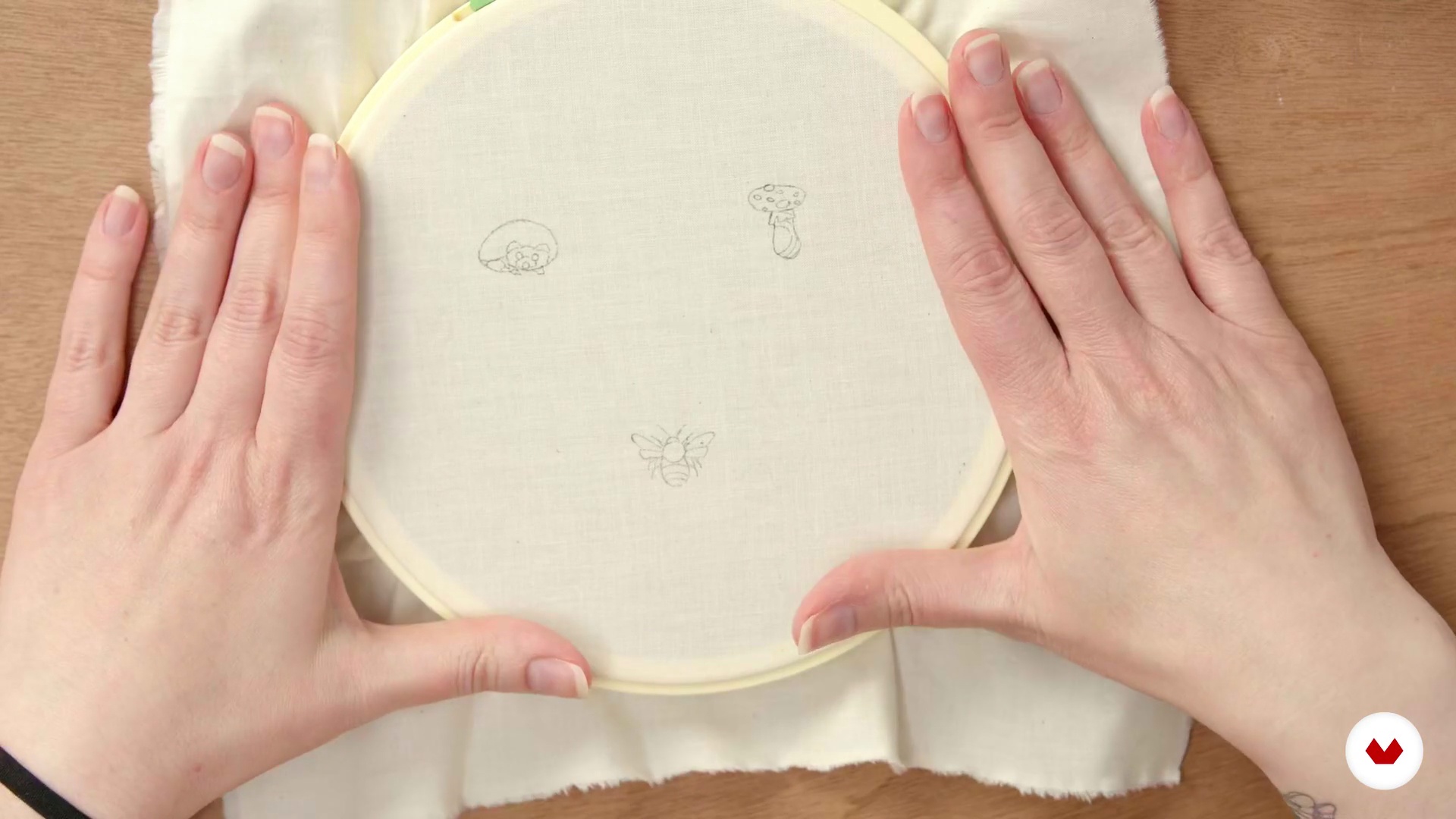
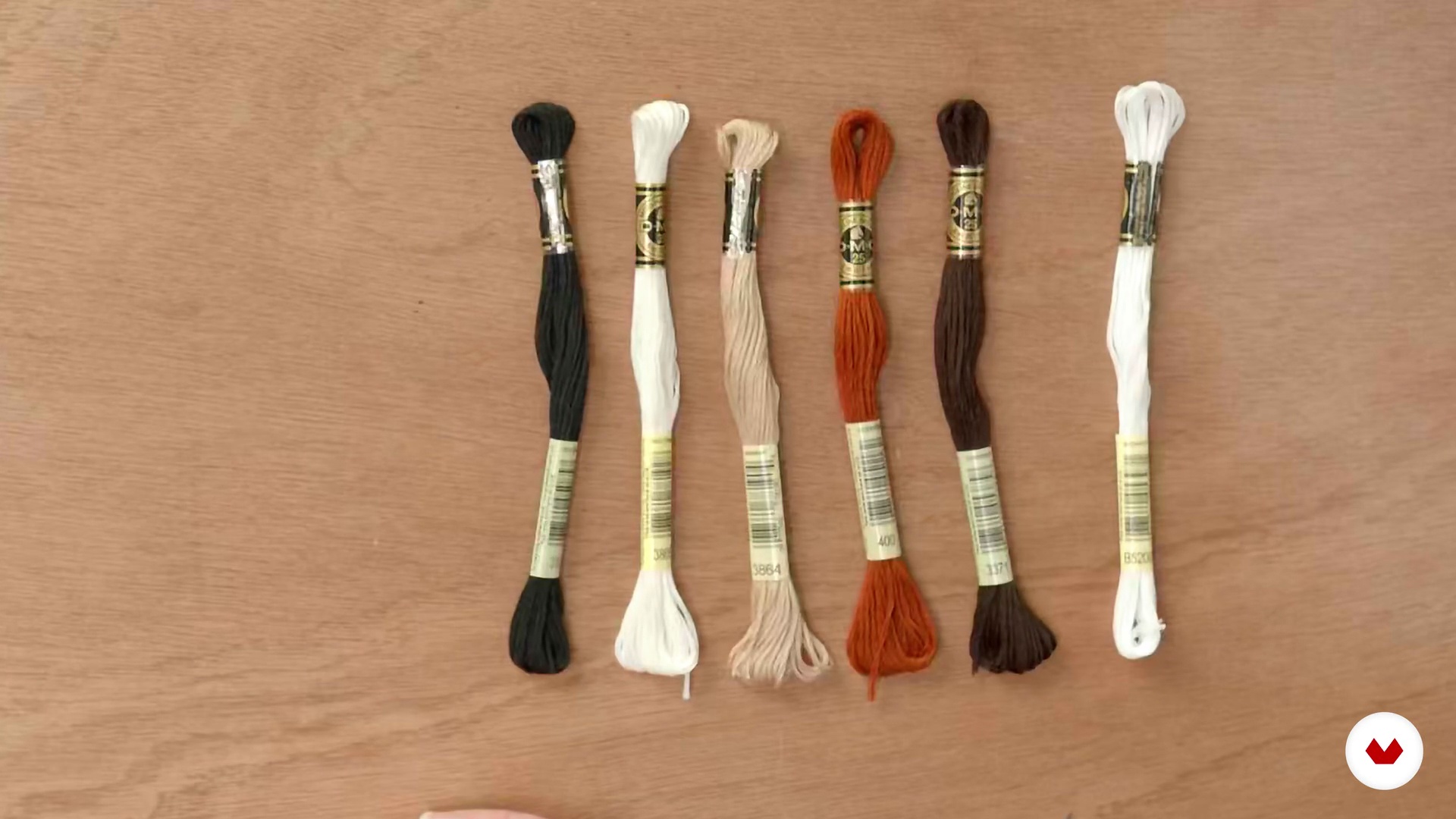
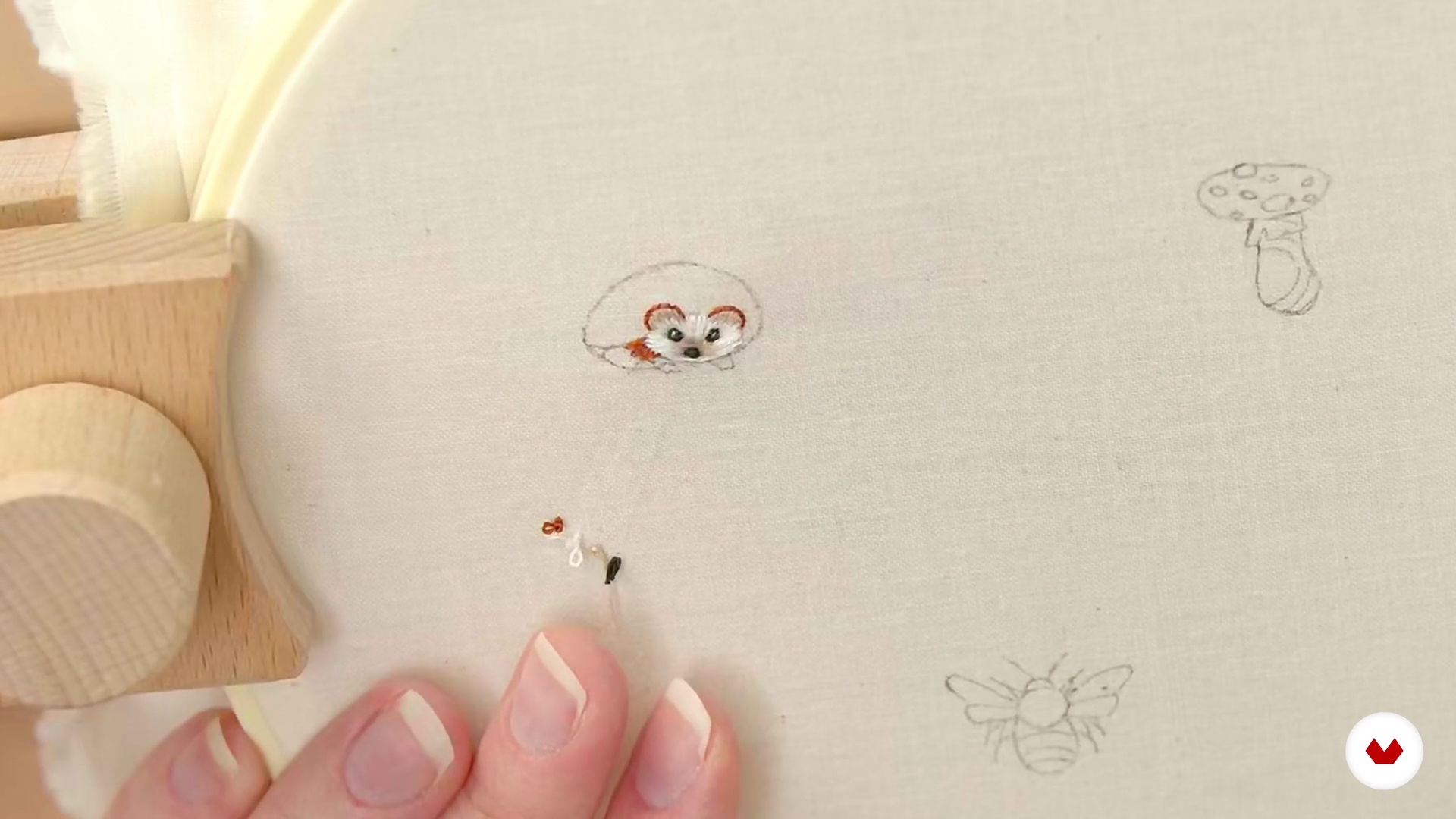
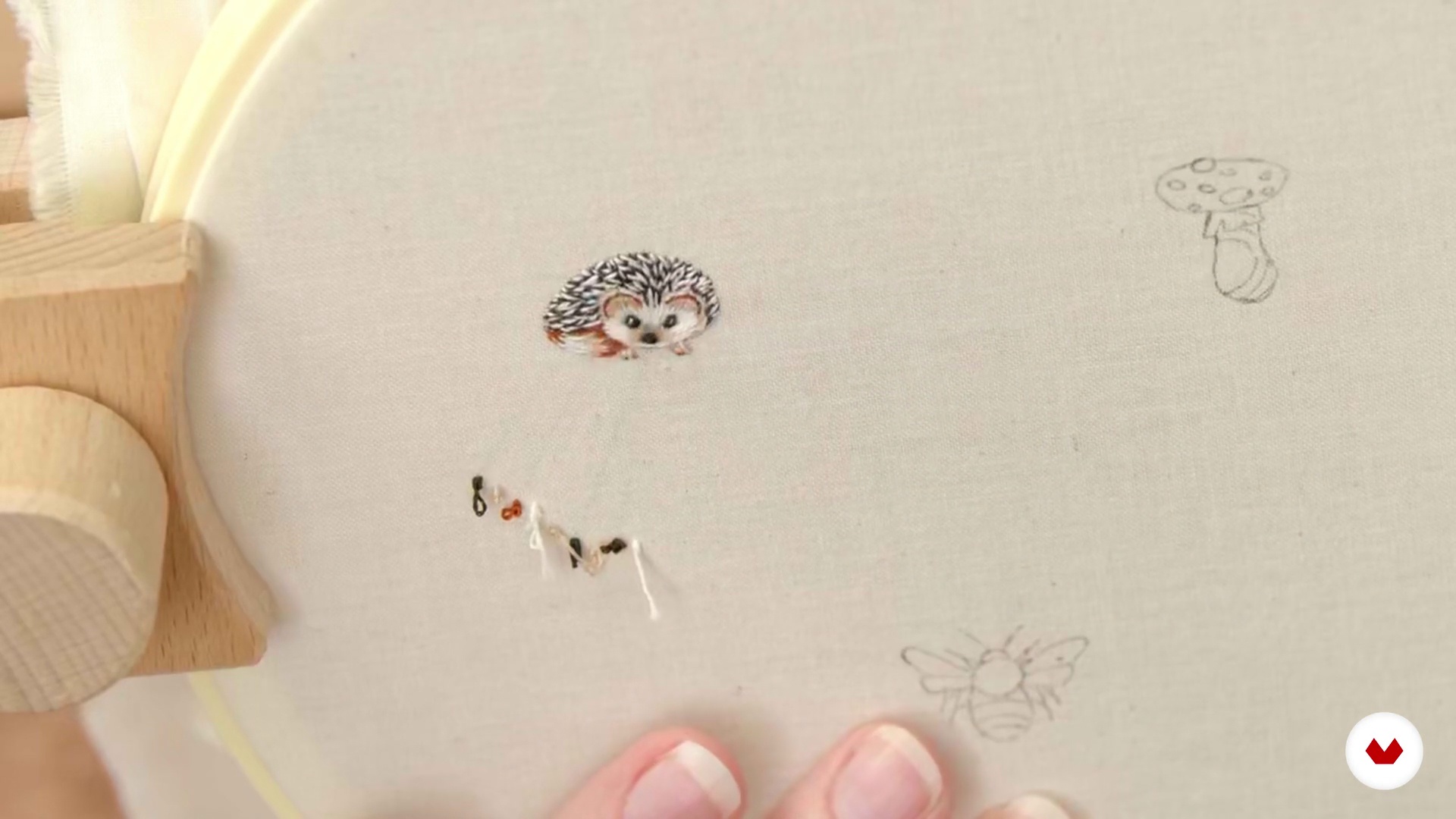
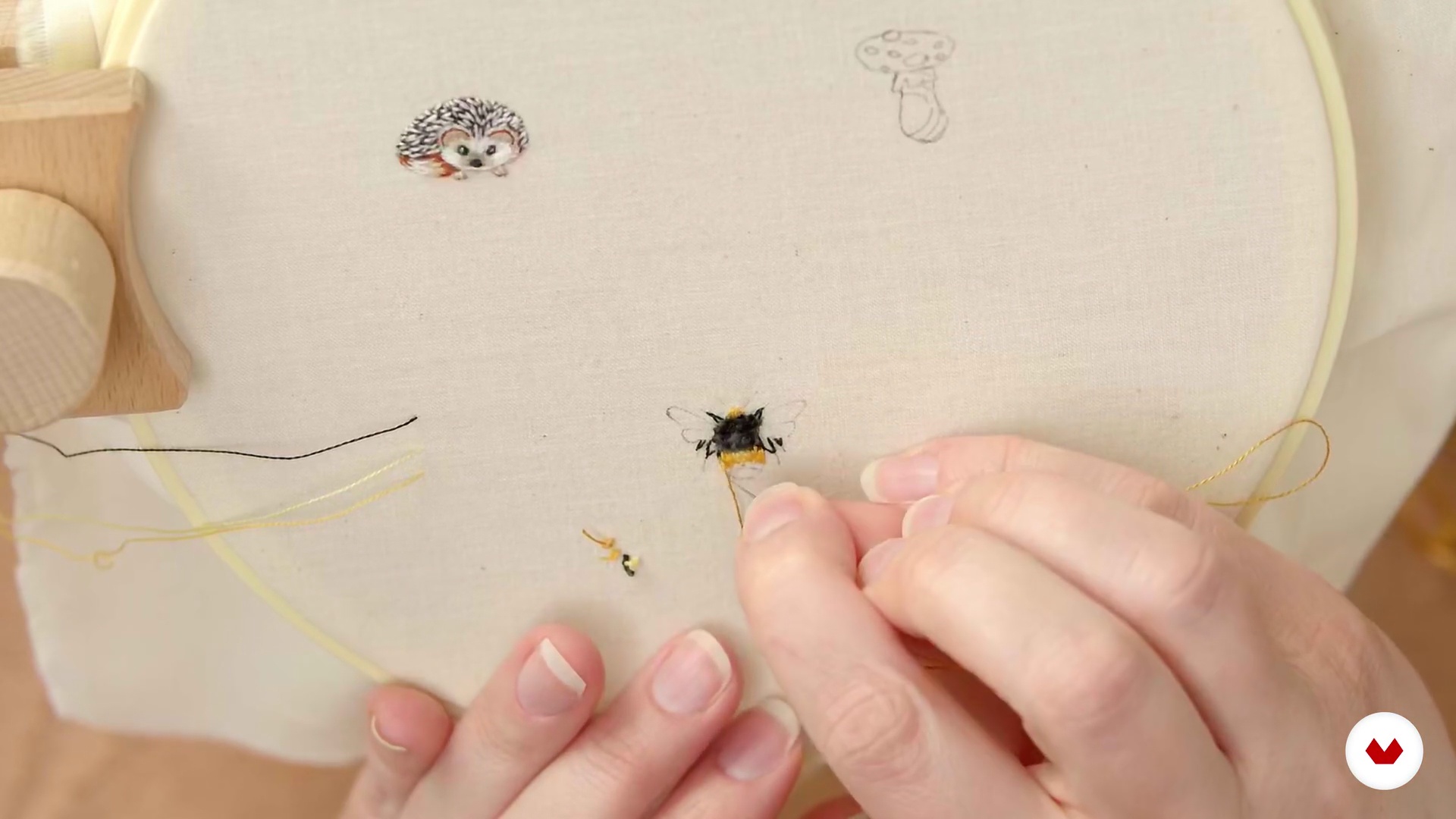
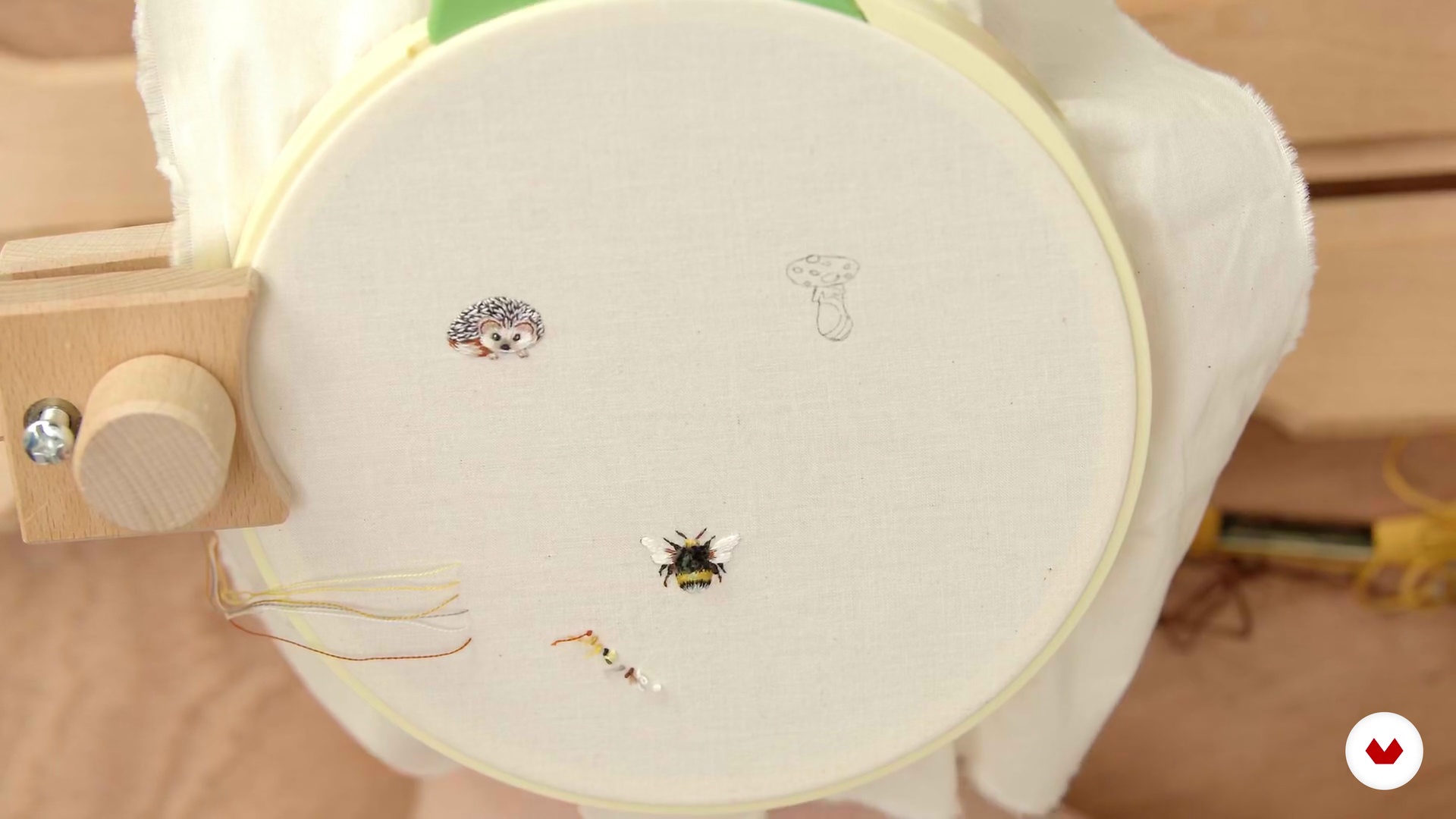
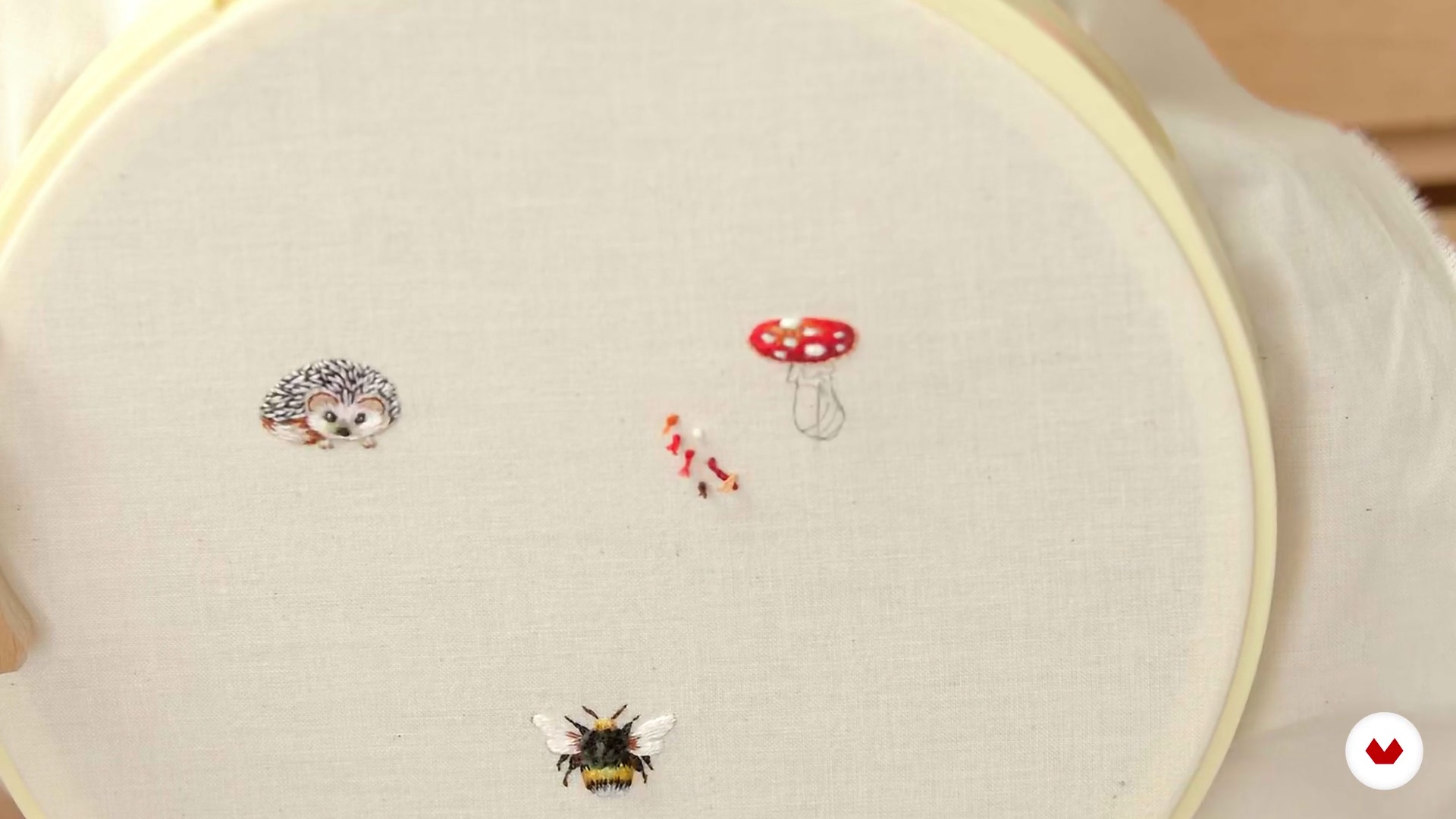
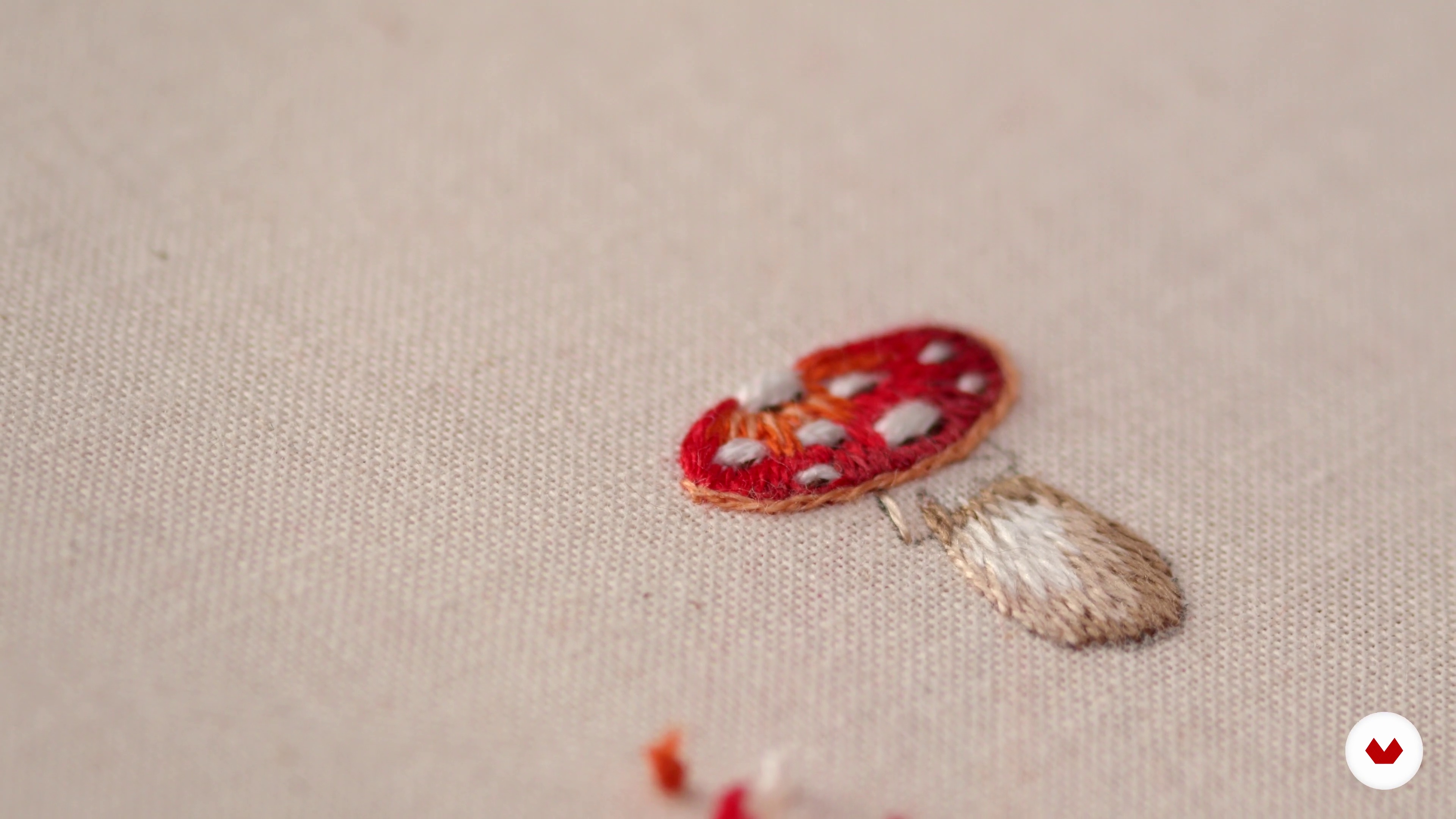
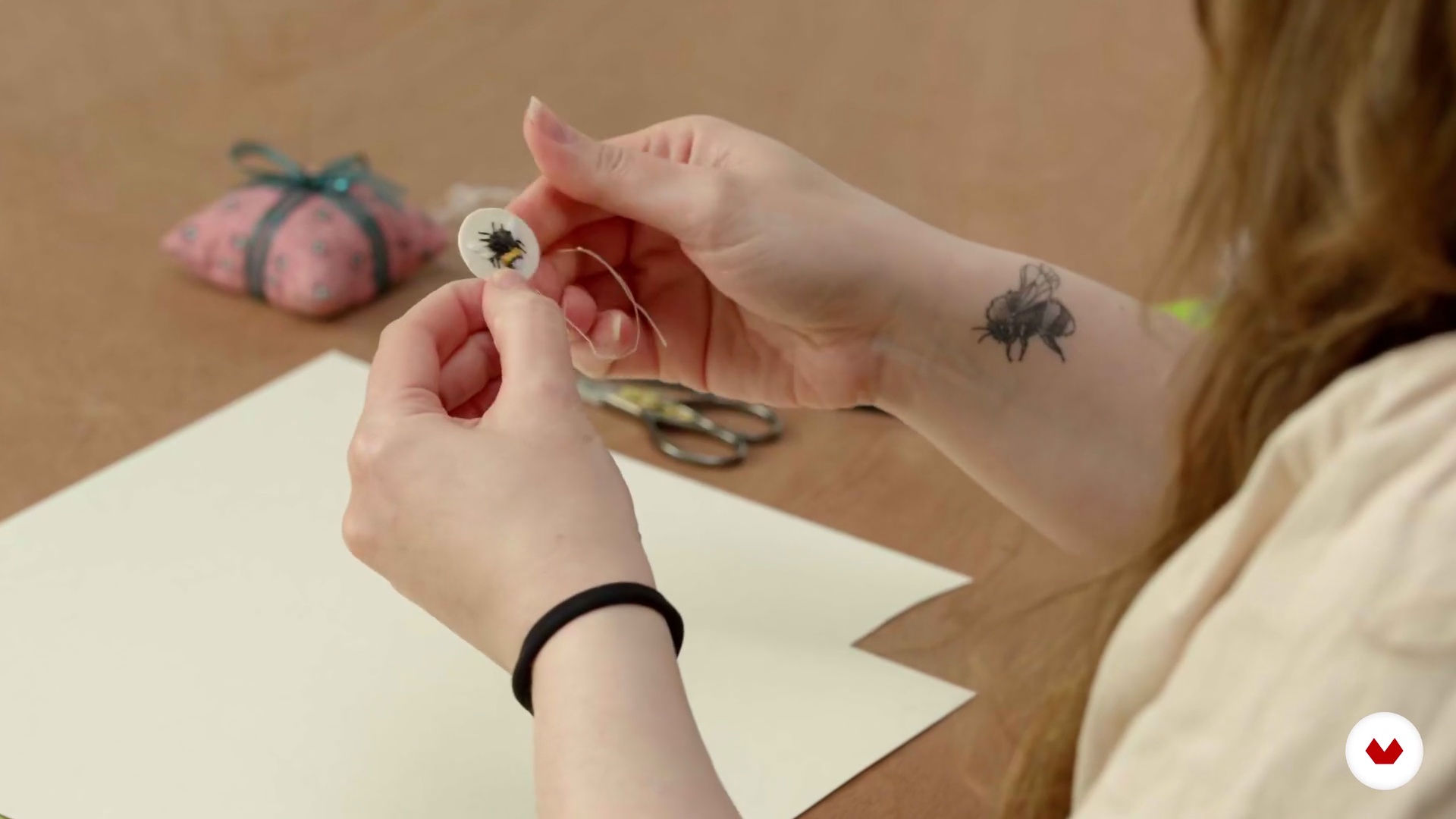
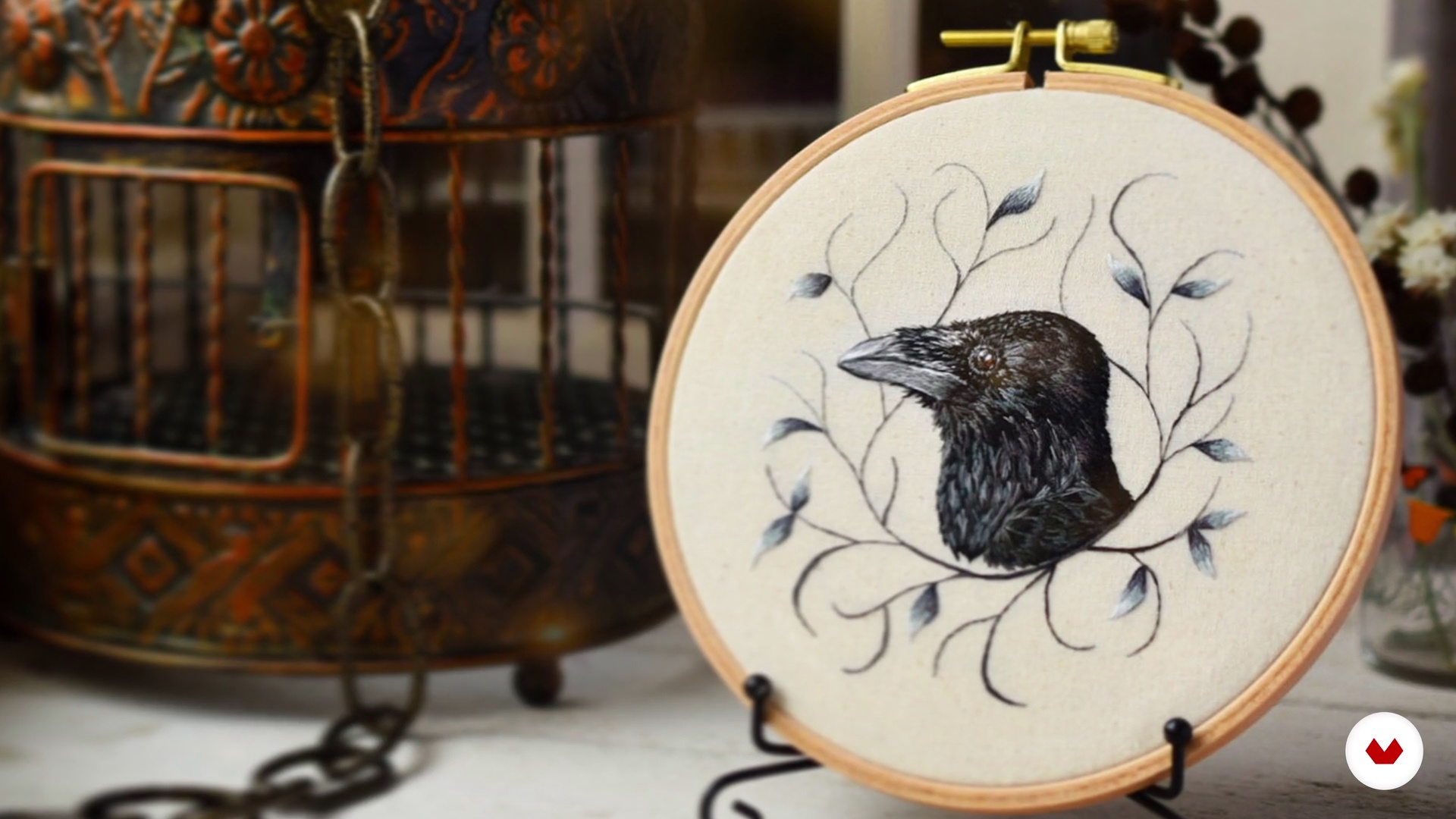



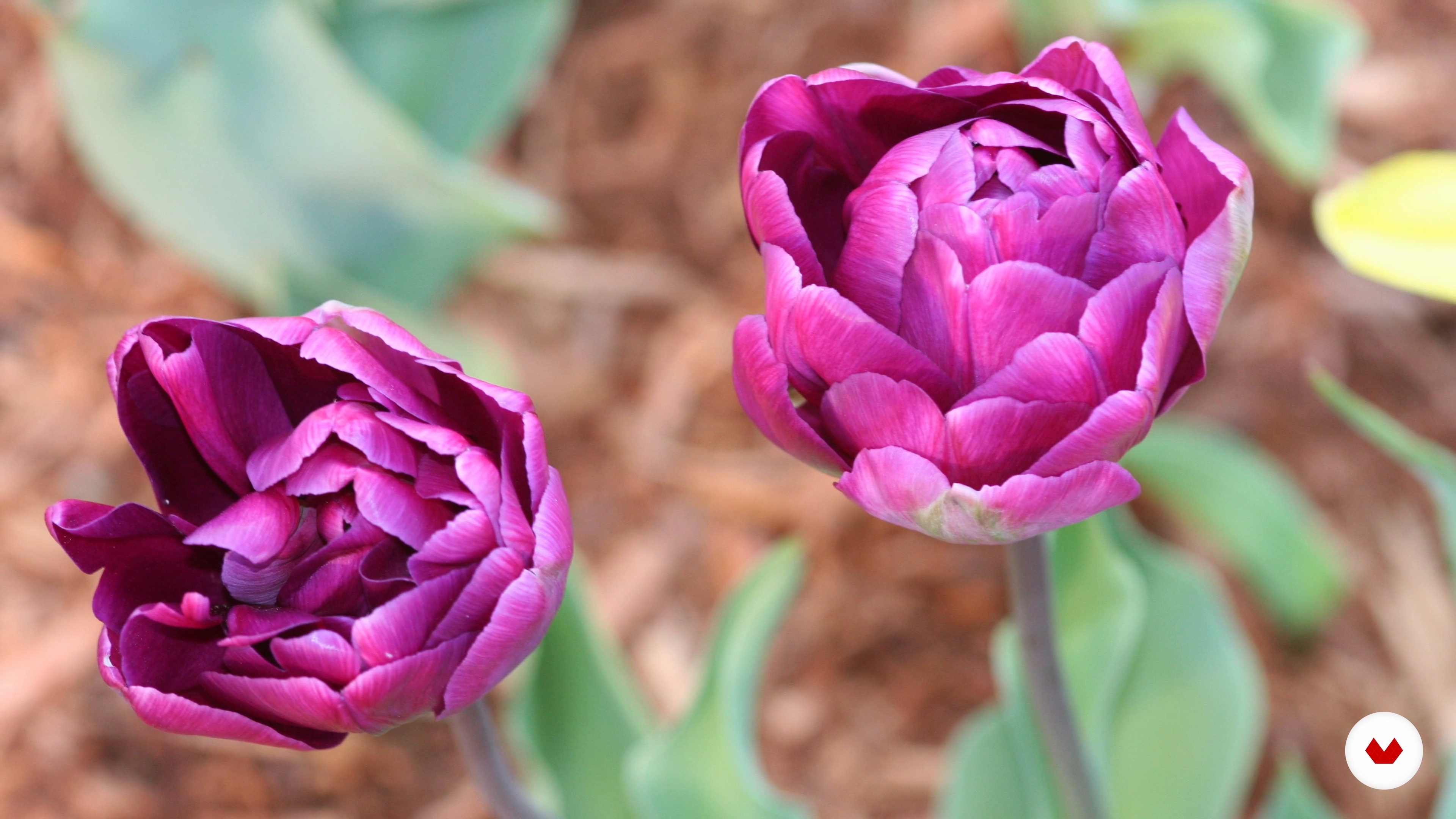
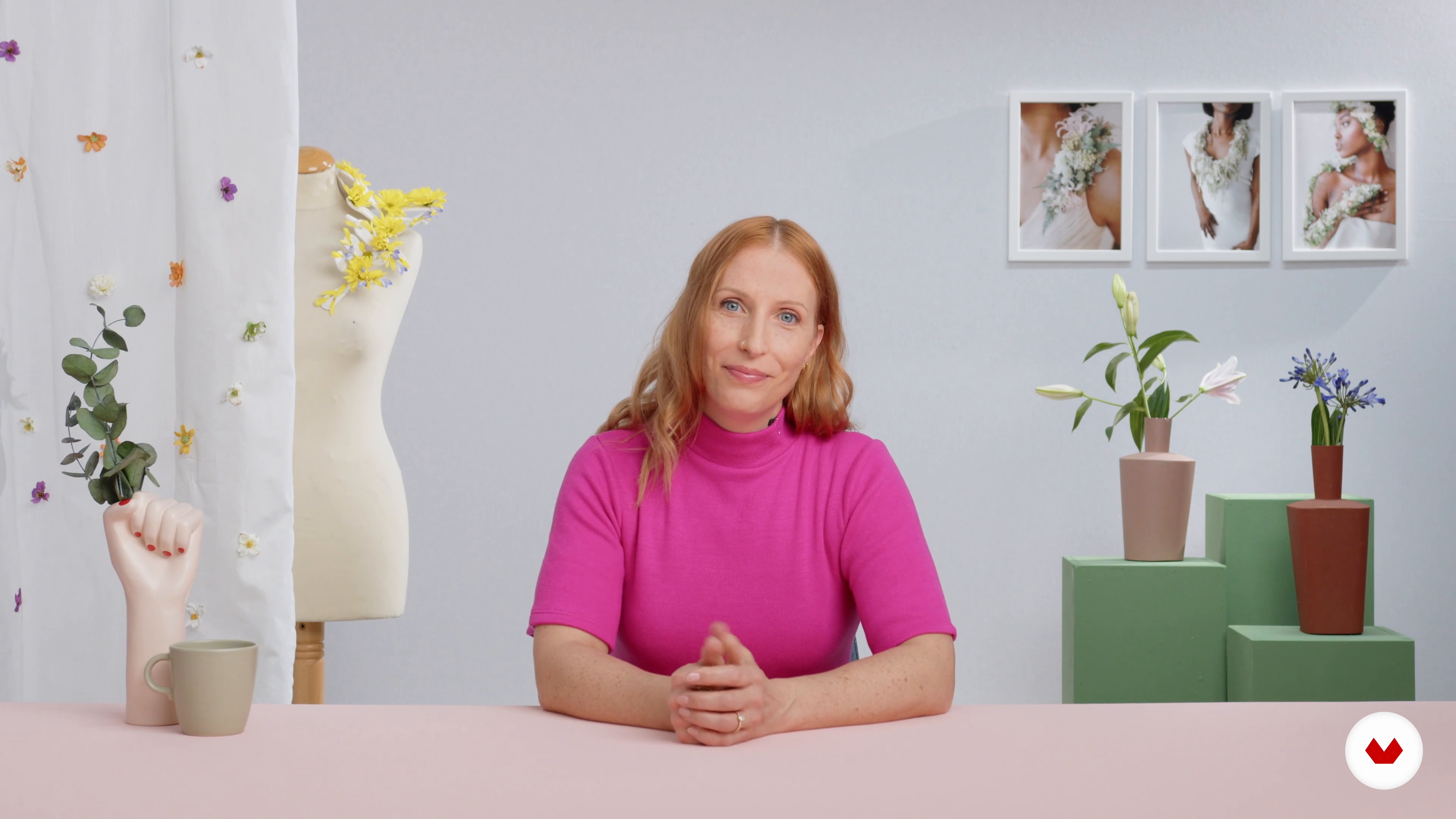
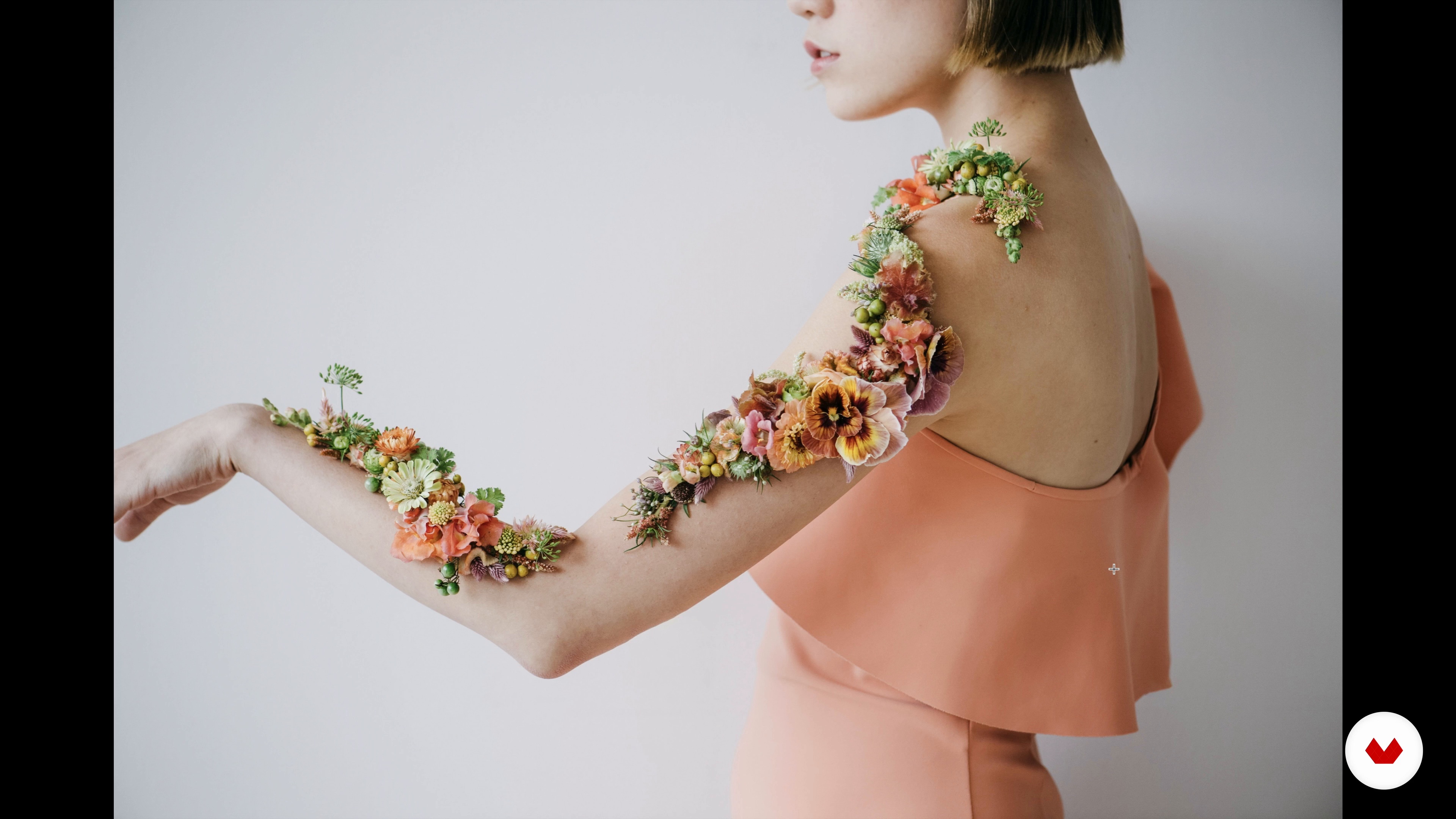
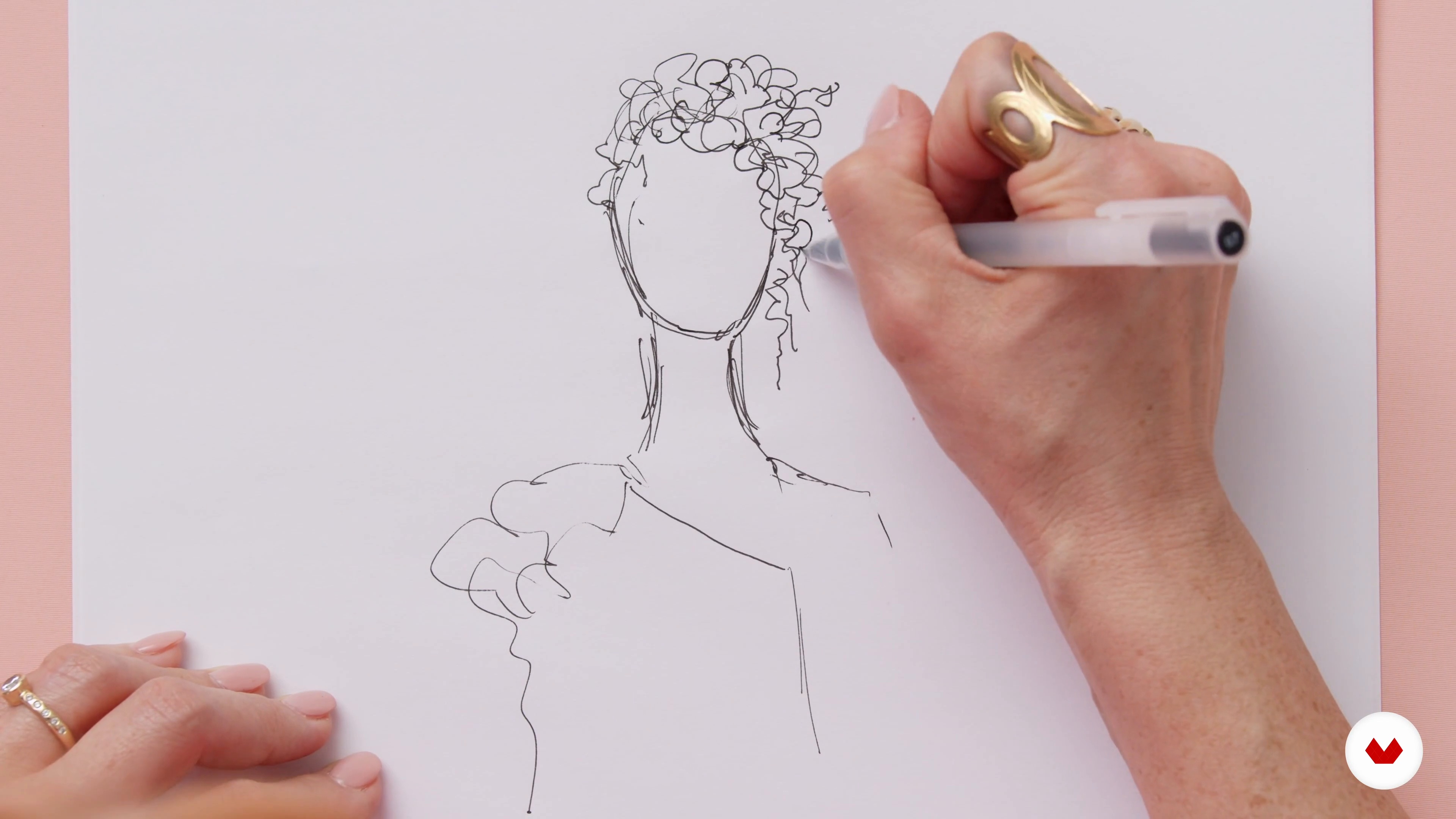
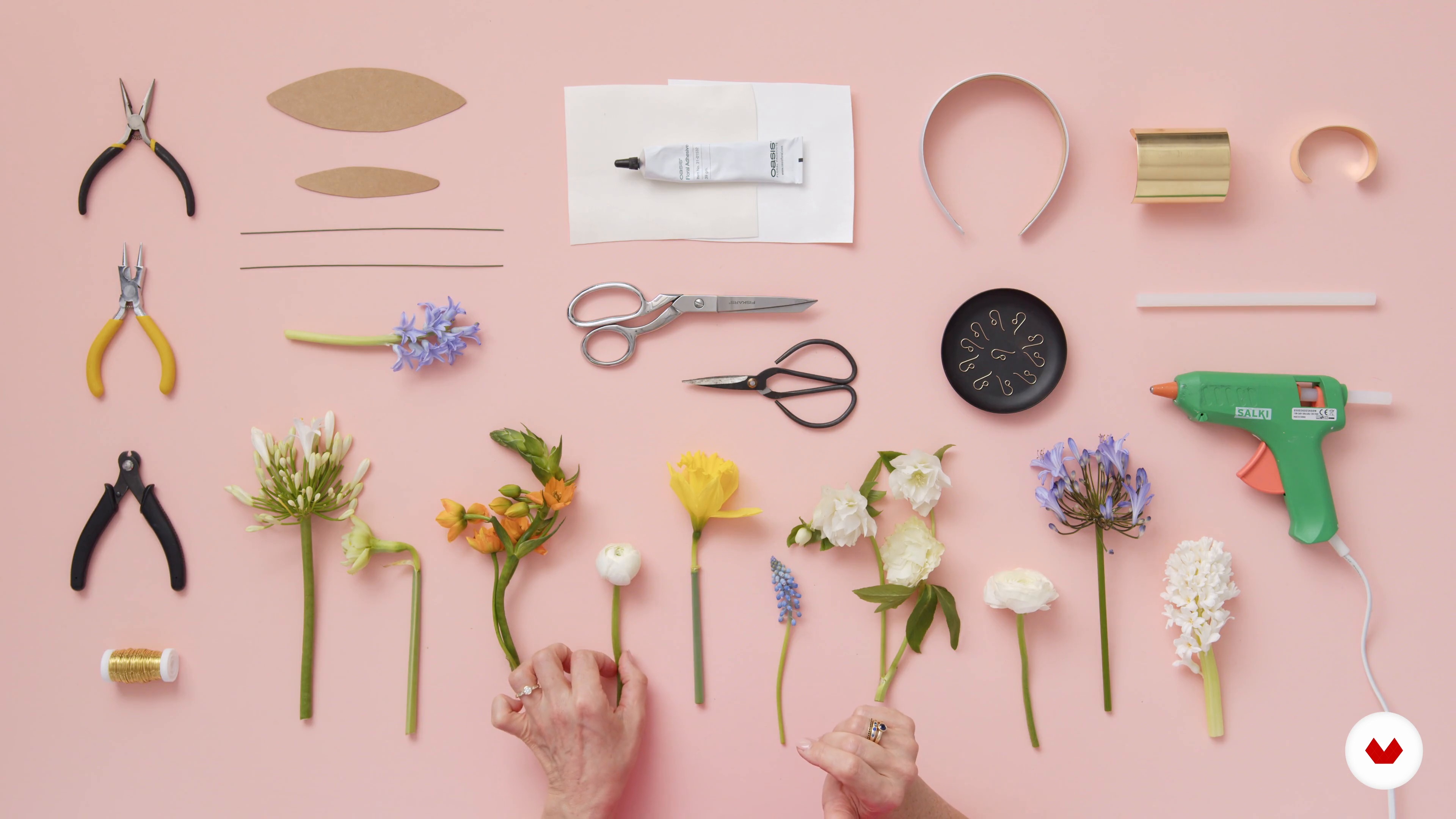
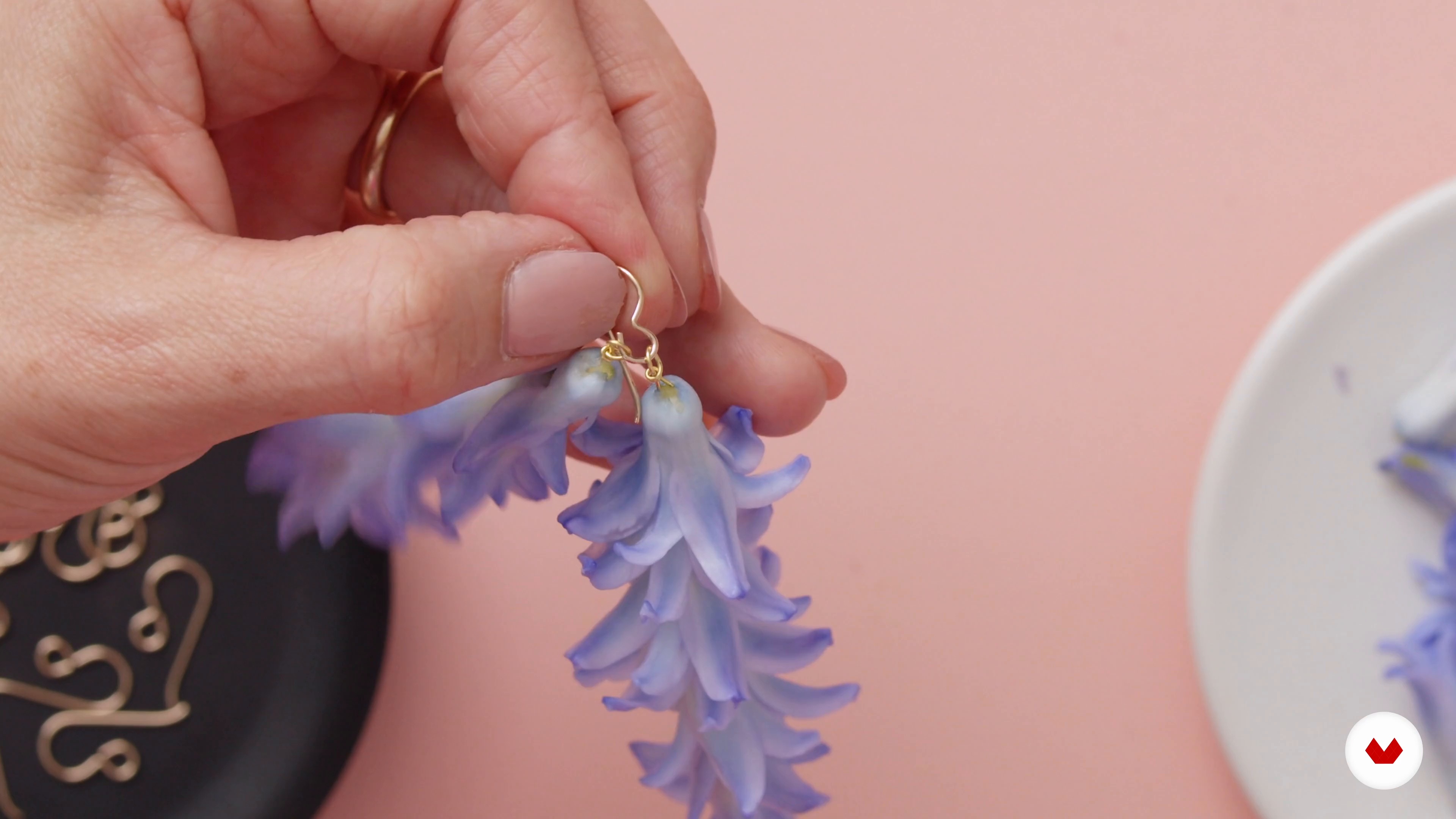

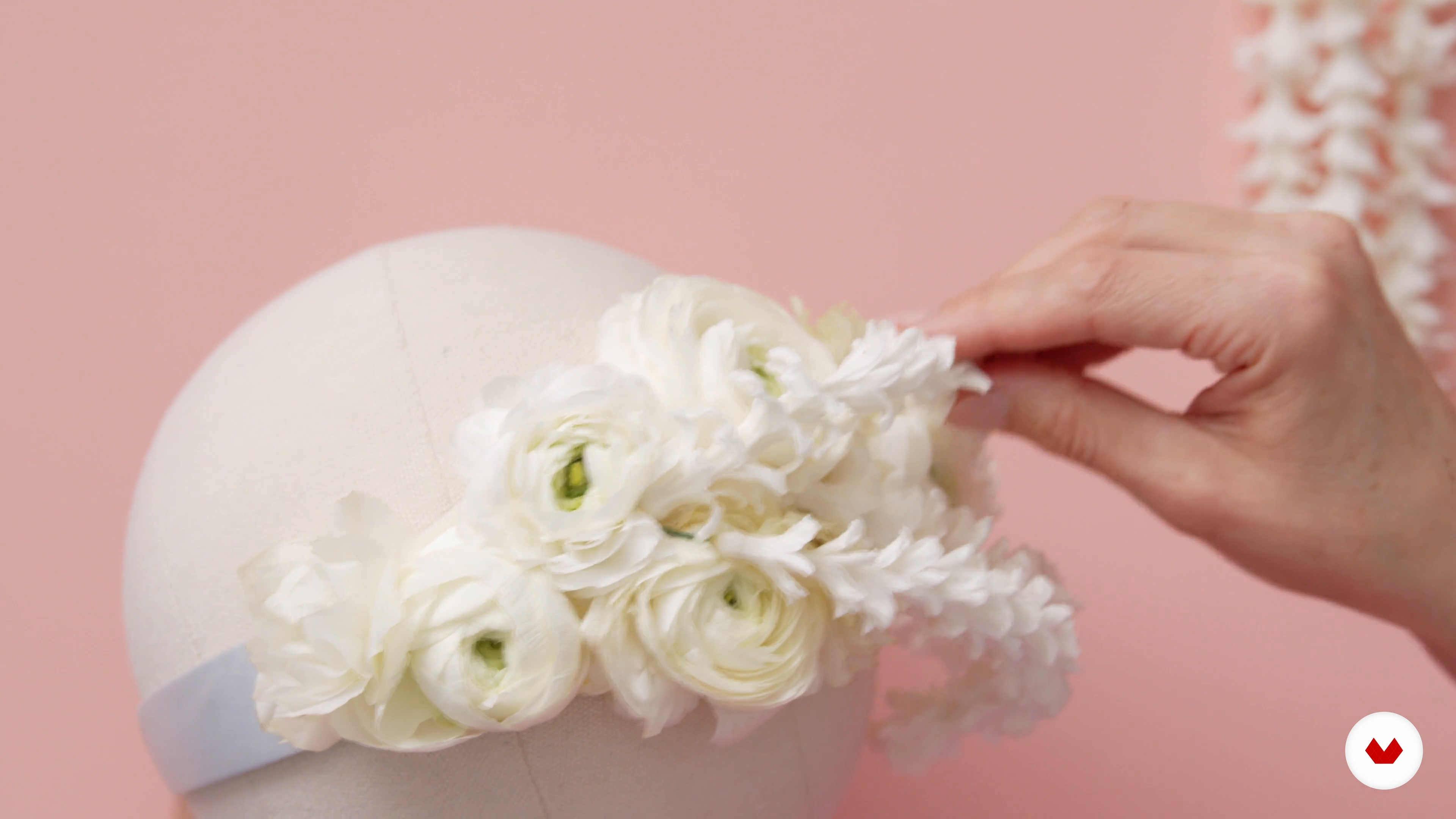
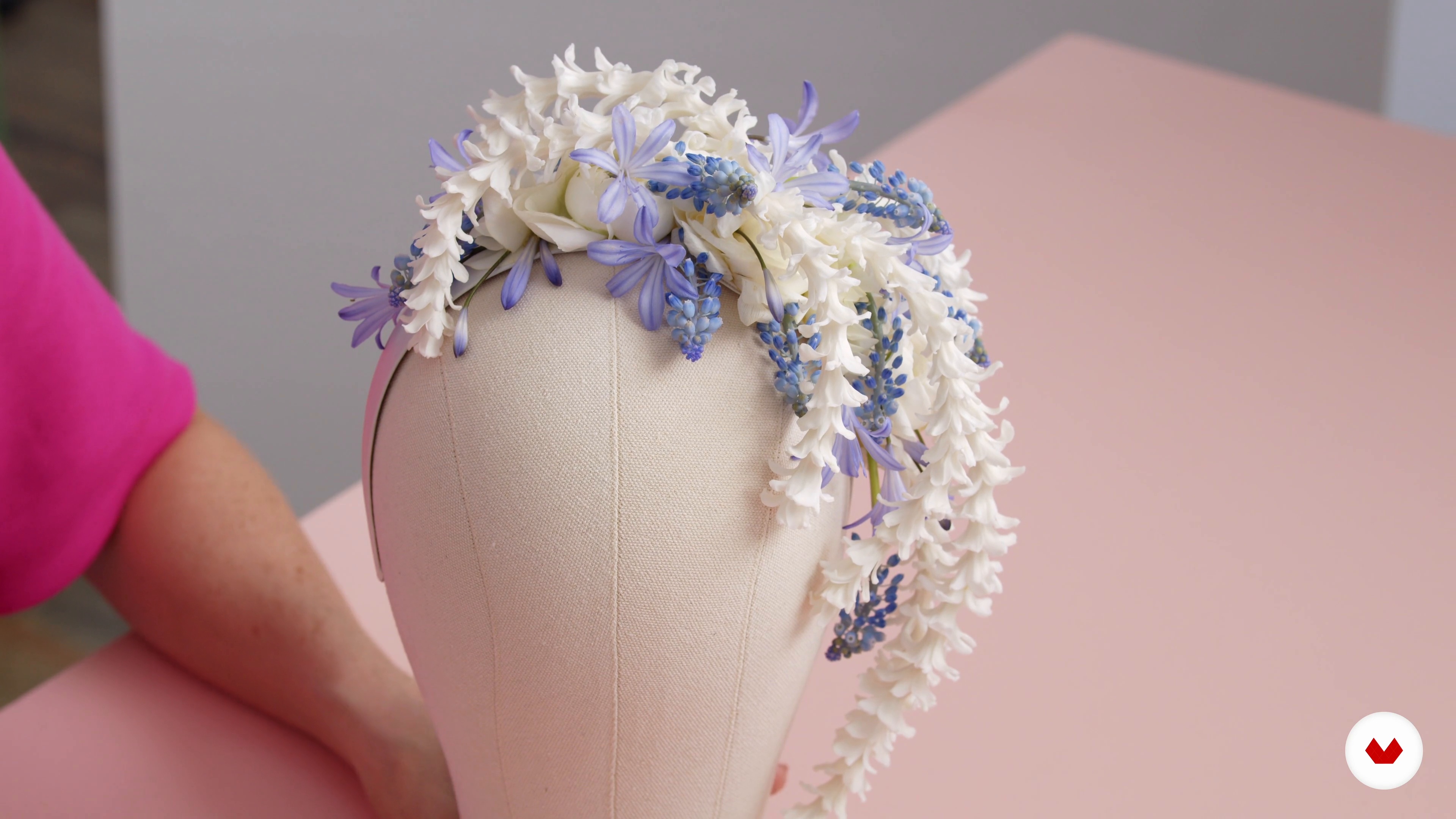
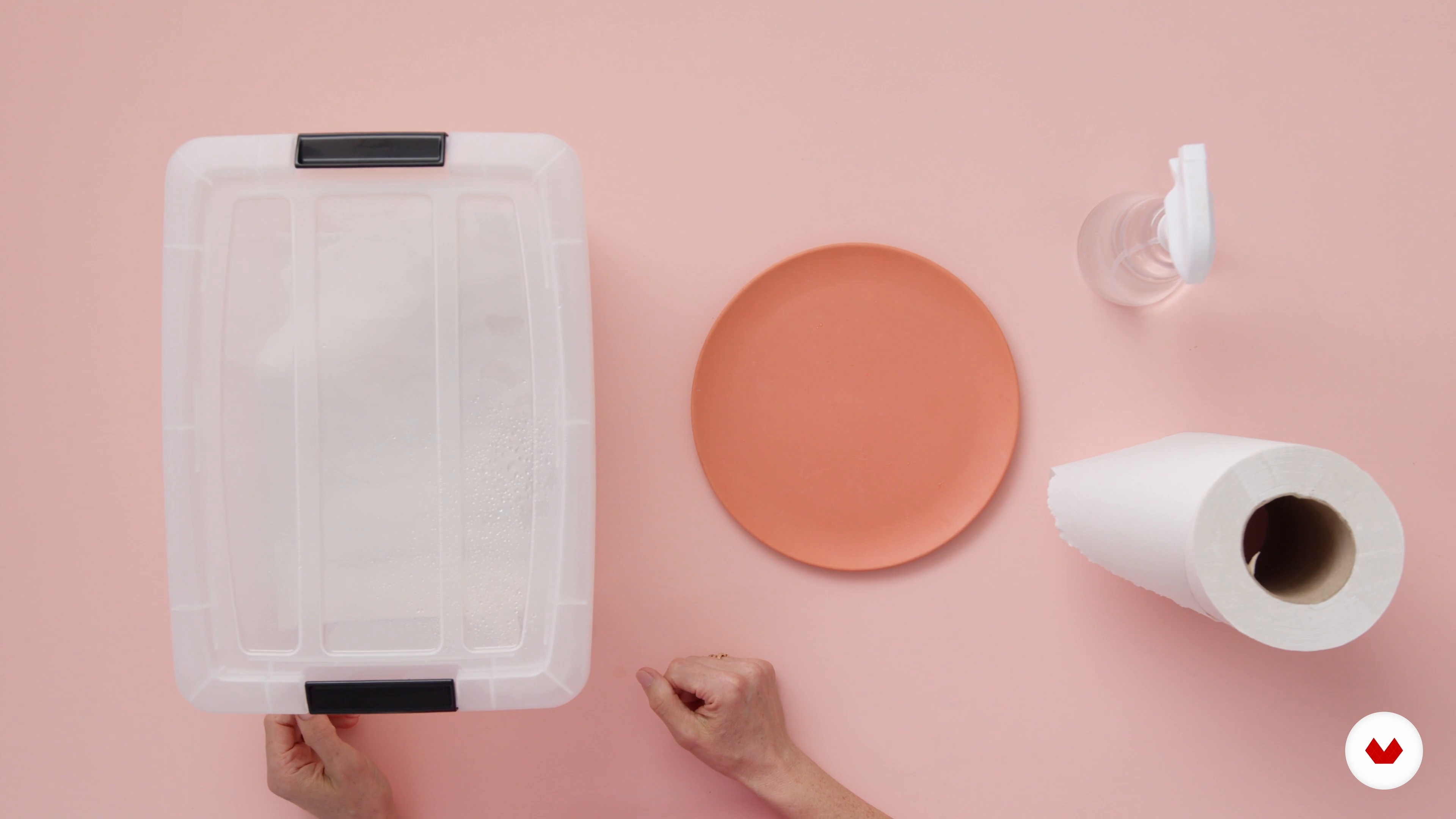
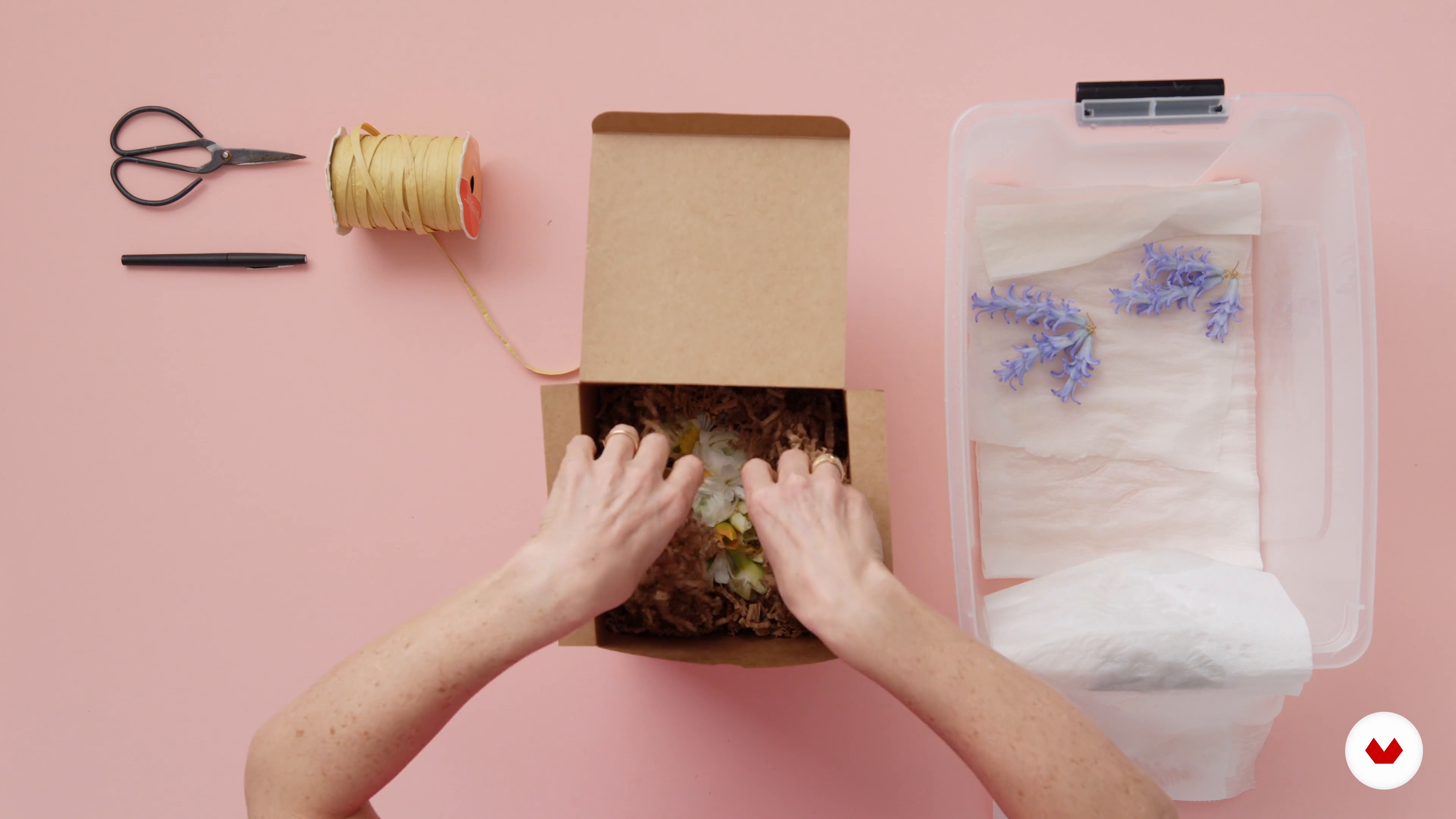

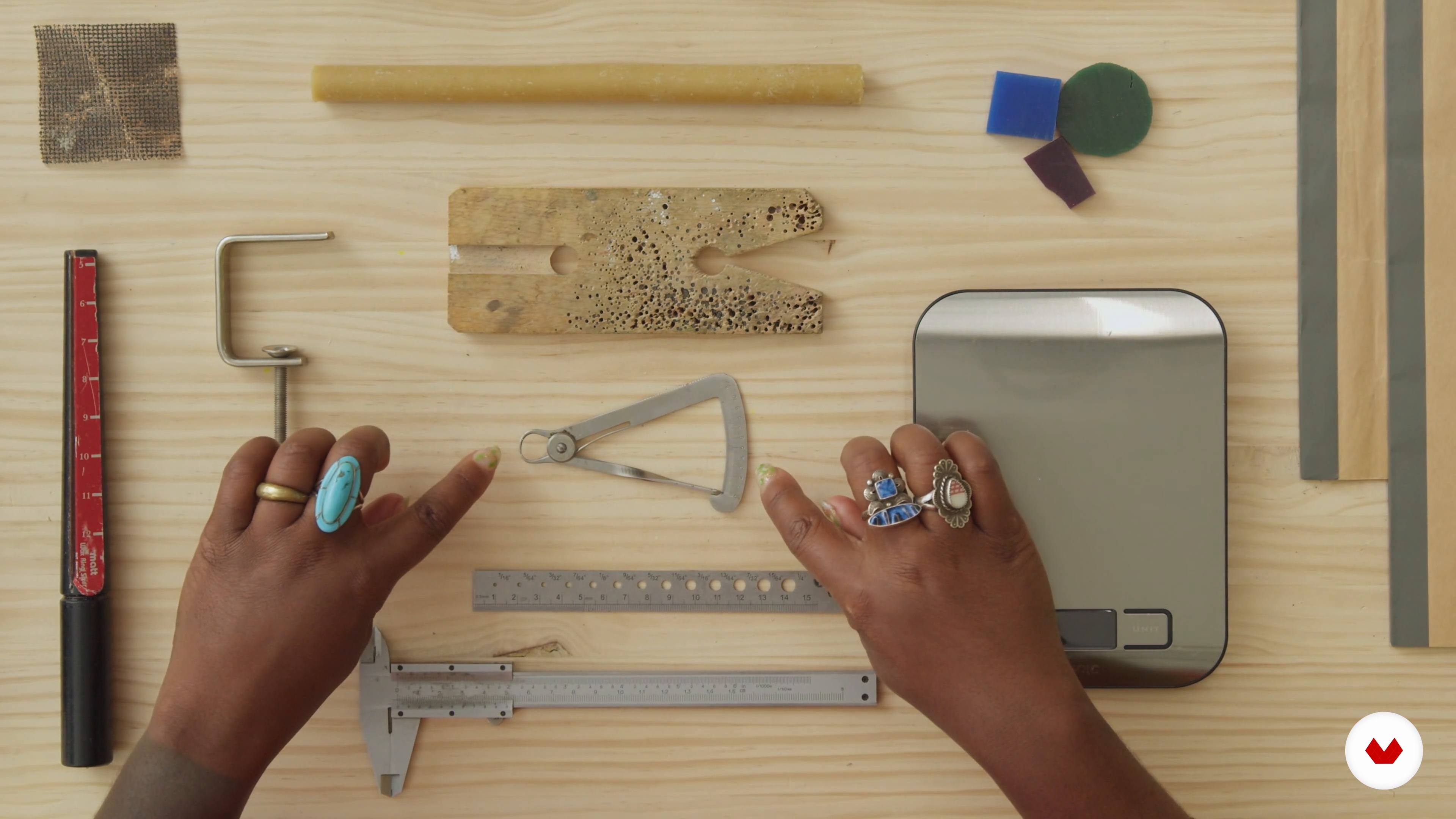

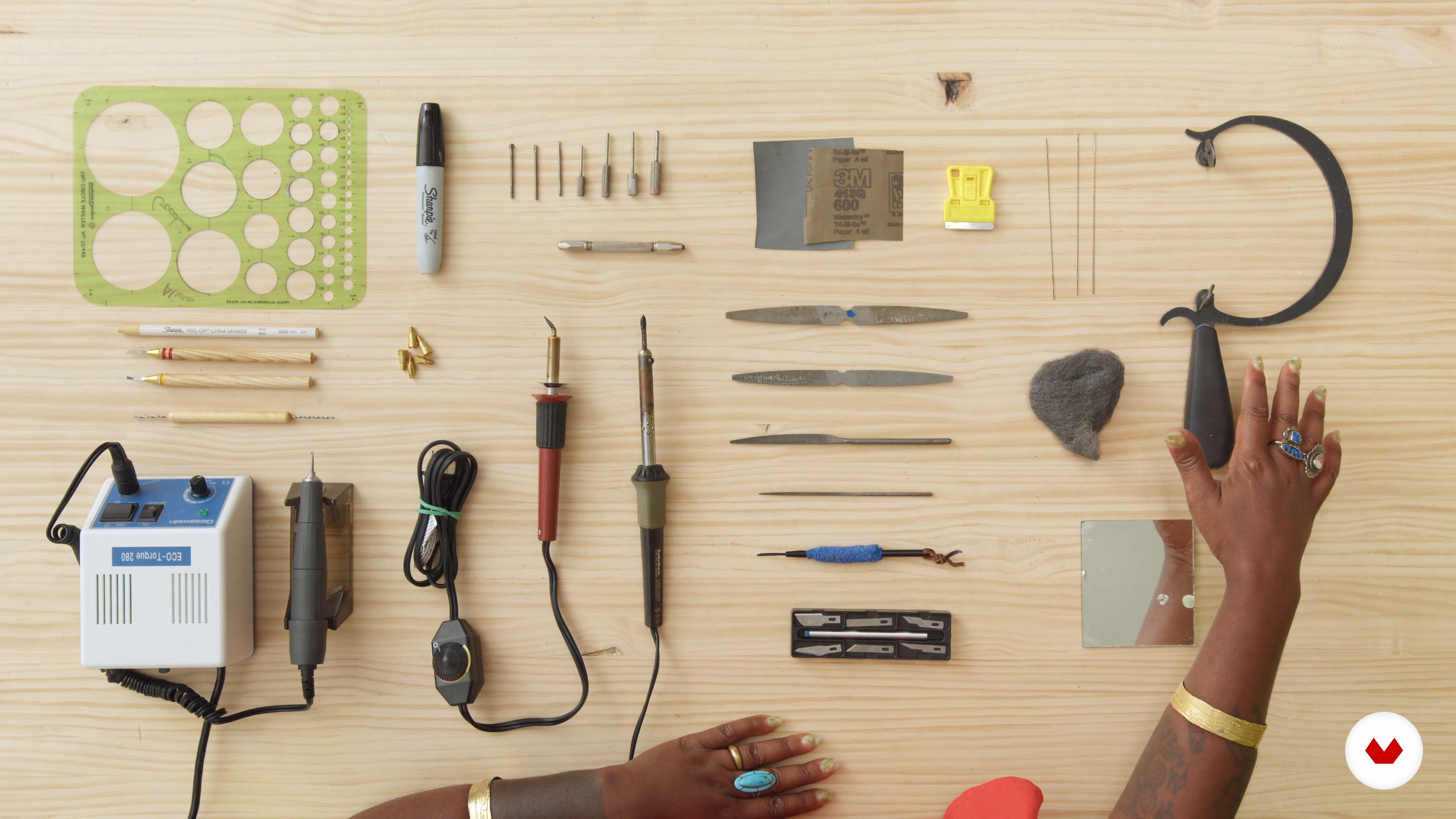
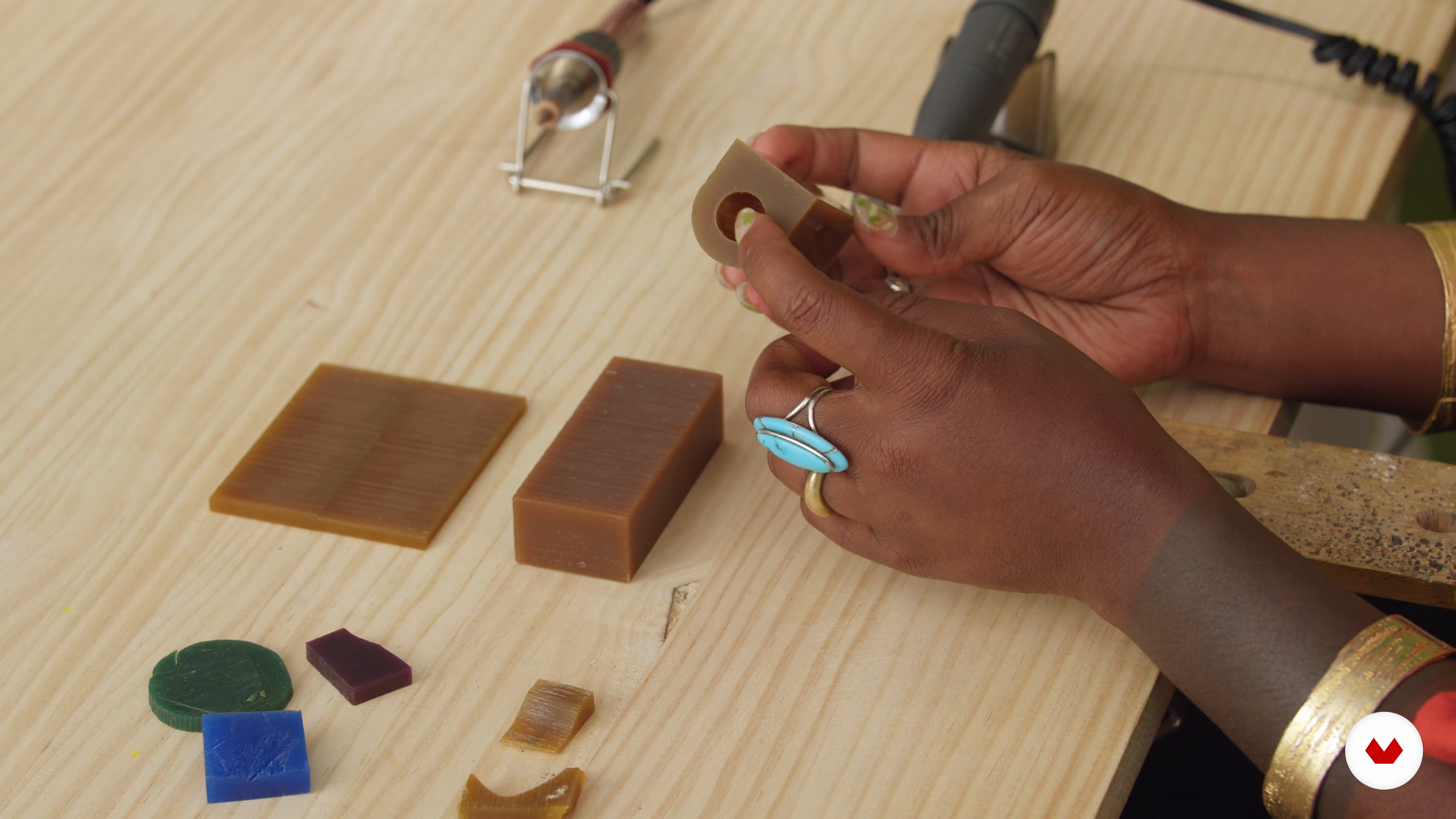

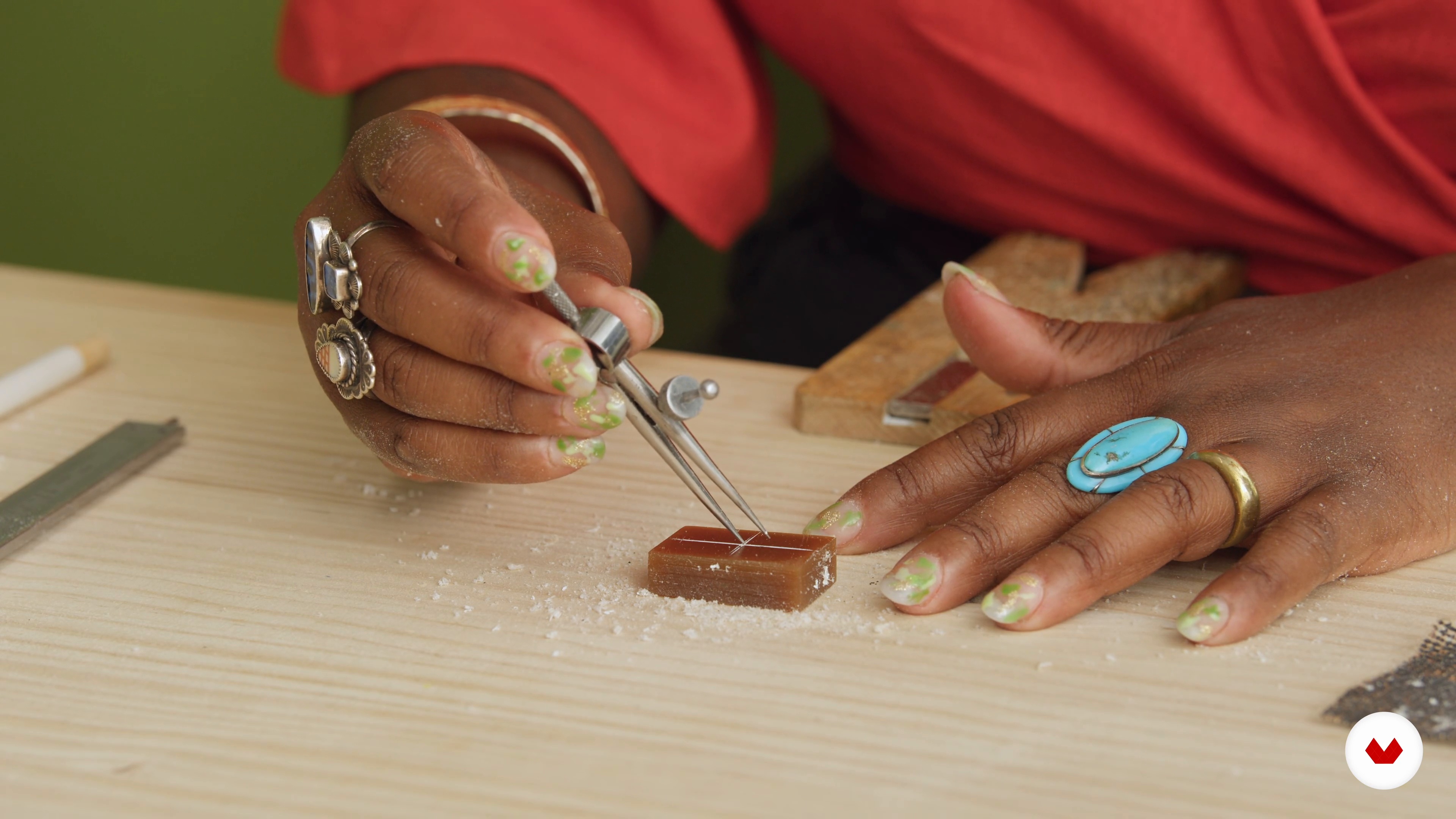
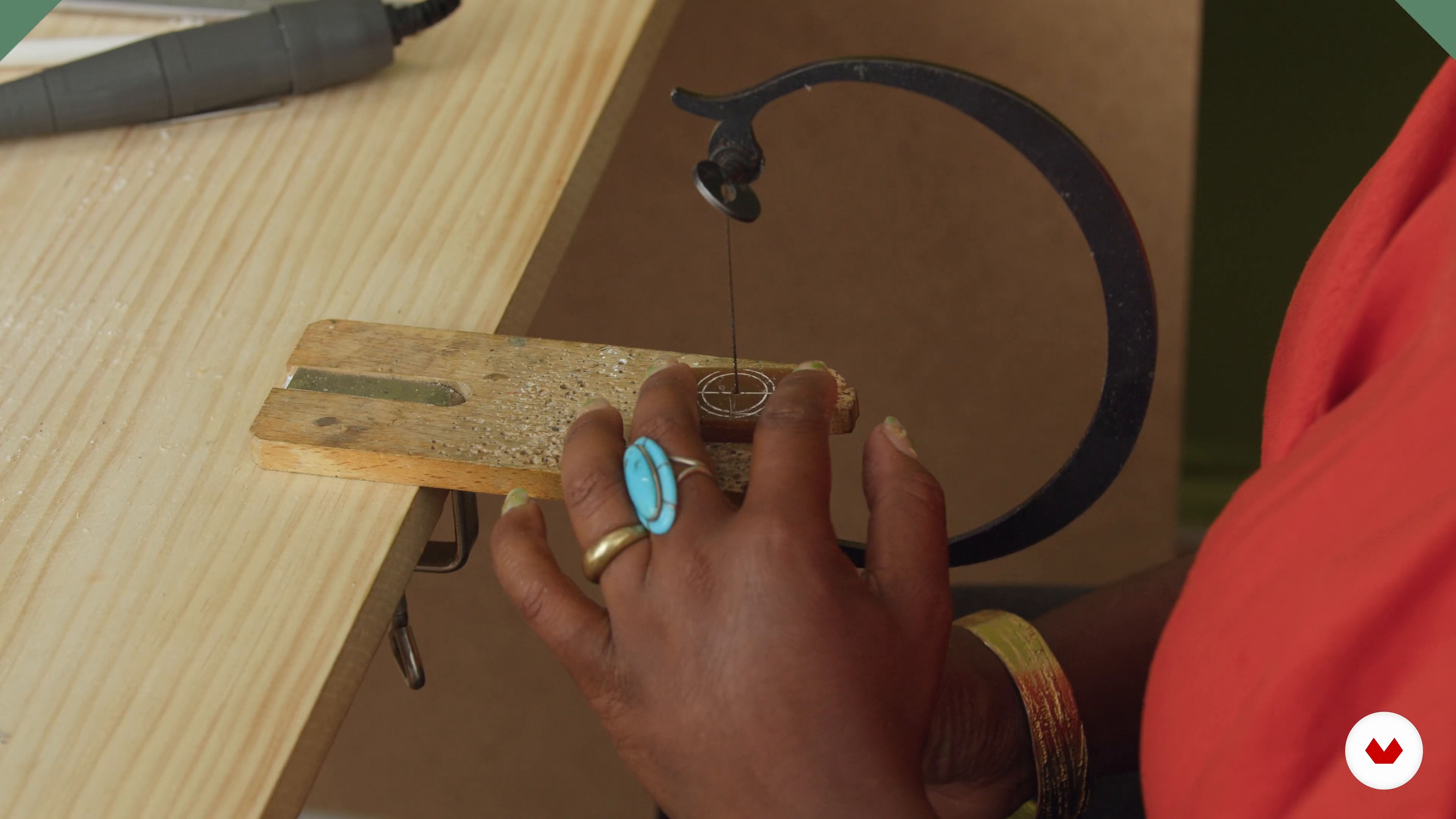
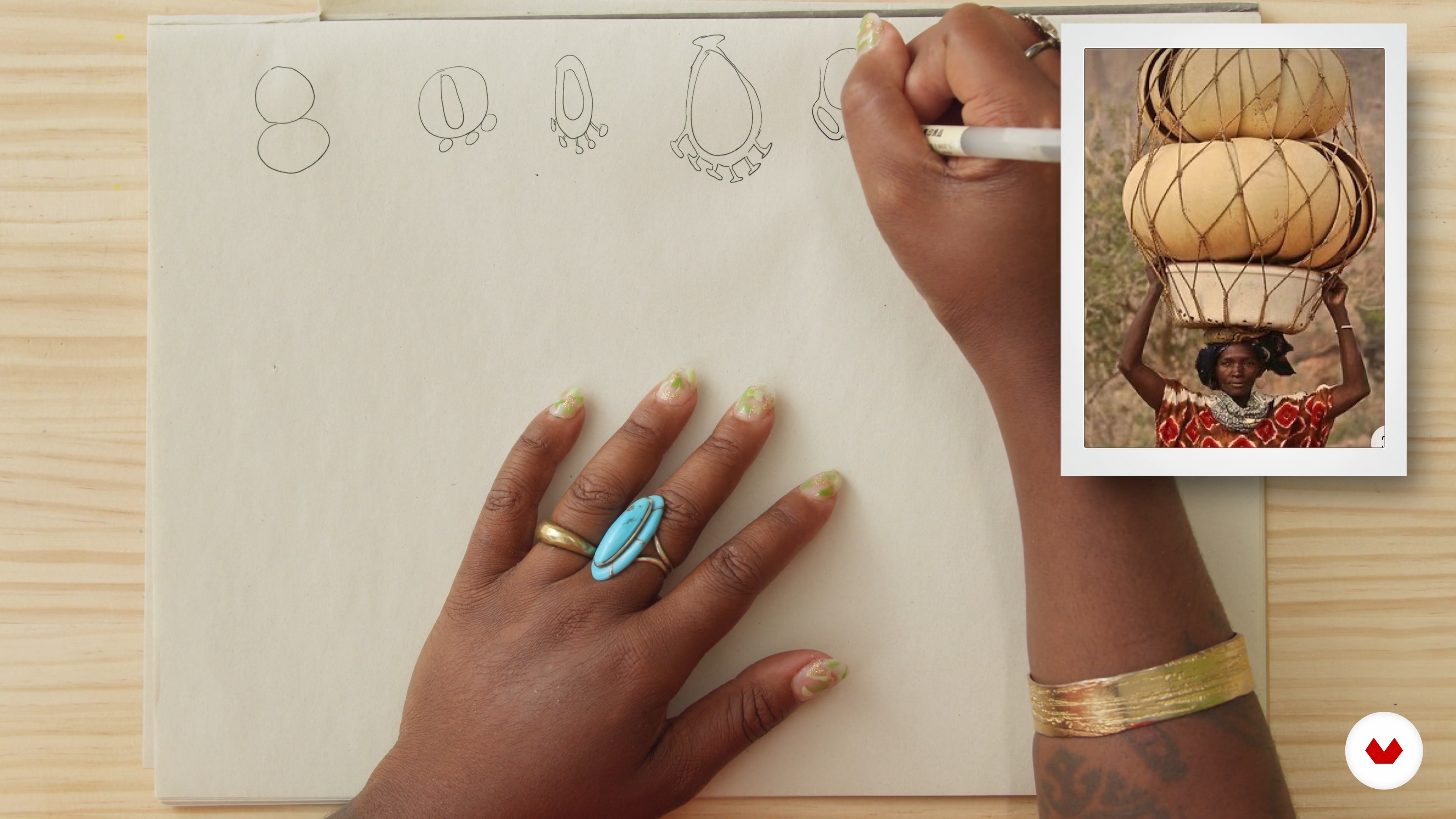
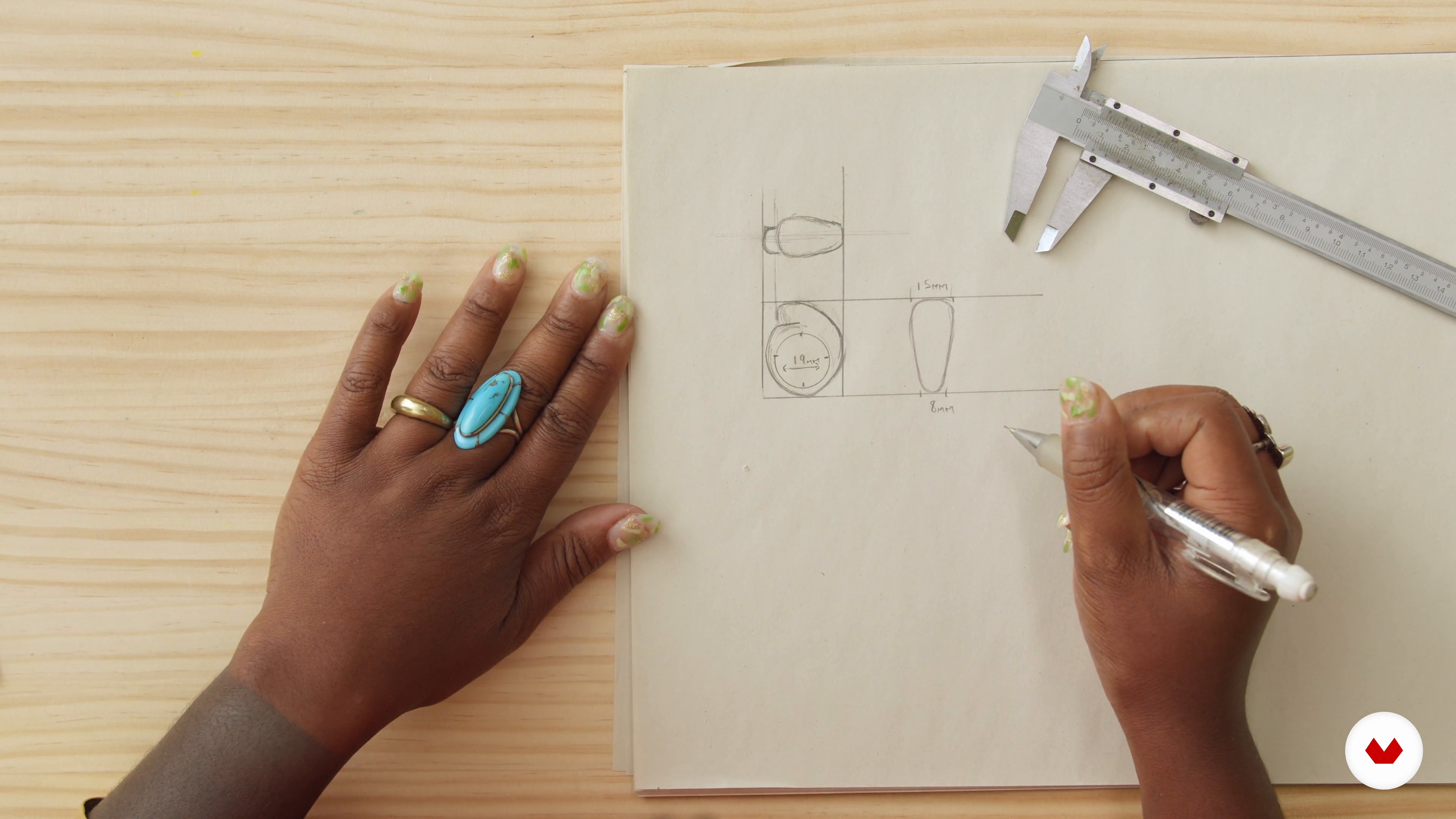
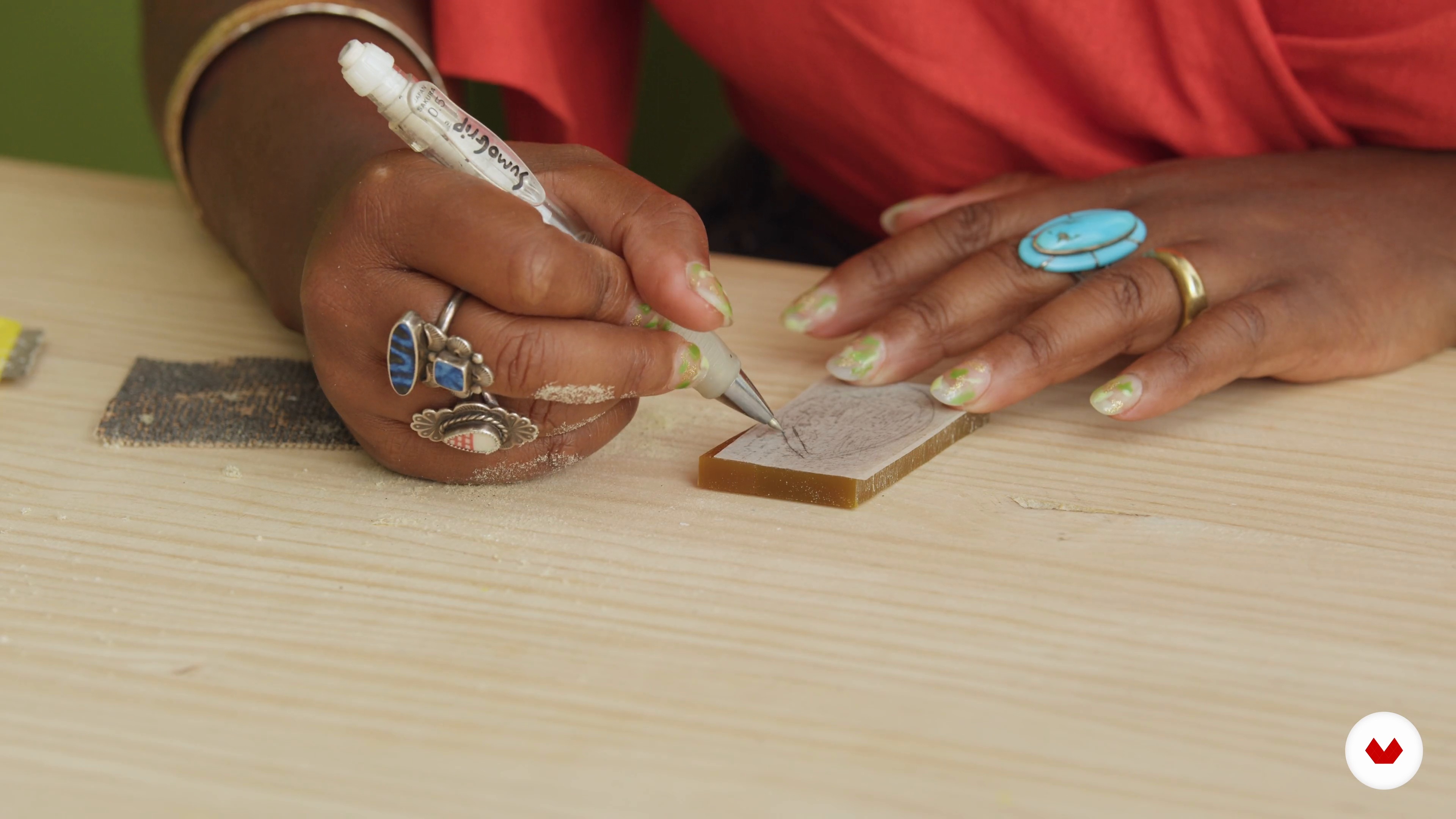
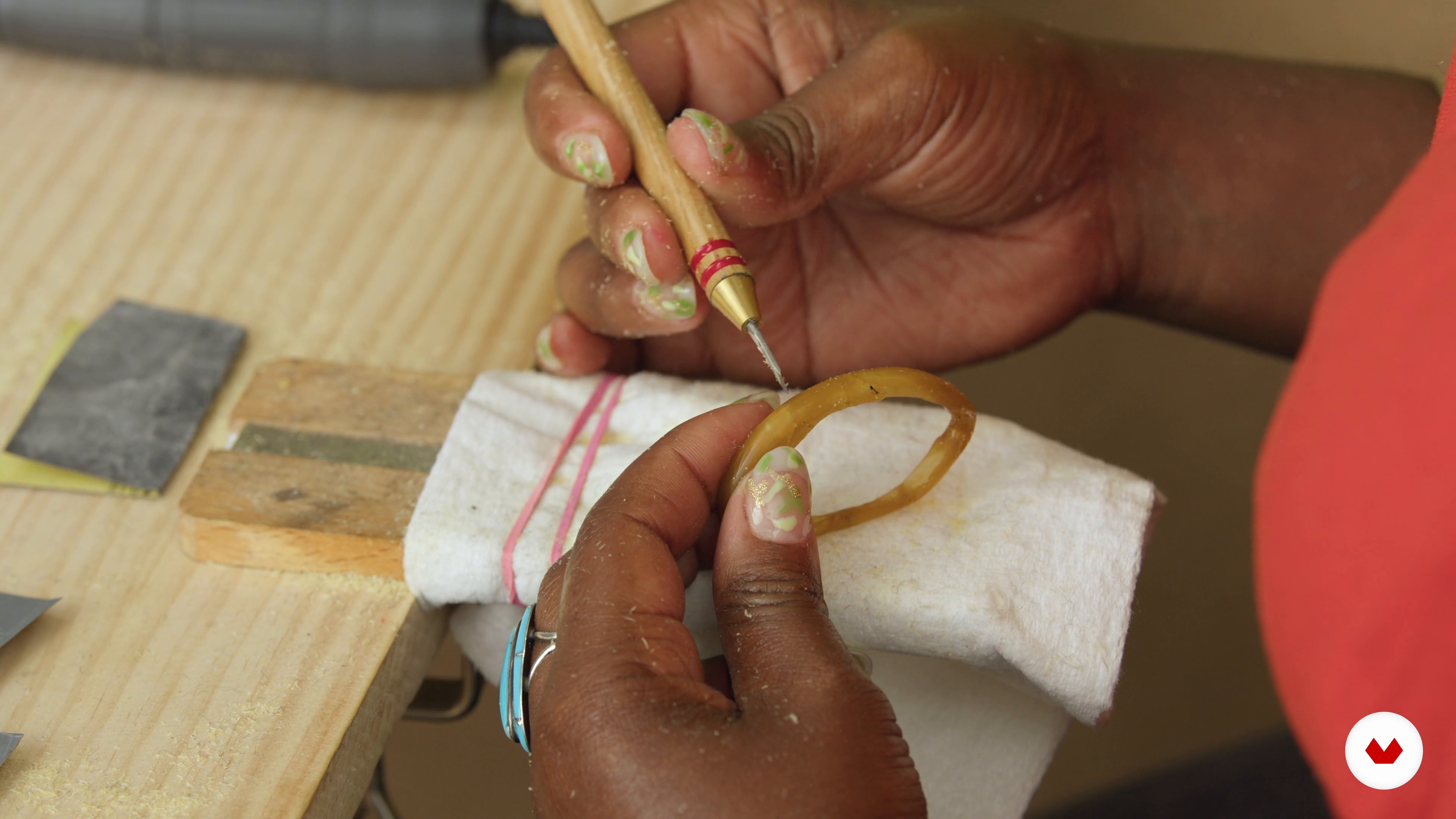


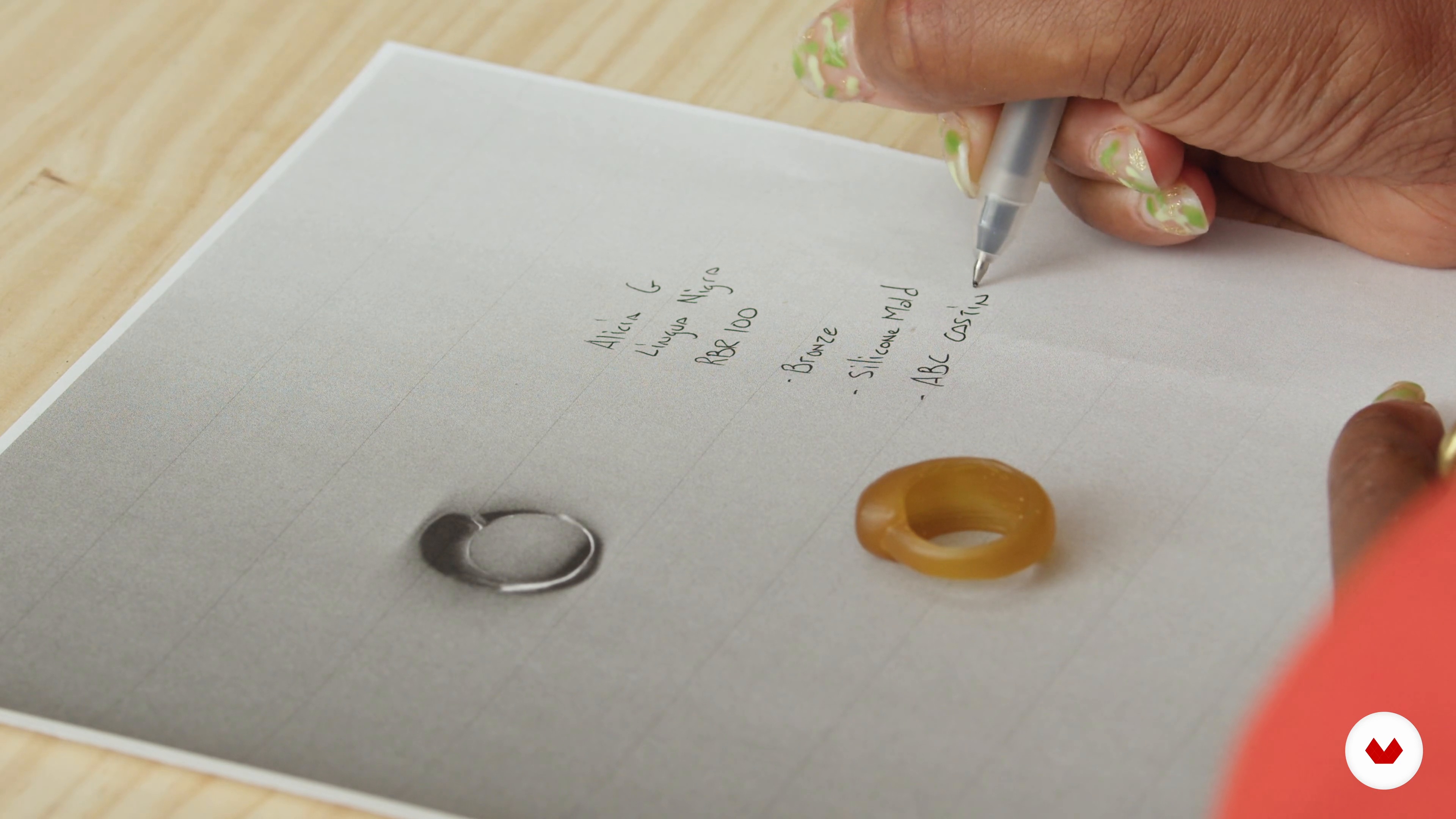
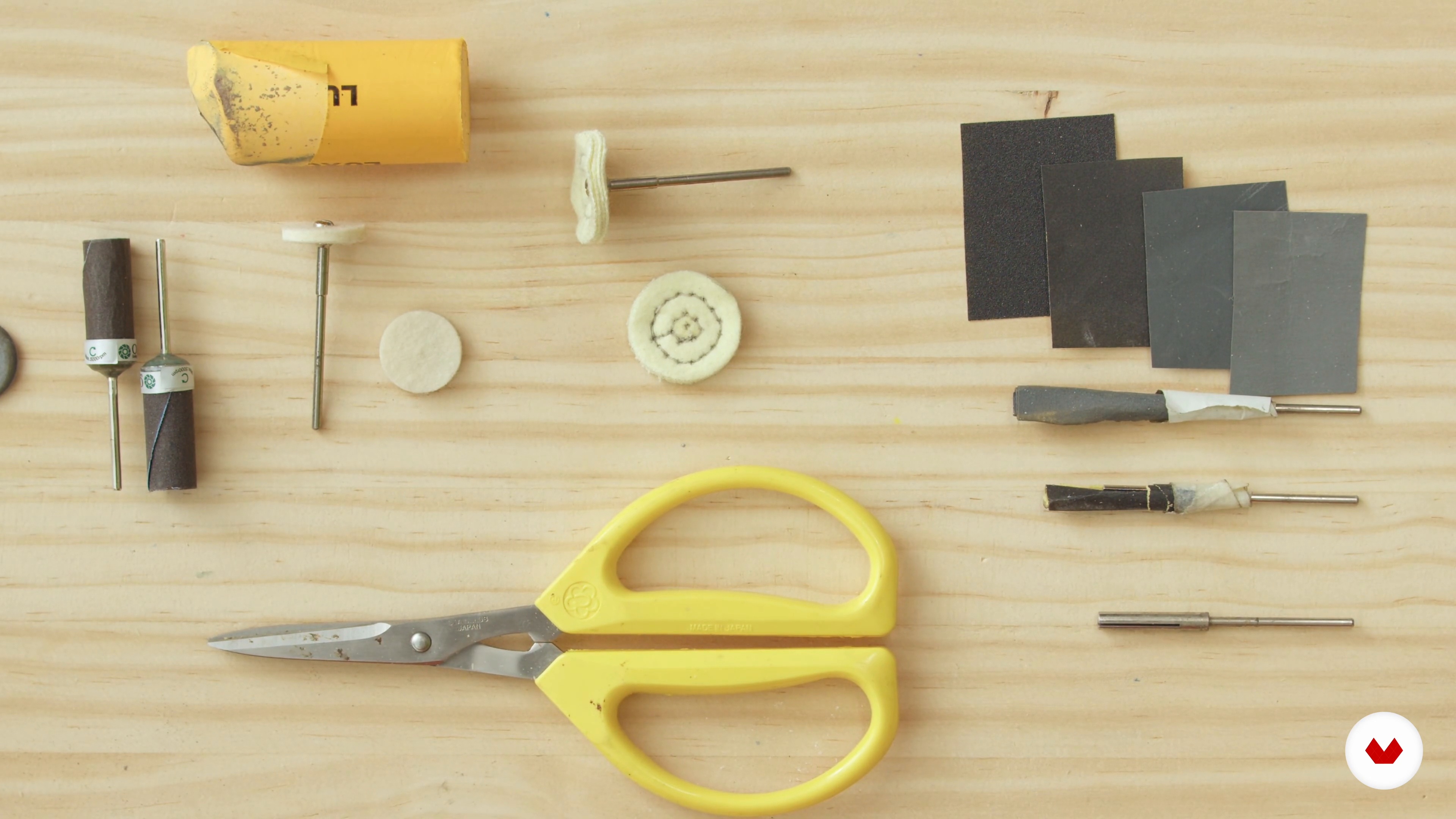

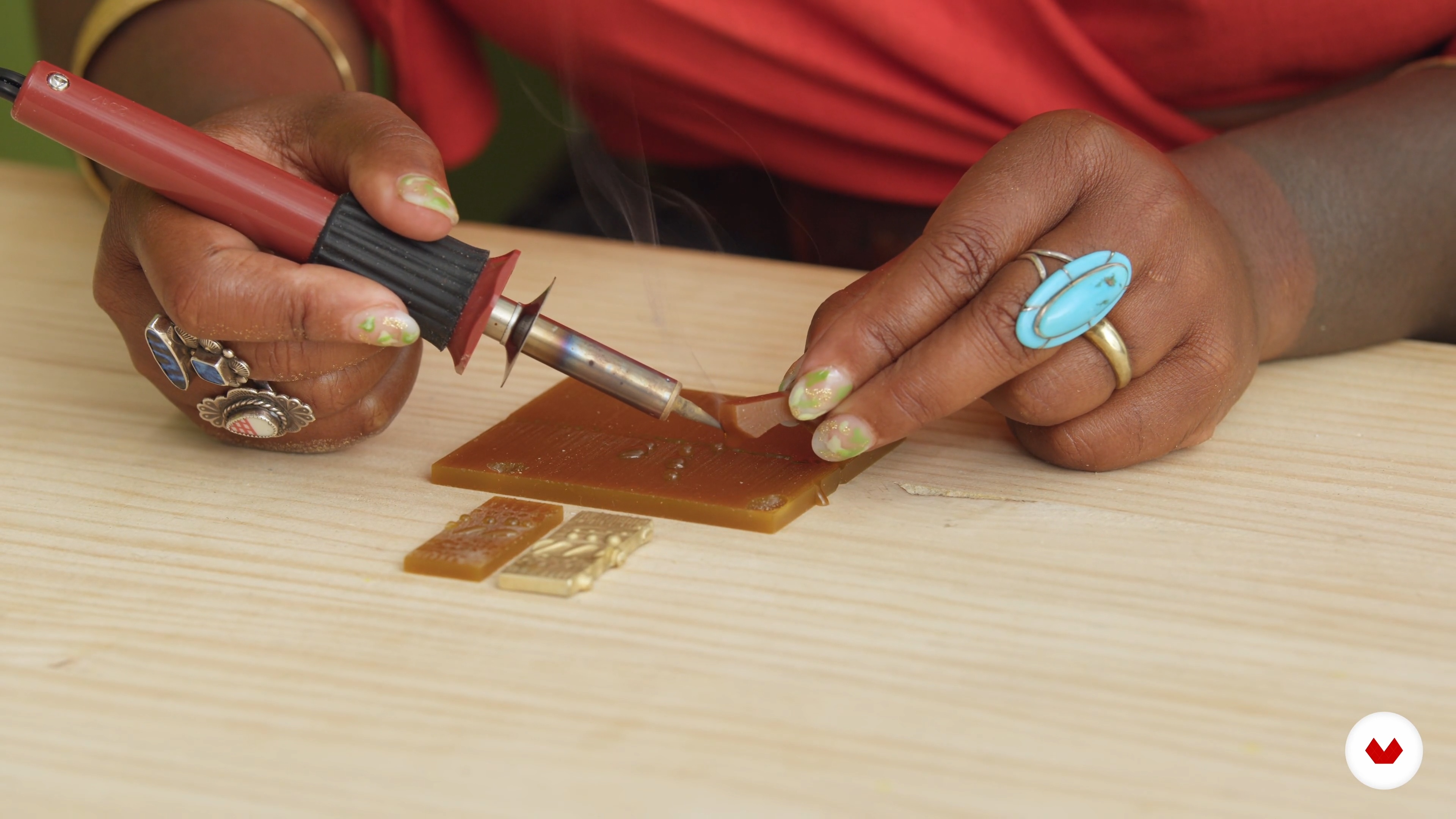




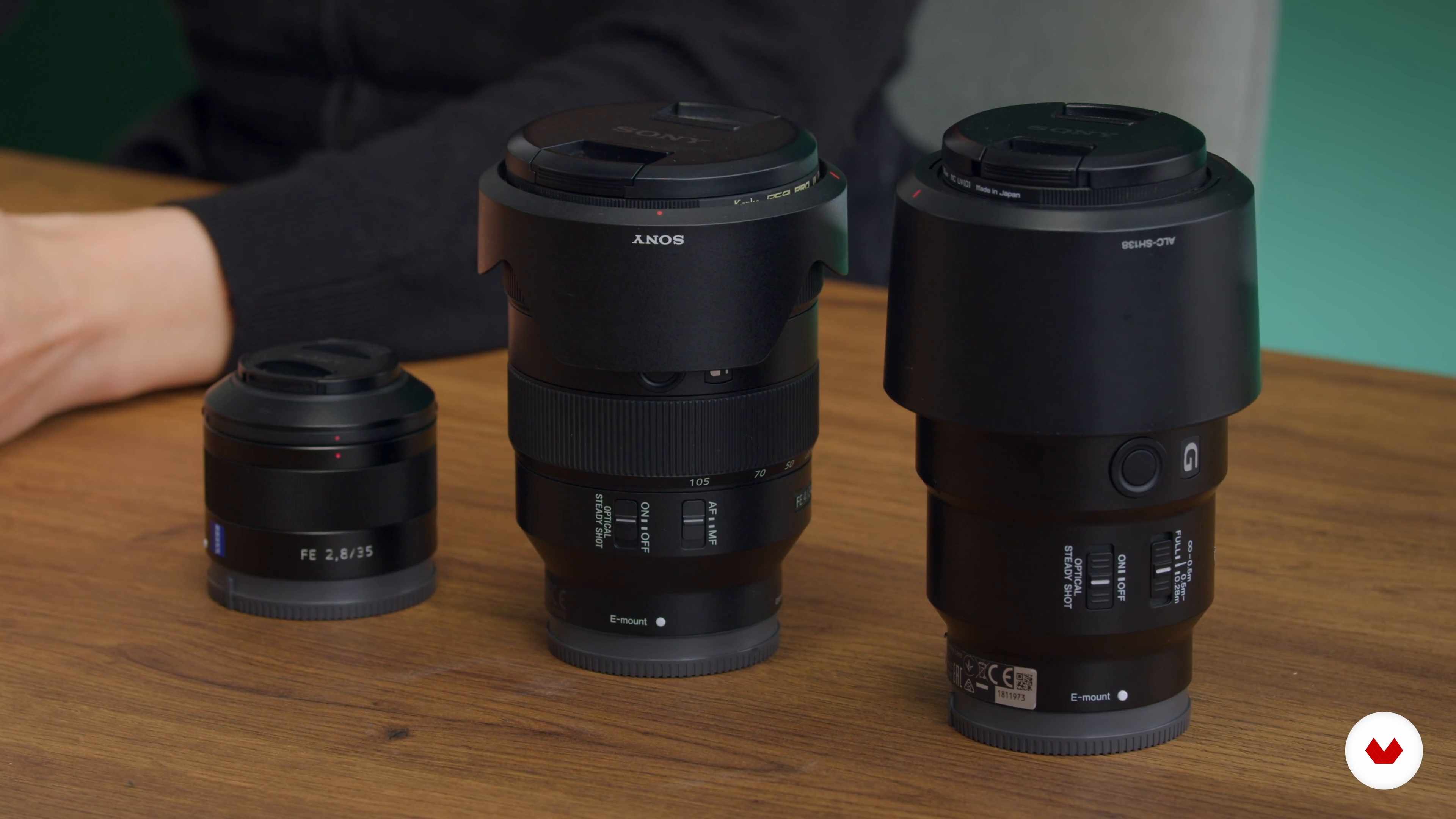
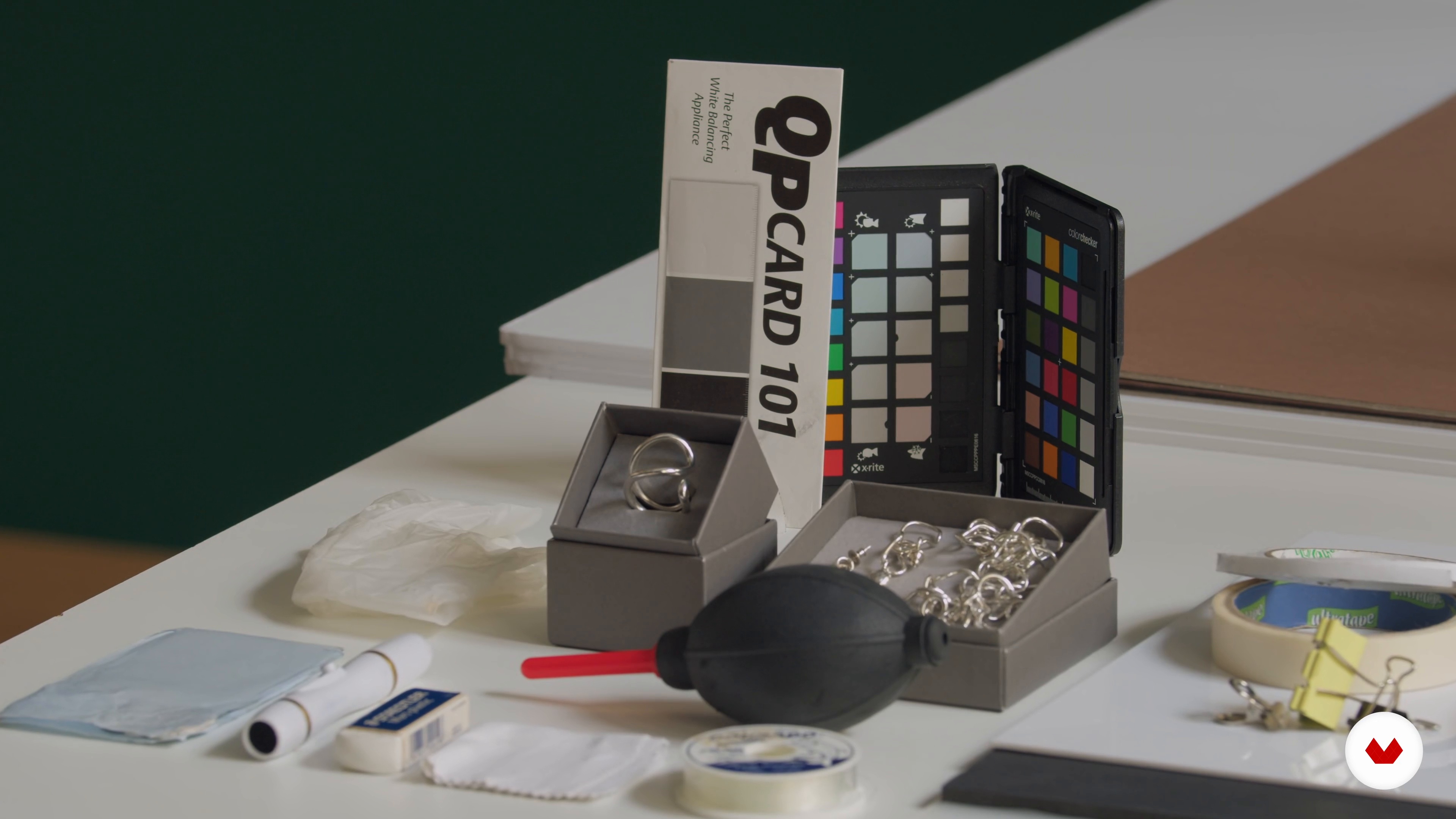
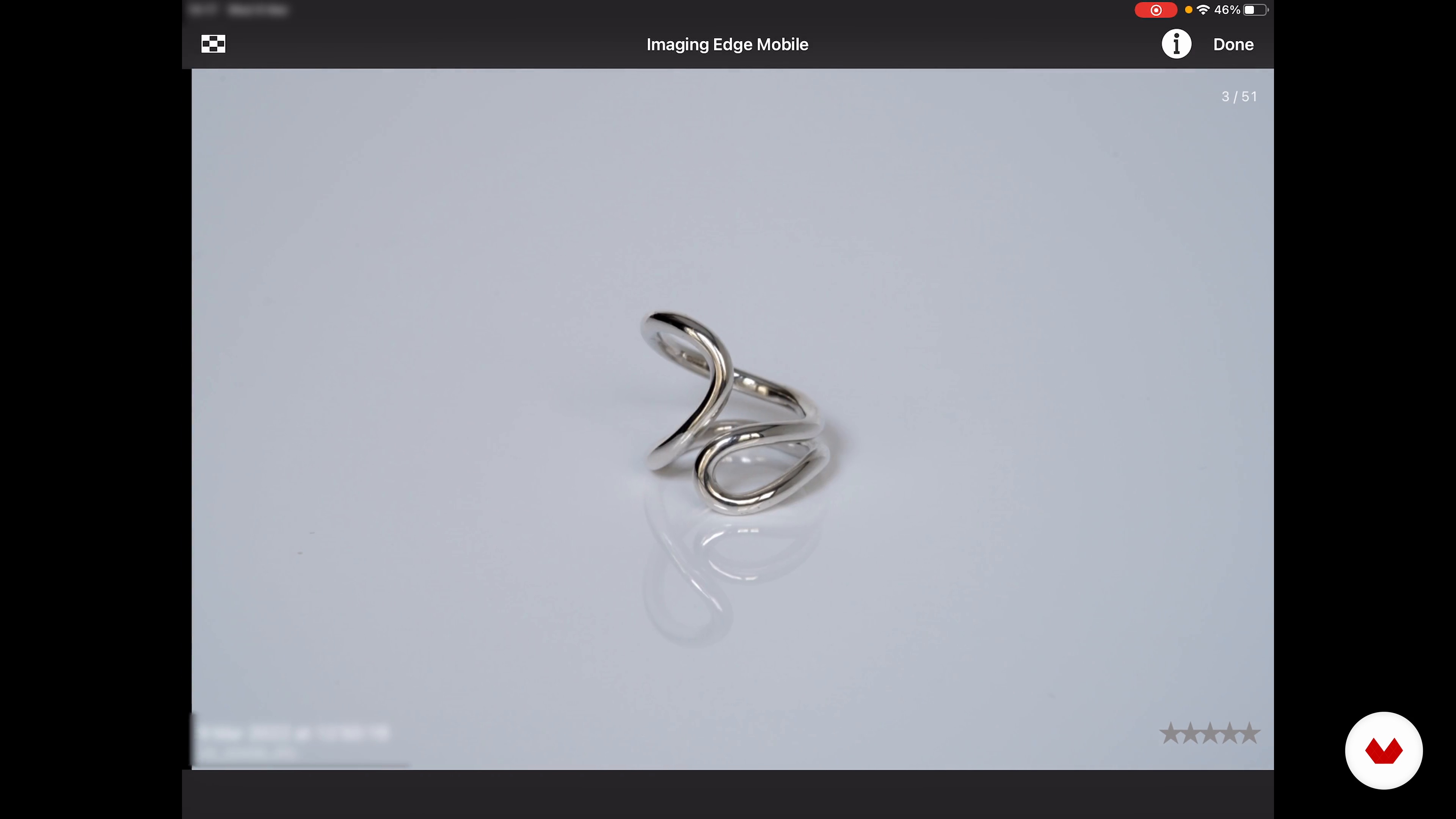
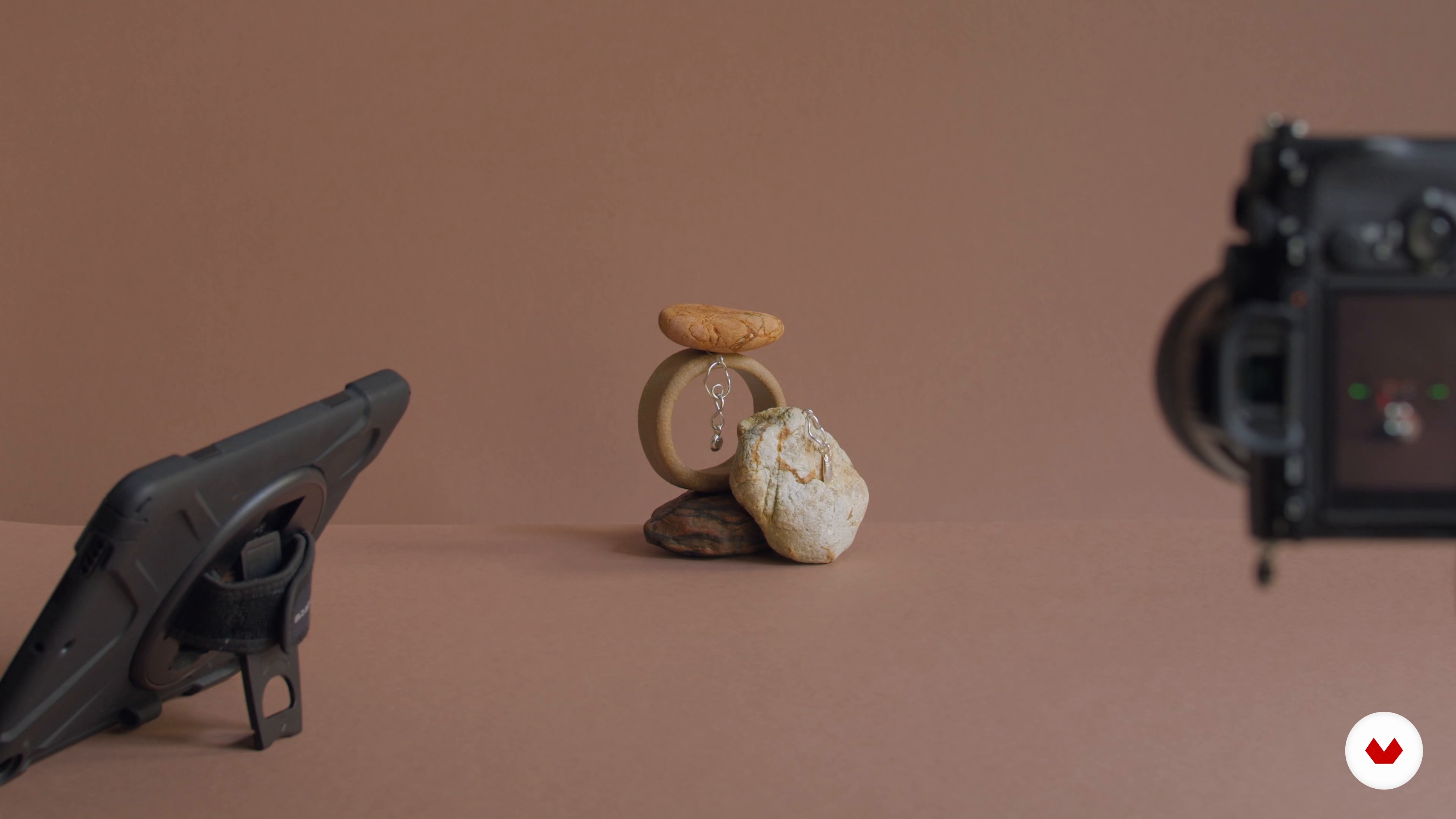
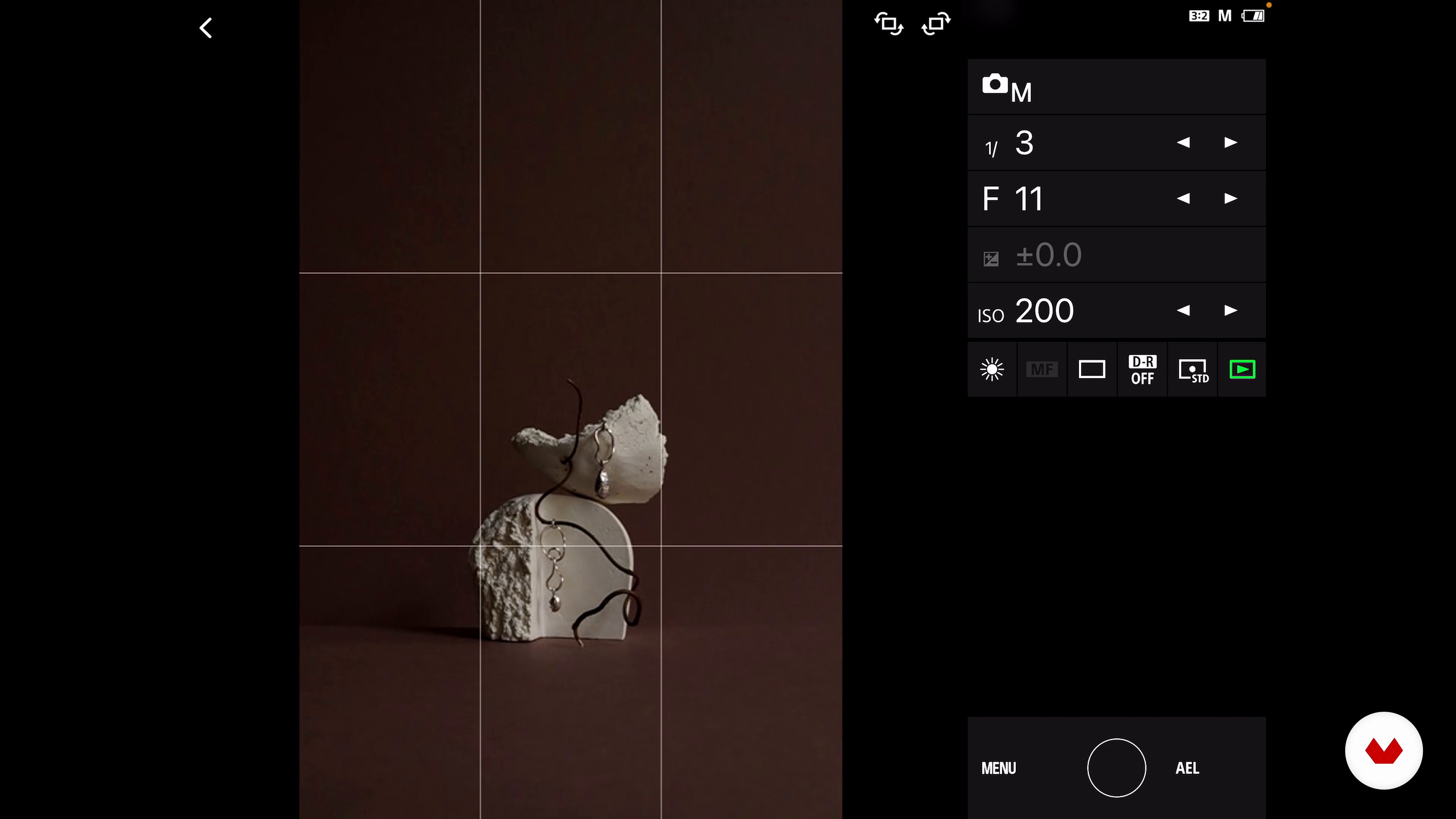
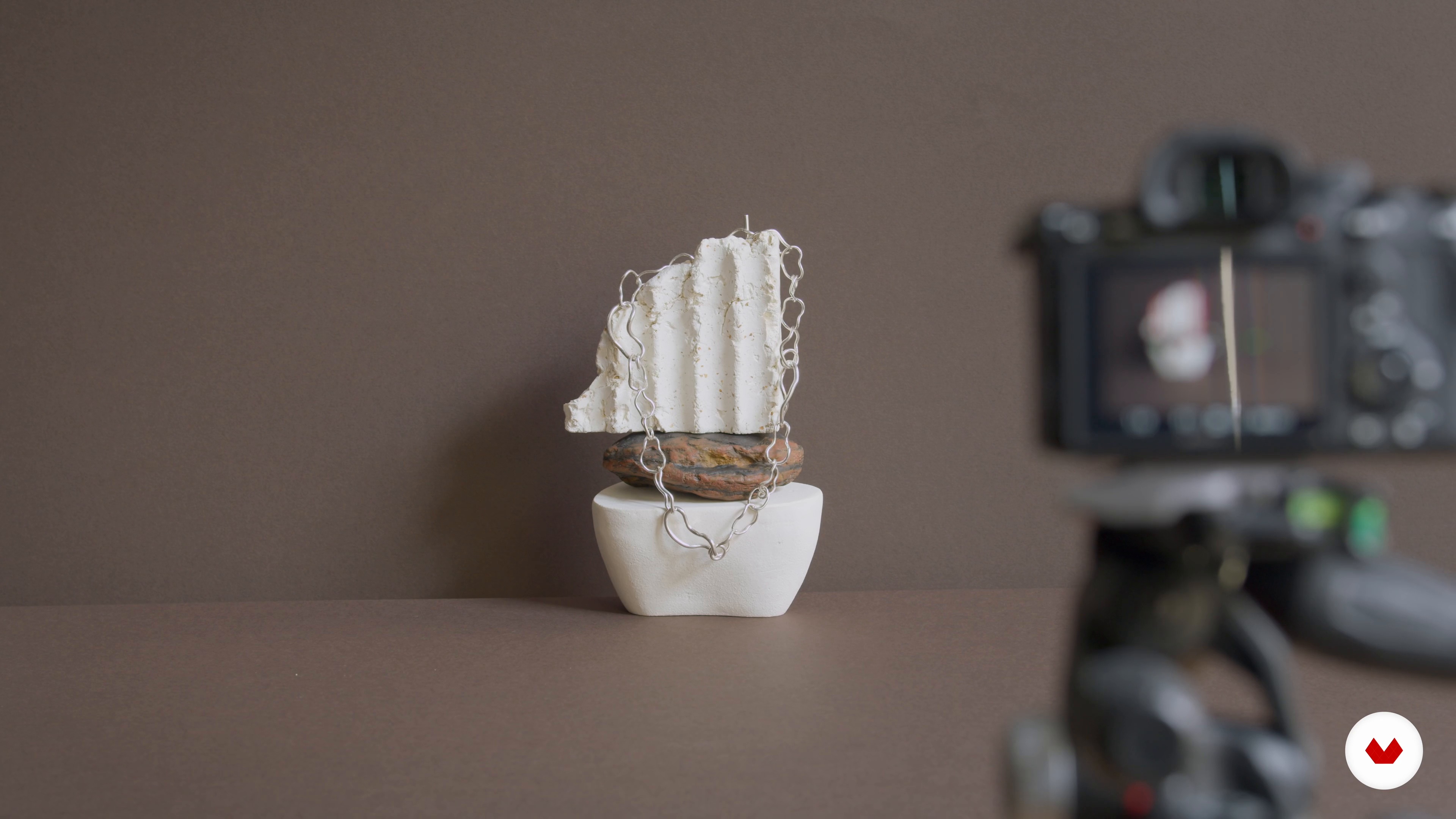
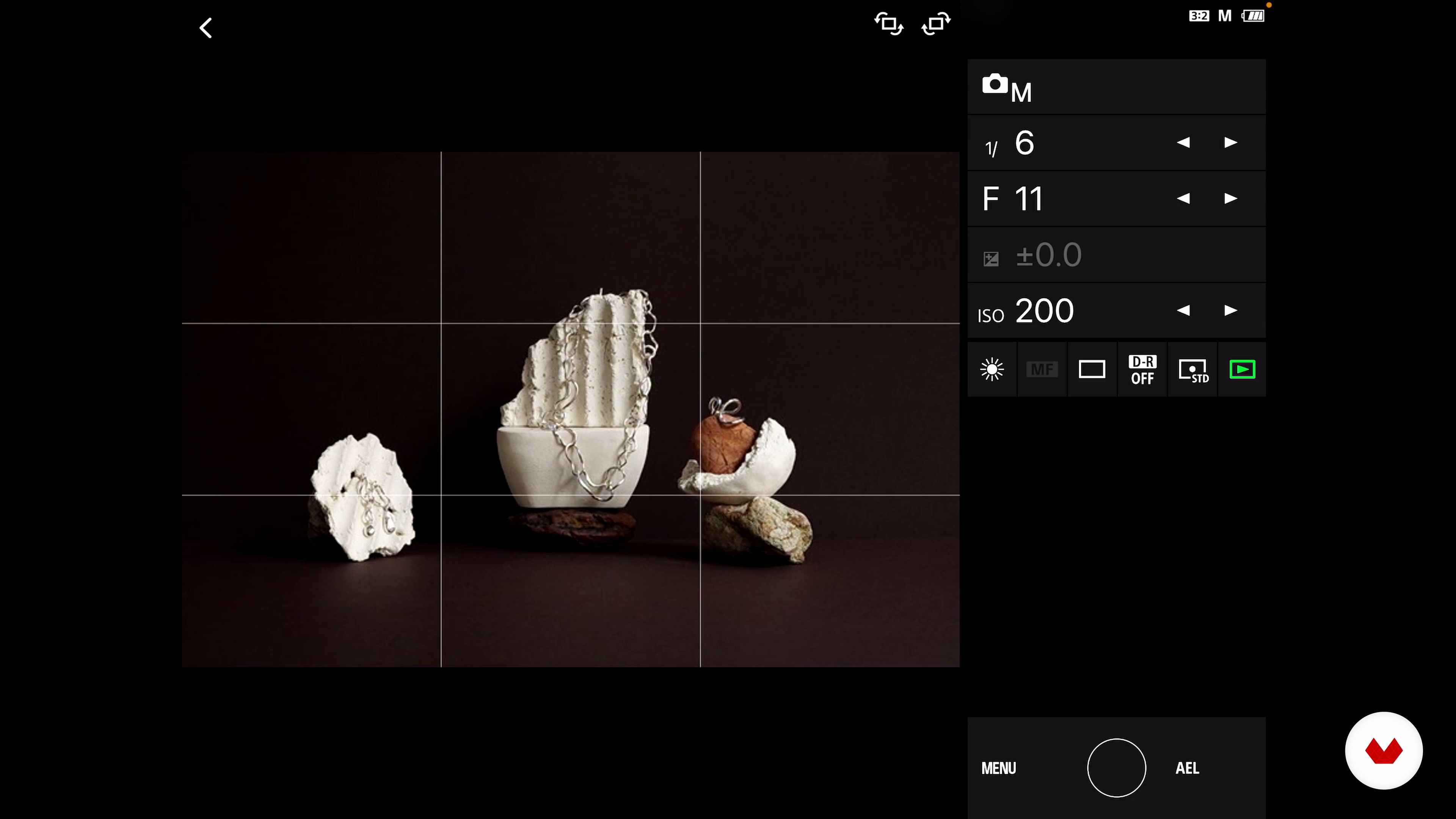

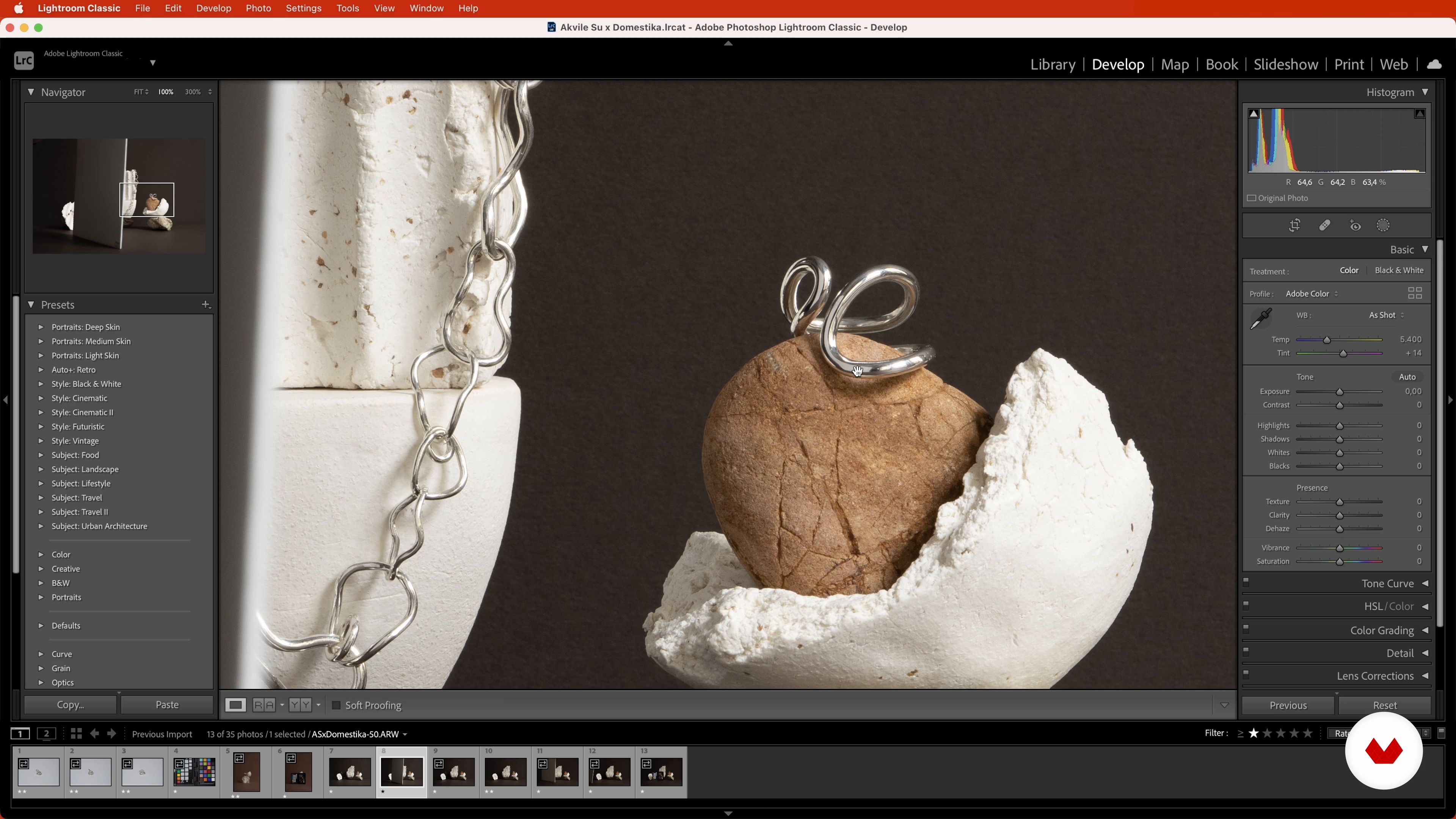
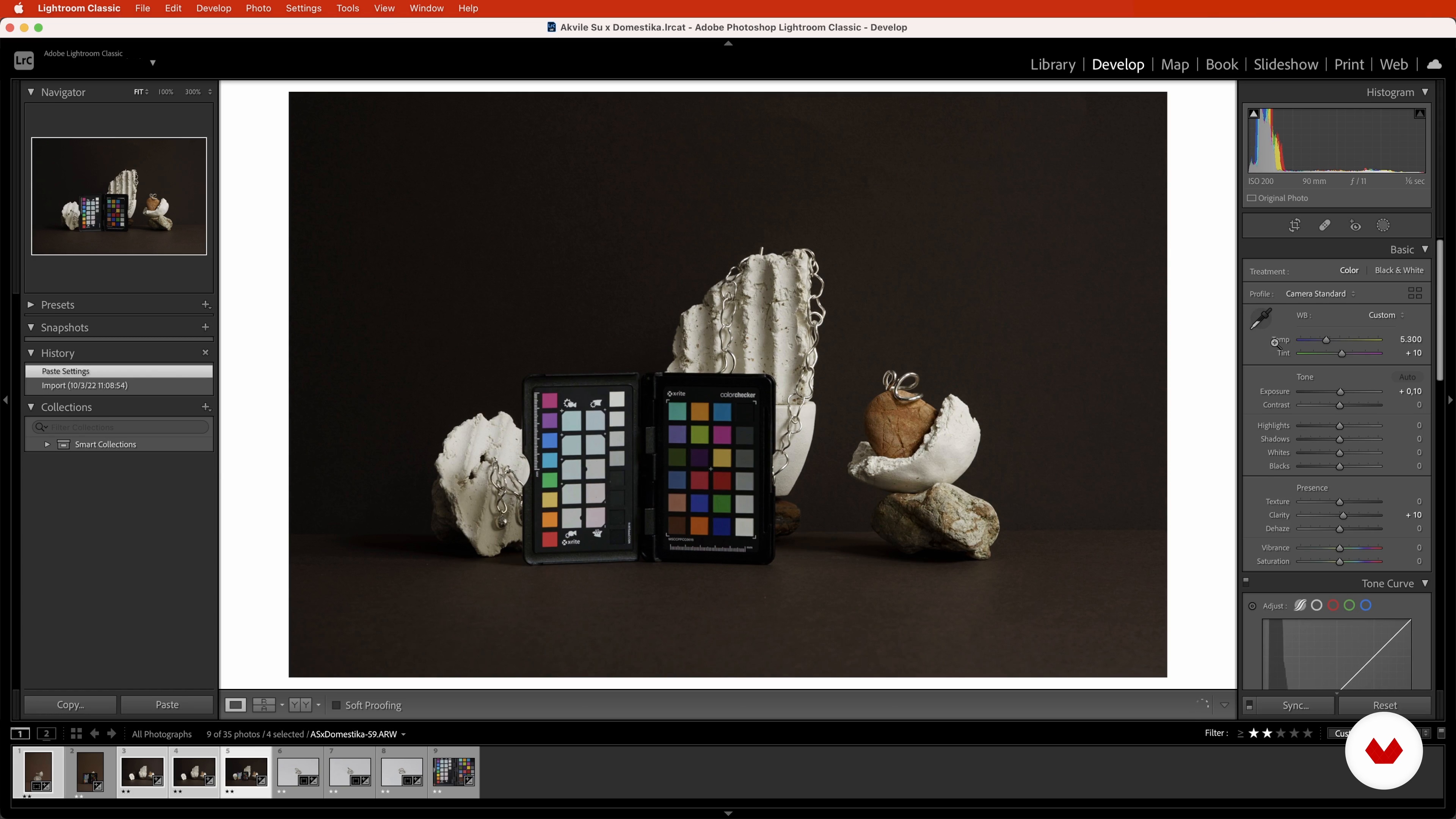

- 100% positive reviews (1)
- 265 students
- 93 lessons (16h 27m)
- 103 additional resources (37 files)
- Online and at your own pace
- Audio: English, Spanish
- Spanish · English · Portuguese · German · French · Italian · Polish · Dutch · Turkish
- Level: Beginner
- Unlimited access forever
What is this course's project?
Create a brass pin from concept to polished piece, mastering jewelry-making techniques. Craft delicate, water-resistant origami jewelry, featuring earrings, necklace, and box. Design embroidered jewelry like pendants or brooches. Produce fresh floral accessories. Carve wax models for metal casting. Capture stunning jewelry photos with styling, lighting, and editing skills.
Who is this specialization for?
Jewelry enthusiasts eager to explore diverse crafting techniques, from brass and paper to wax and floral designs, will find this course enriching. Those looking to enhance their product photography skills for capturing jewelry will also benefit.
Requirements and materials
No extensive prior knowledge is needed. Basic necessities include sketching tools, brass sheets, origami paper, embroidery materials, fresh flowers, jeweler's wax, and a camera for photographing small objects. Enthusiasm for hands-on creativity will enhance your experience.







Reviews
What to expect from this specialization course
-
Learn at your own pace
Enjoy learning from home without a set schedule and with an easy-to-follow method. You set your own pace.
-
Learn from the best professionals
Learn valuable methods and techniques explained by top experts in the creative sector.
-
Meet expert teachers
Each expert teaches what they do best, with clear guidelines, true passion, and professional insight in every lesson.
-
Certificates
PlusIf you're a Plus member, get a custom certificate for every specialization course. Share it on your portfolio, social media, or wherever you like.
-
Get front-row seats
Videos of the highest quality, so you don't miss a single detail. With unlimited access, you can watch them as many times as you need to perfect your technique.
-
Share knowledge and ideas
Ask questions, request feedback, or offer solutions. Share your learning experience with other students in the community who are as passionate about creativity as you are.
-
Connect with a global creative community
The community is home to millions of people from around the world who are curious and passionate about exploring and expressing their creativity.
-
Watch professionally produced courses
Domestika curates its teacher roster and produces every course in-house to ensure a high-quality online learning experience.
FAQs
What are Domestika's online courses?
Domestika courses are online classes that allow you to learn new skills and create incredible projects. All our courses include the opportunity to share your work with other students and/or teachers, creating an active learning community. We offer different formats:
Original Courses: Complete classes that combine videos, texts, and educational materials to complete a specific project from start to finish.
Basics Courses: Specialized training where you master specific software tools step by step.
Specialization Courses: Learning paths with various expert teachers on the same topic, perfect for becoming a specialist by learning from different approaches.
Guided Courses: Practical experiences ideal for directly acquiring specific skills.
Intensive Courses (Deep Dives): New creative processes based on artificial intelligence tools in an accessible format for in-depth and dynamic understanding.
When do the specialization courses start and when do they finish?
All specialization courses are 100% online, so once they're published, specialization courses start and finish whenever you want. You set the pace of the class. You can go back to review what interests you most and skip what you already know, ask questions, answer questions, share your projects, and more.
What do Domestika's specialization courses include?
The specialization courses are divided into different modules. Each one includes lessons, informational text, tasks, and practice exercises to help you carry out your project step by step, with additional complementary resources and downloads. You'll also have access to an exclusive forum where you can interact with other students, as well as share your work and your final project, creating a community around the specialization courses.
Have you been given a specialization courses?
You can redeem the specialization courses you received by accessing the redeeming page and entering your gift code.


Este curso es oro, súper-inspirador y con unas profesoras de alto nivel. Recomendadísimo!